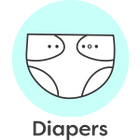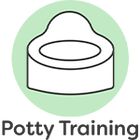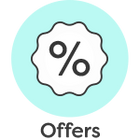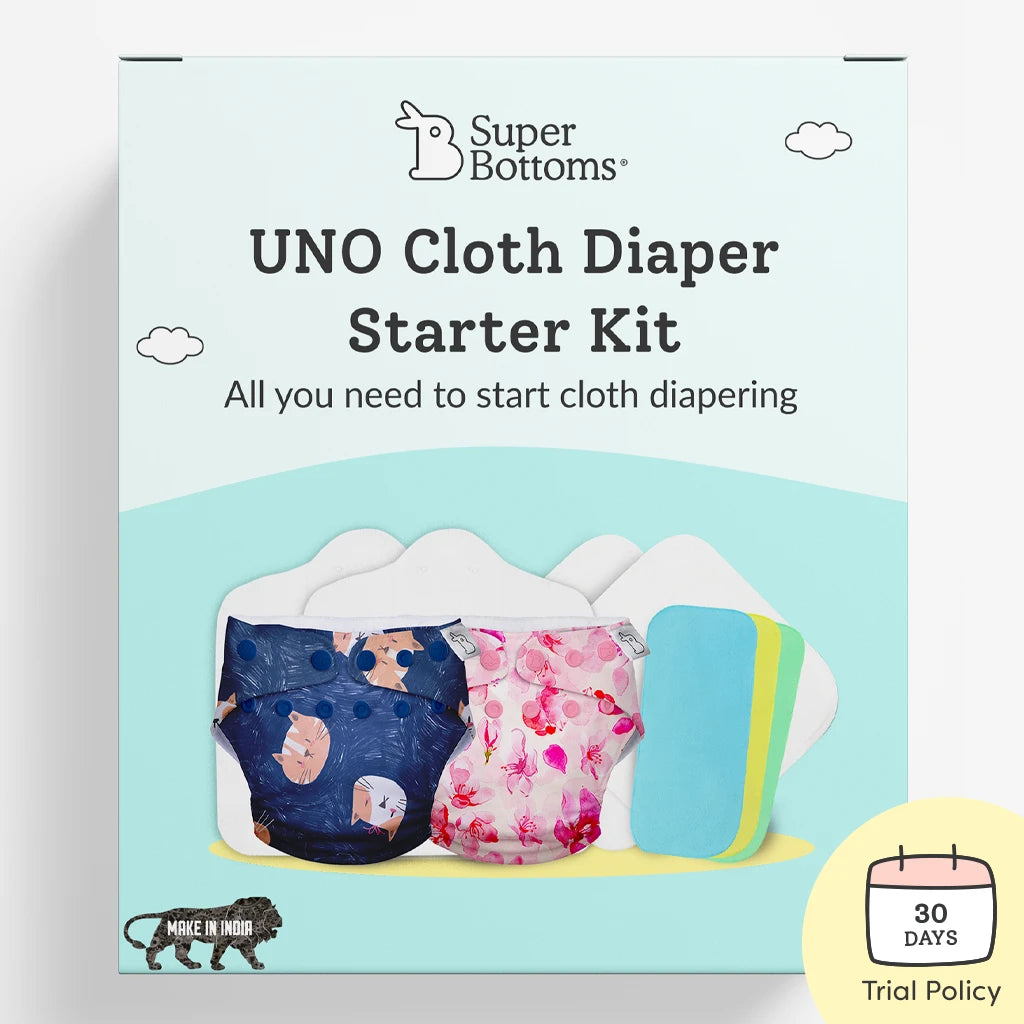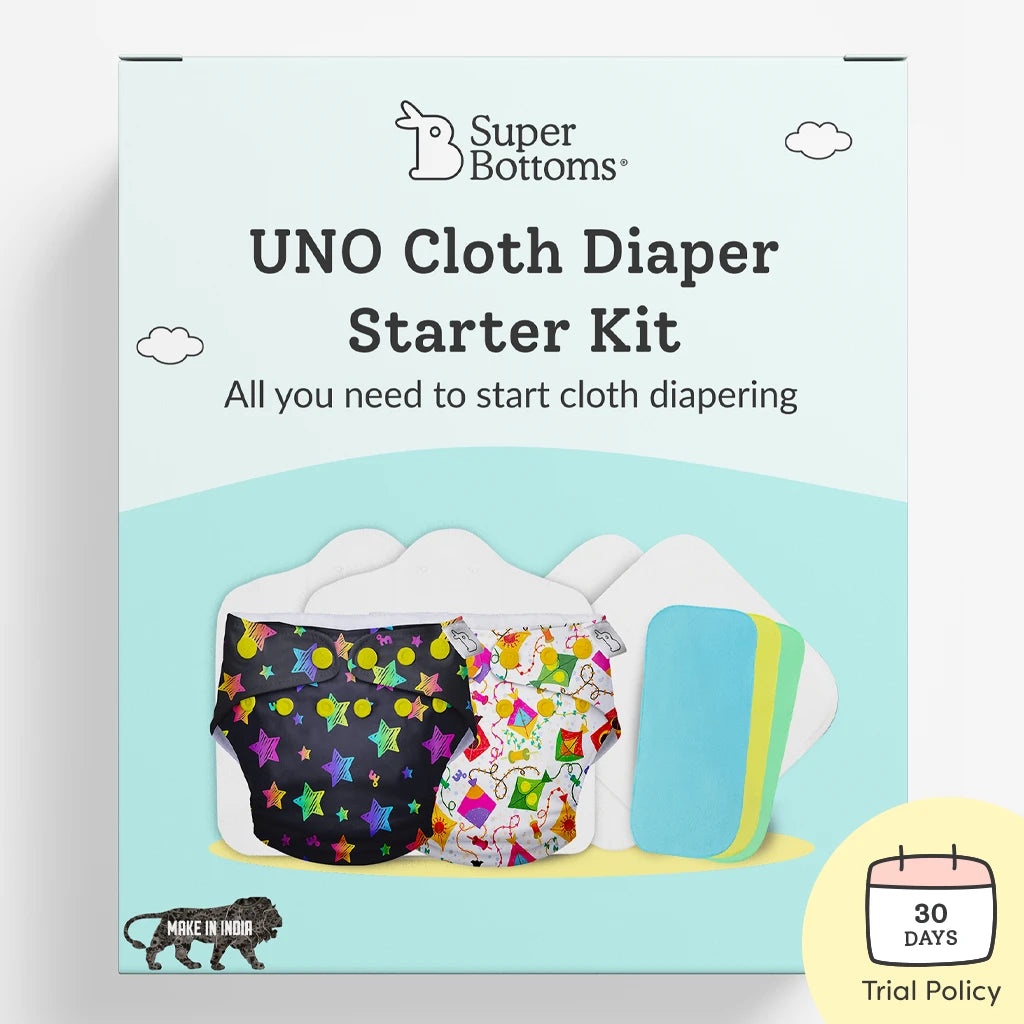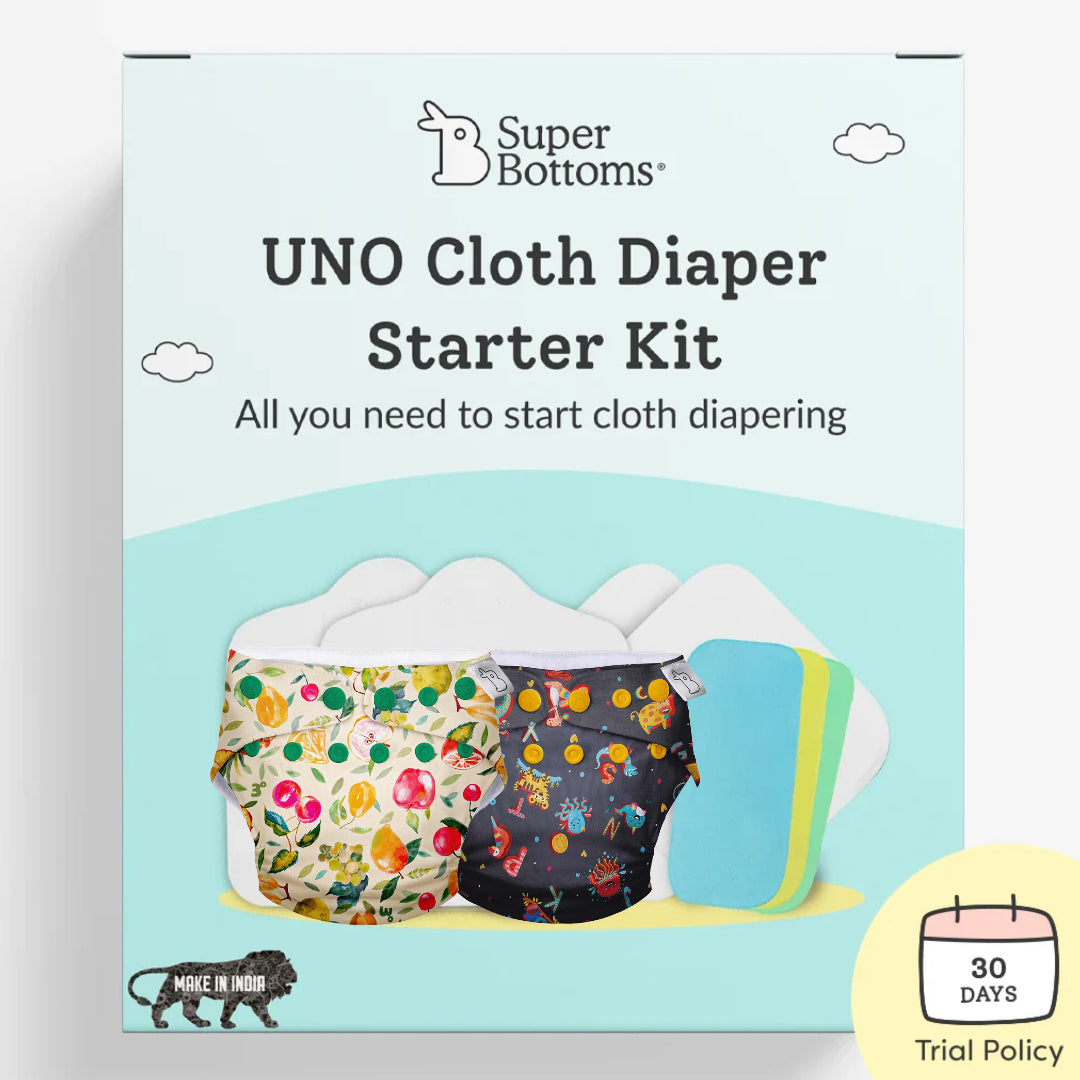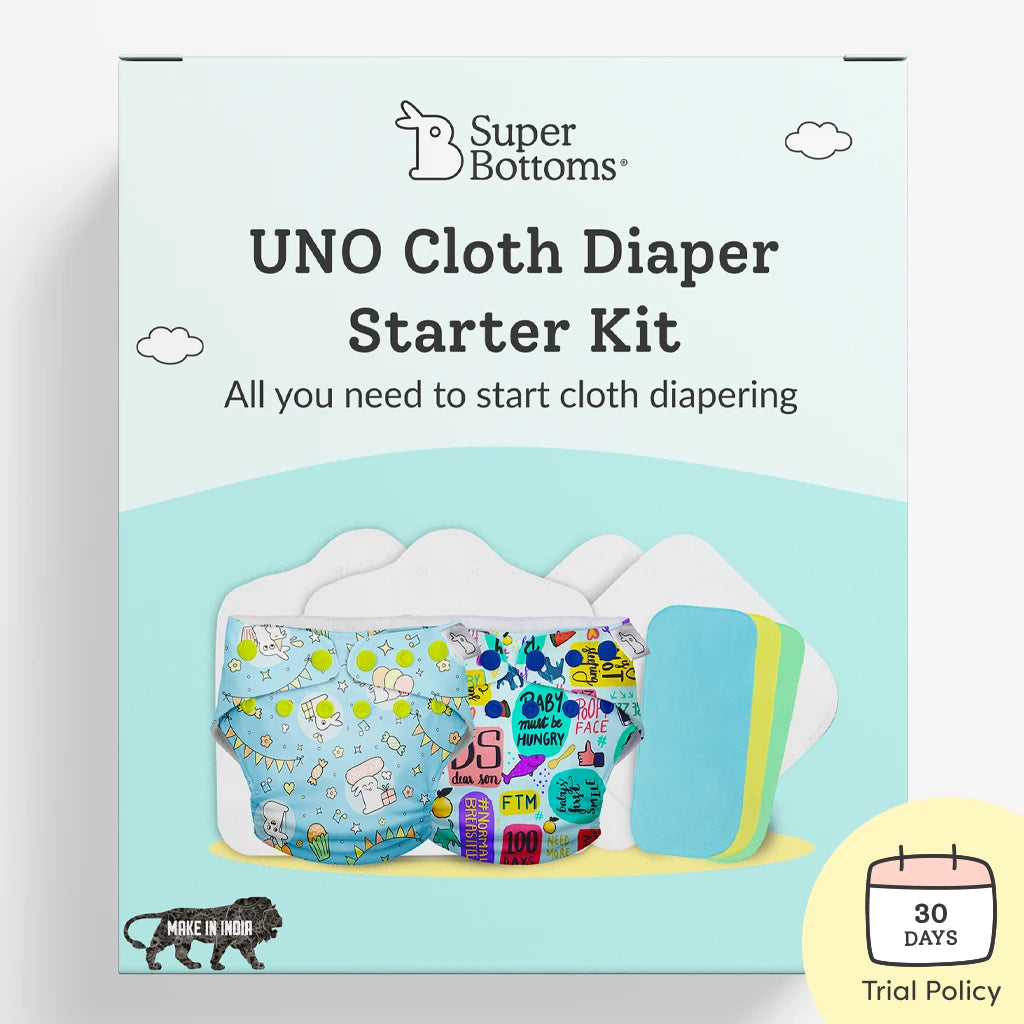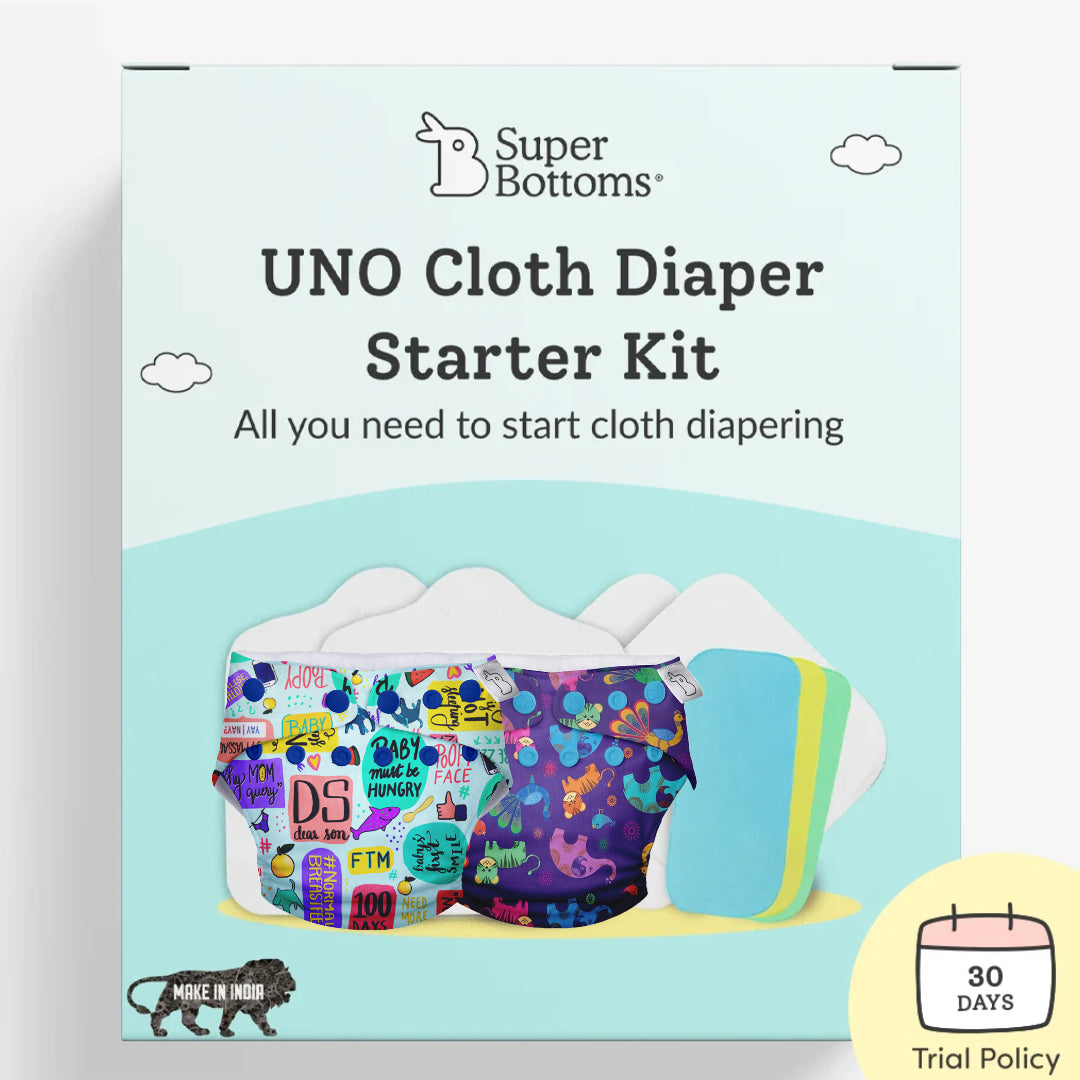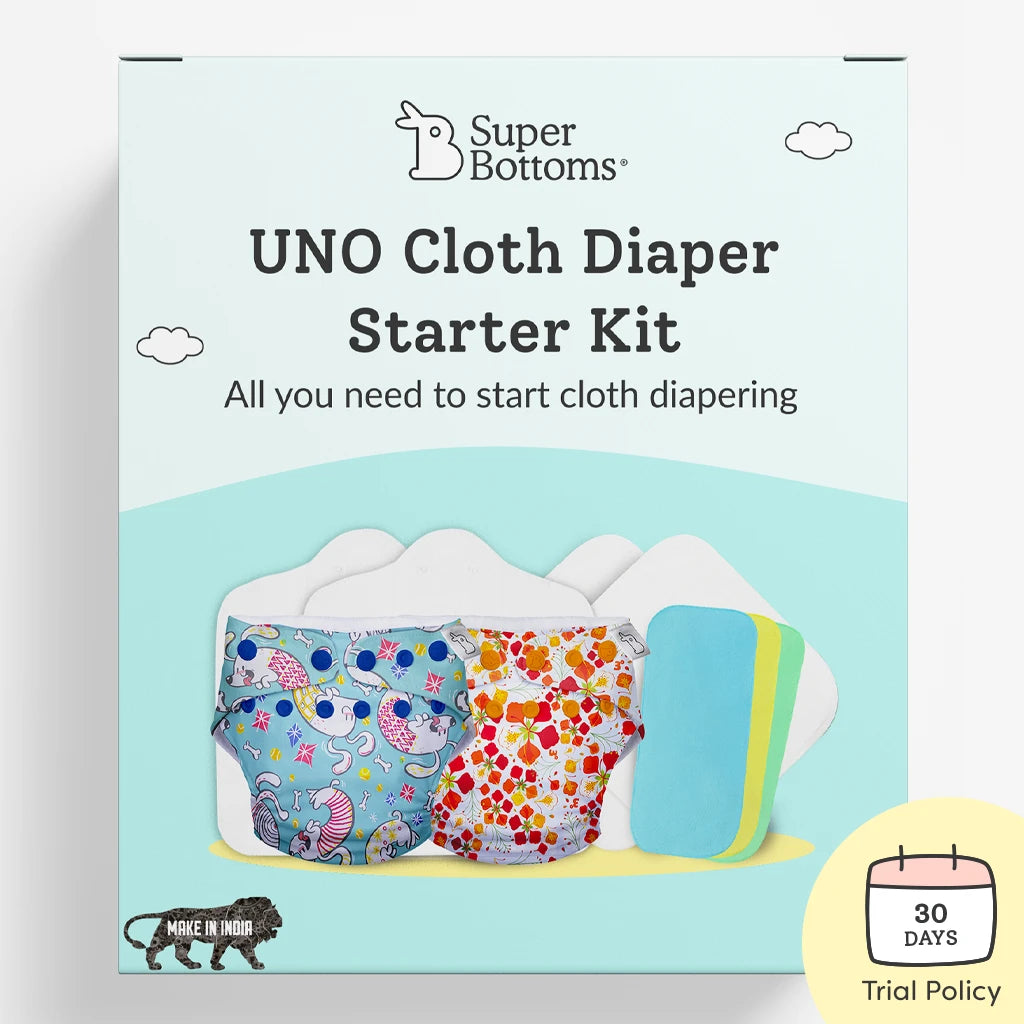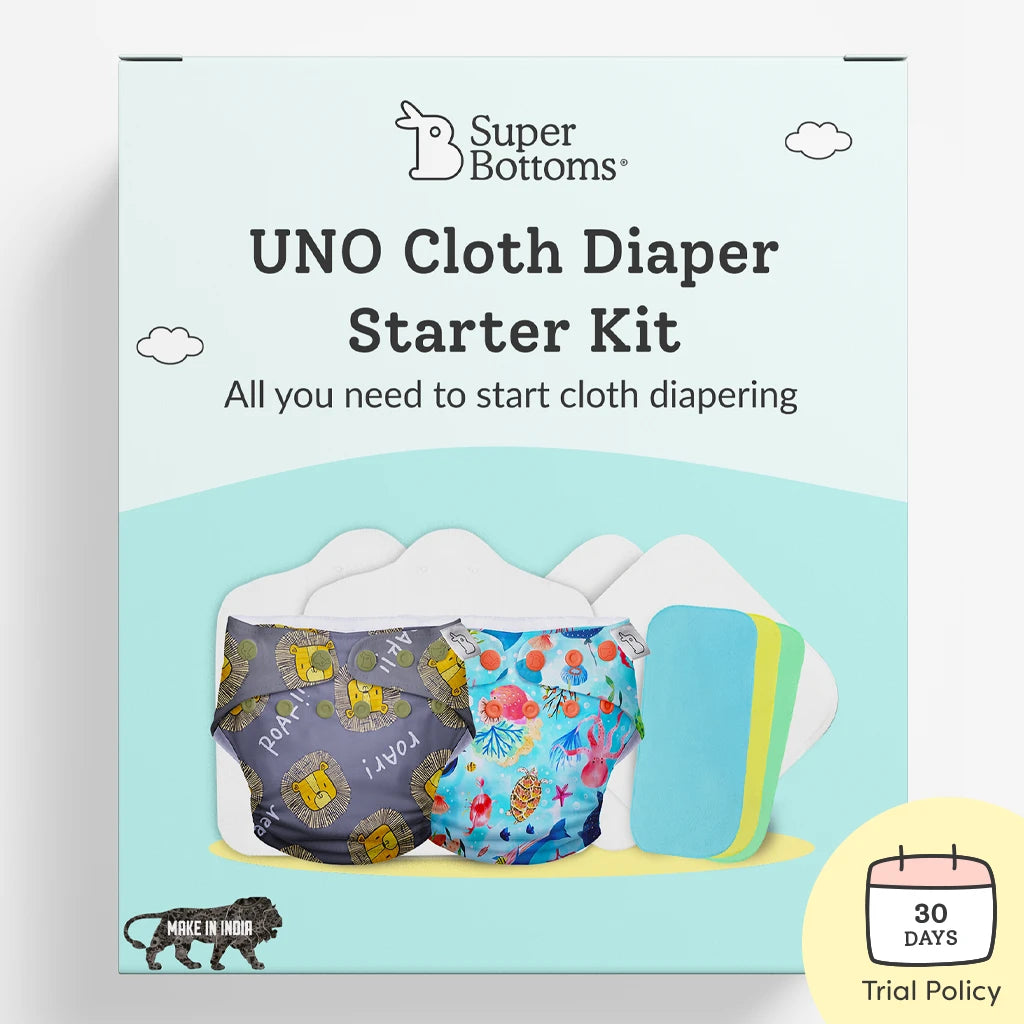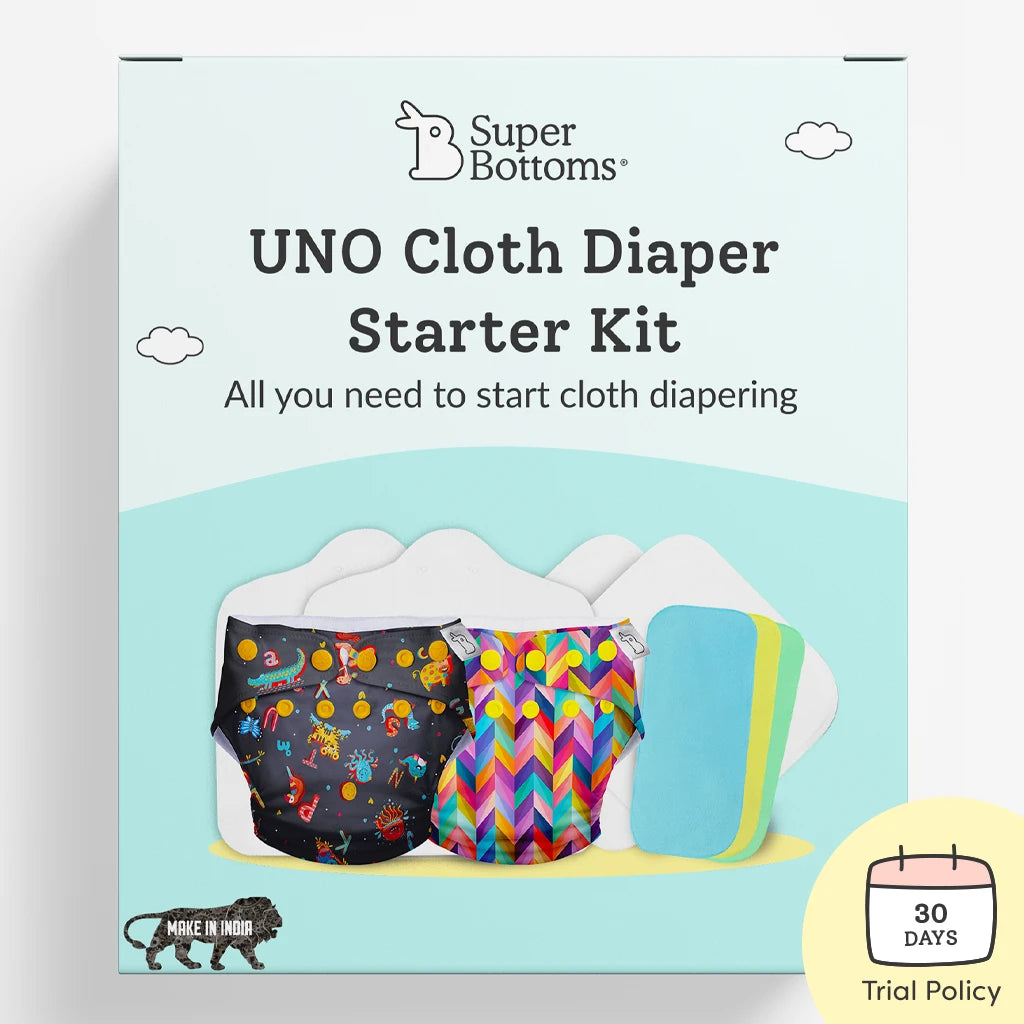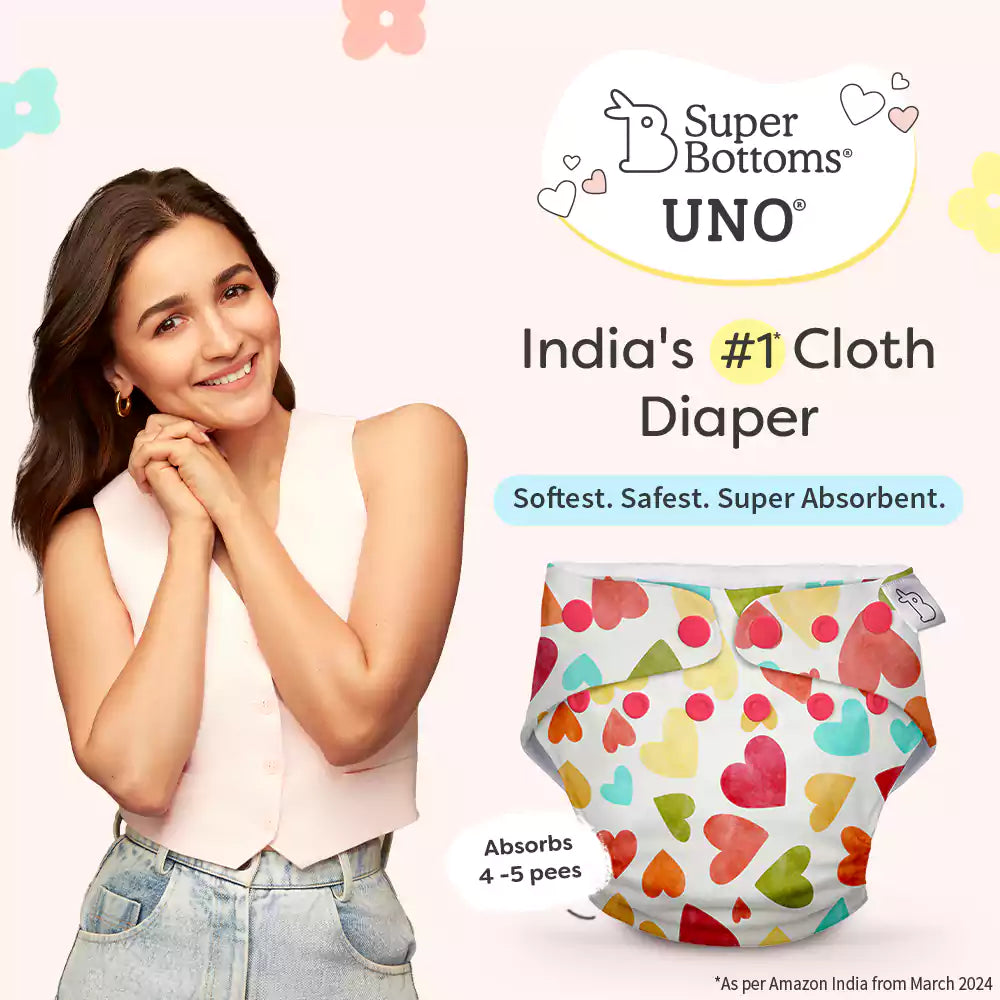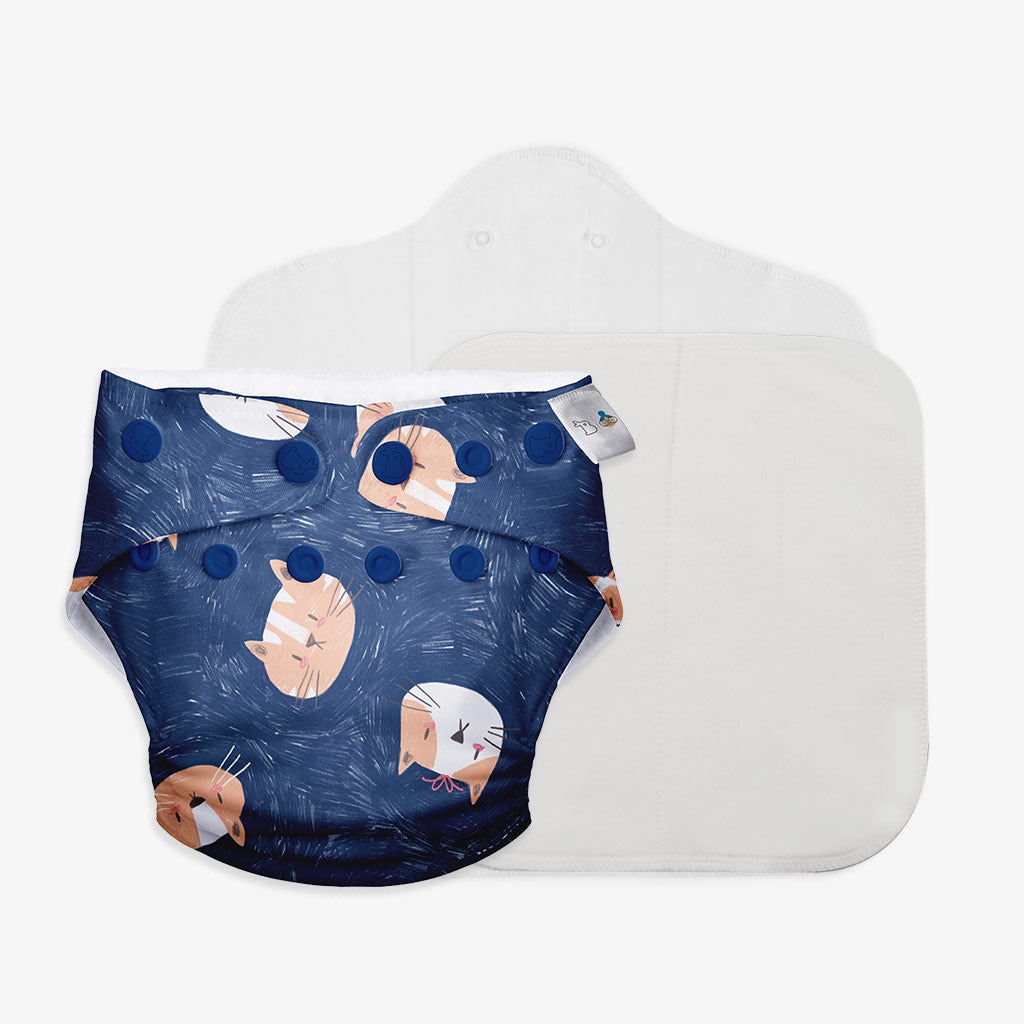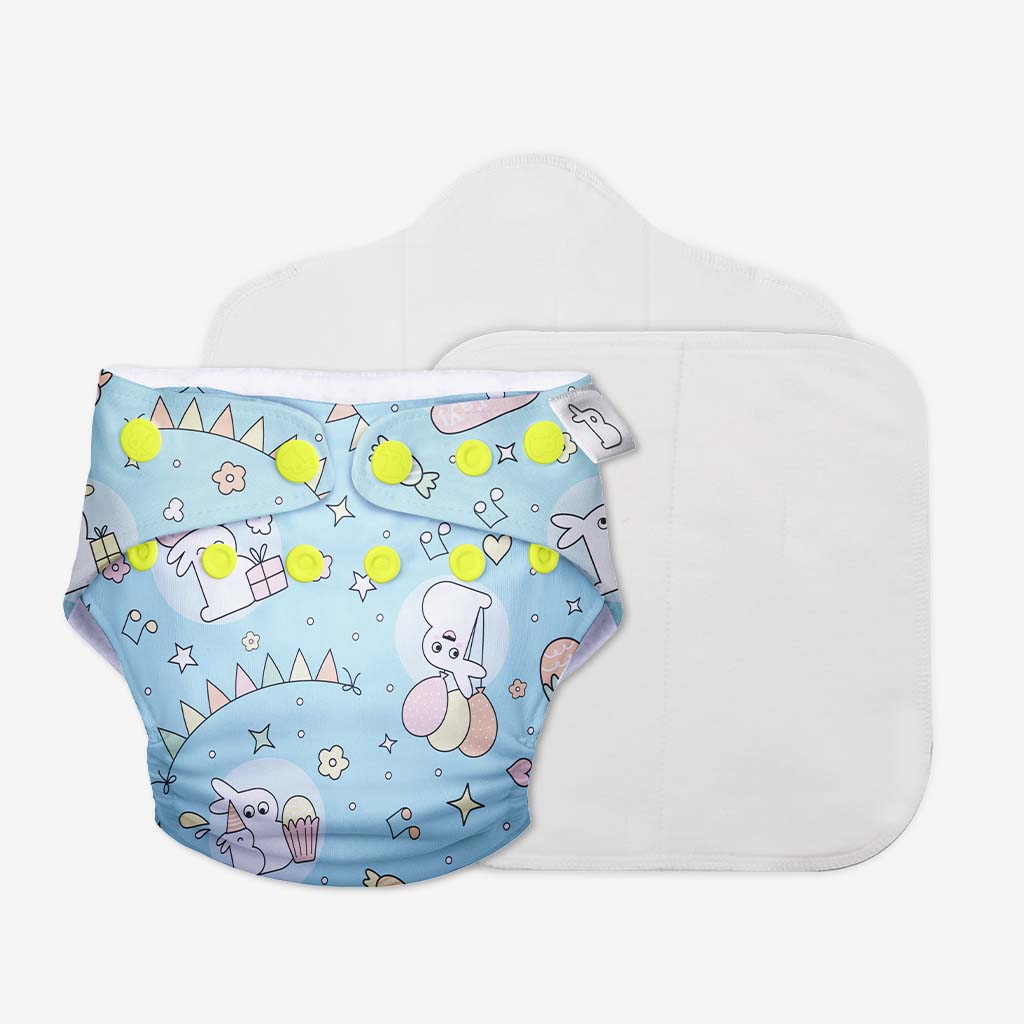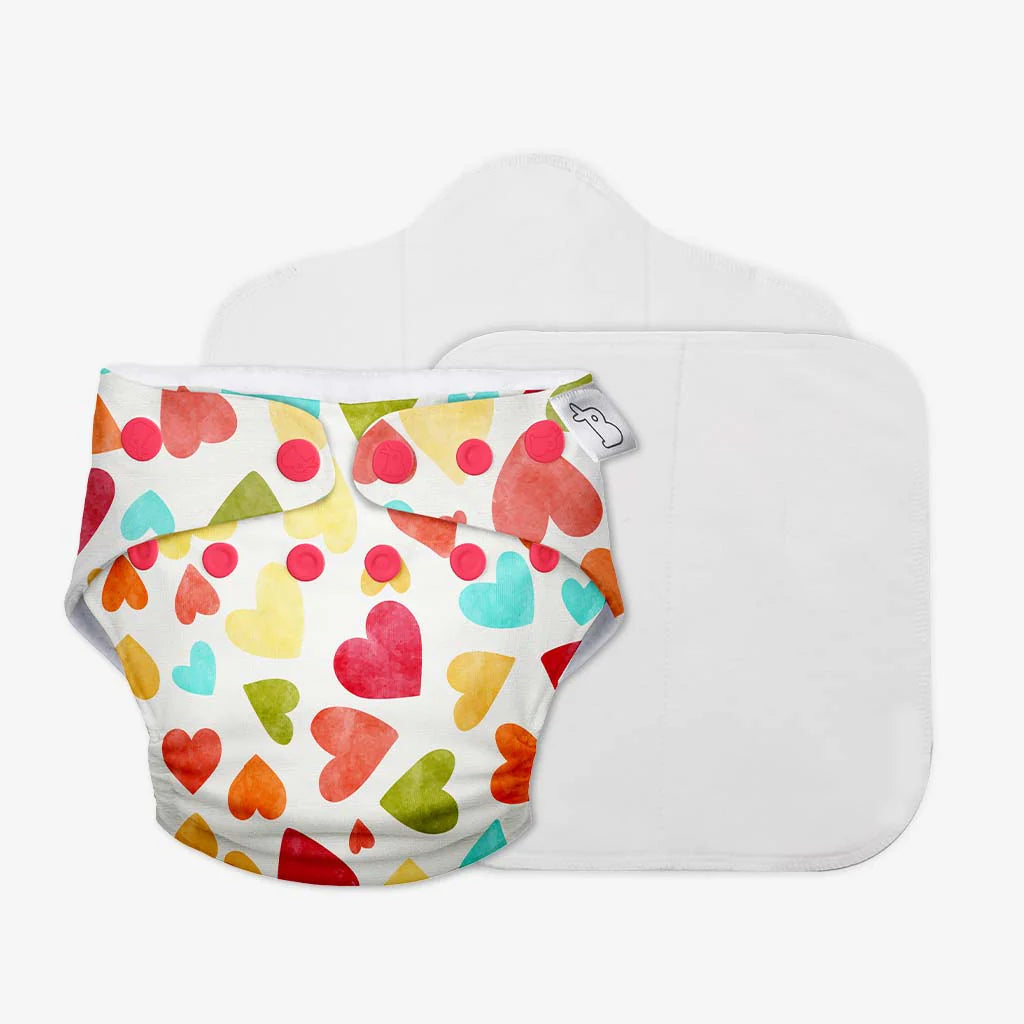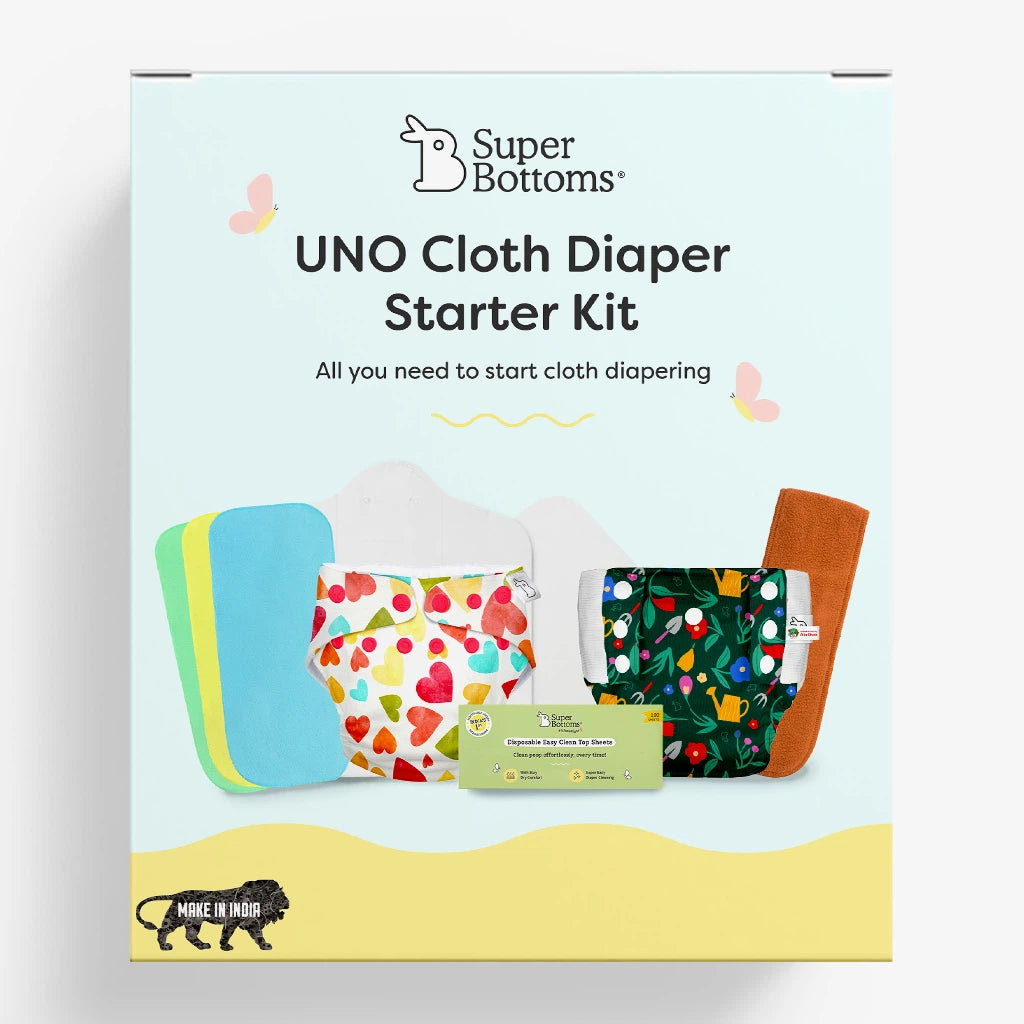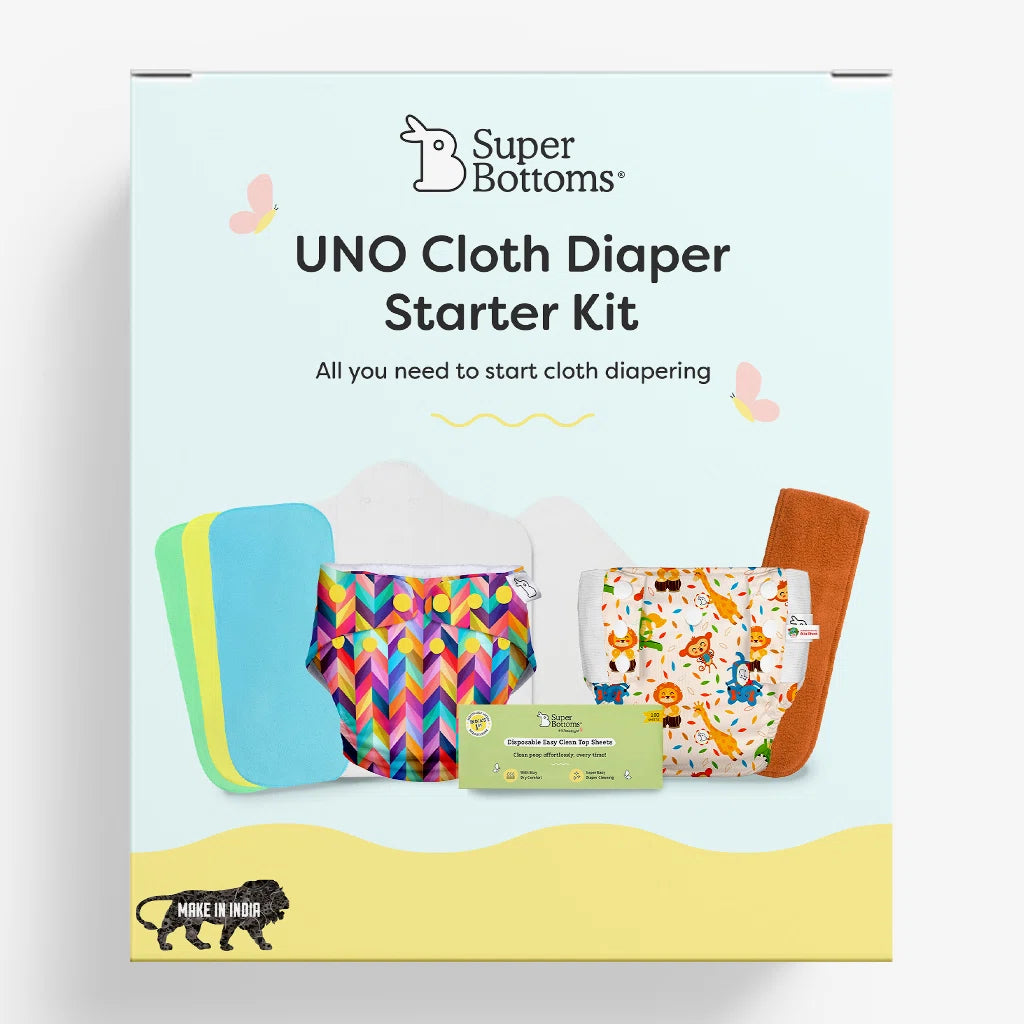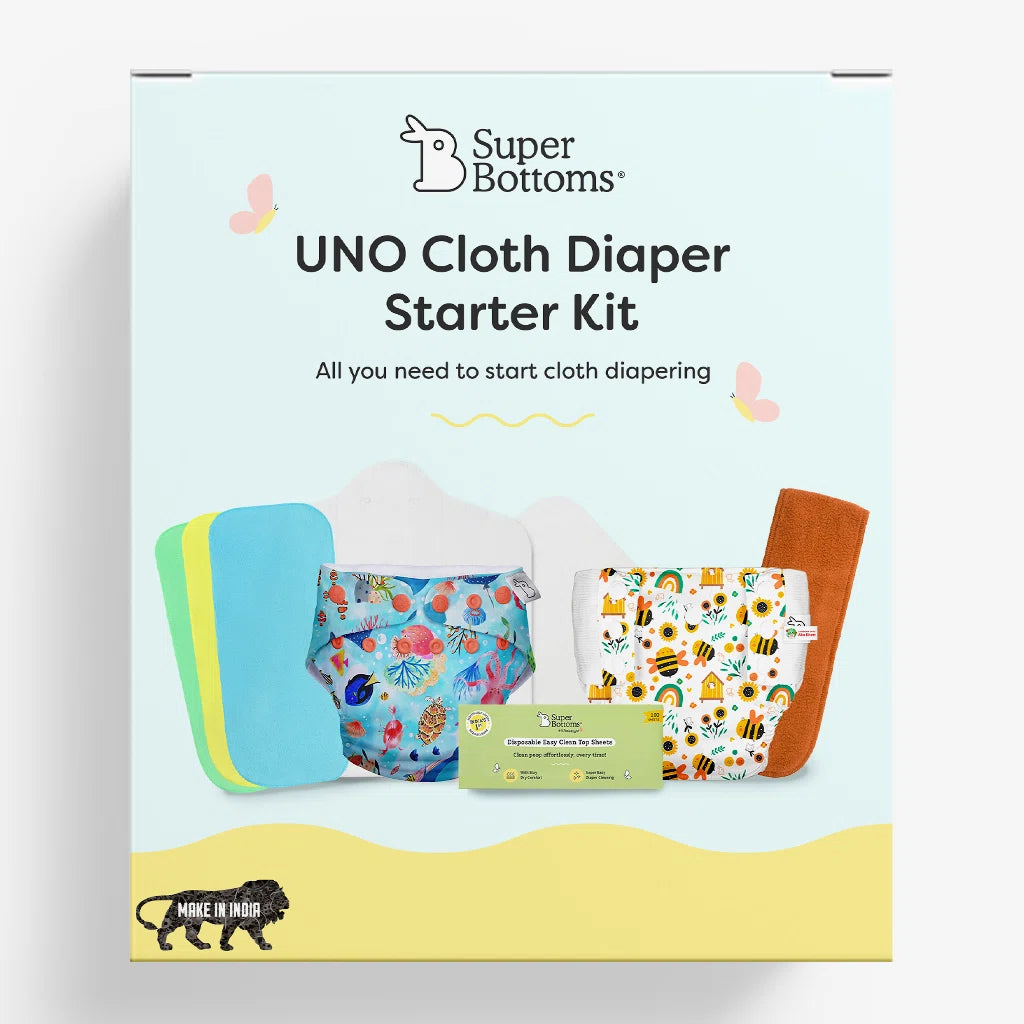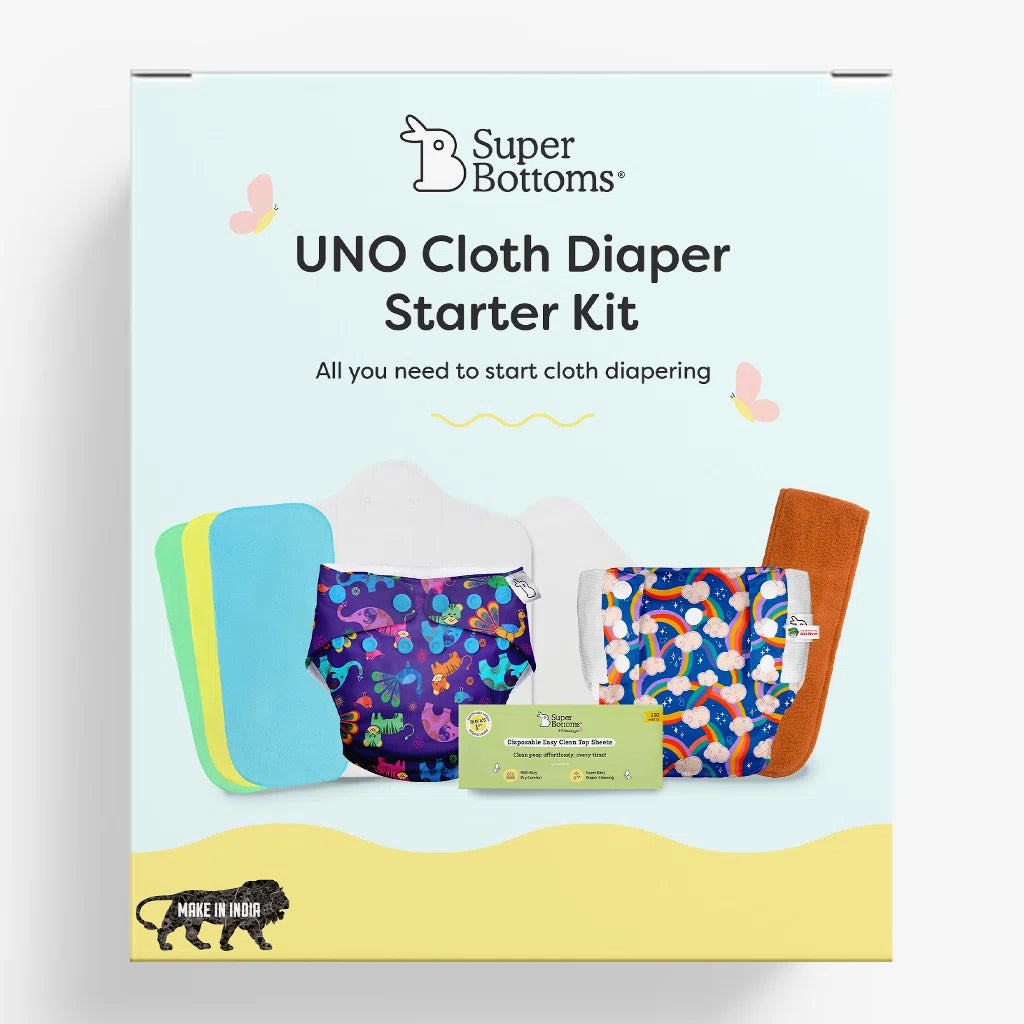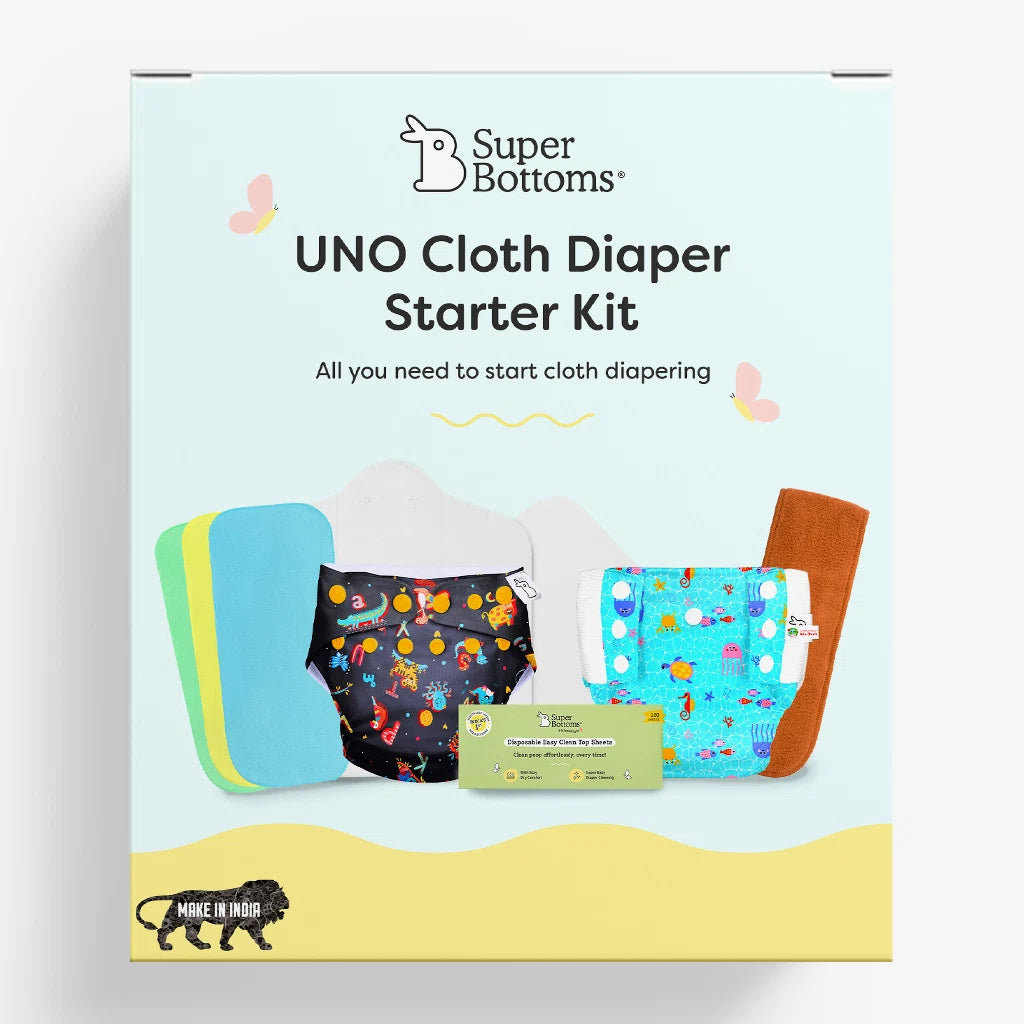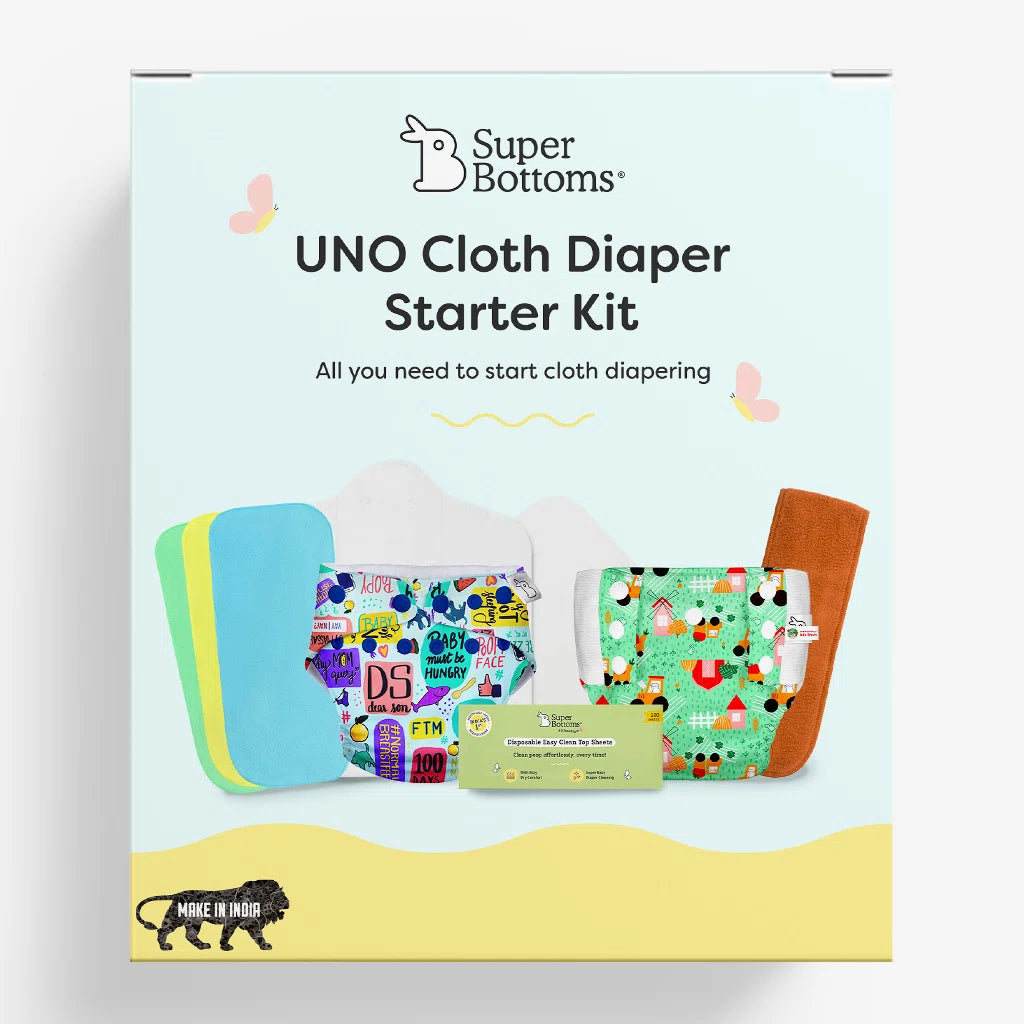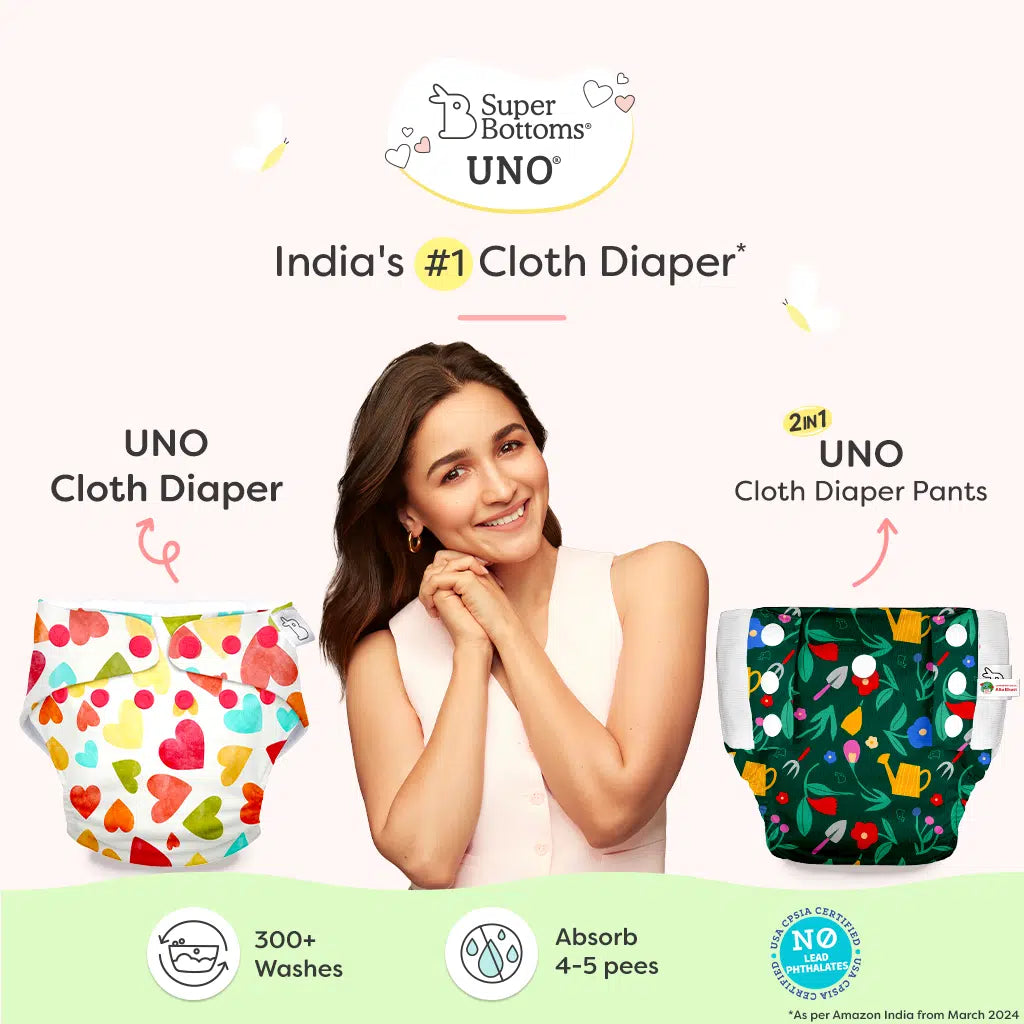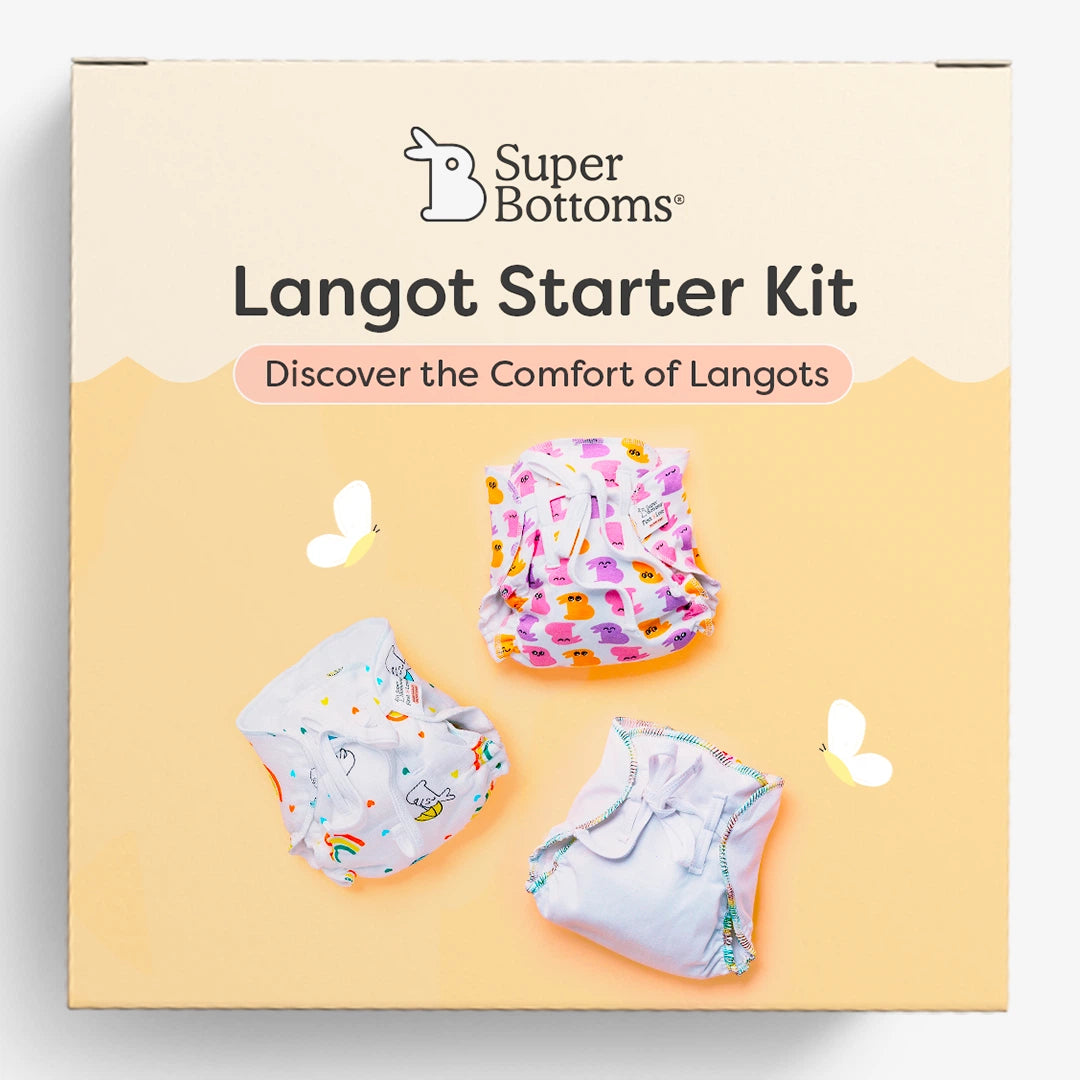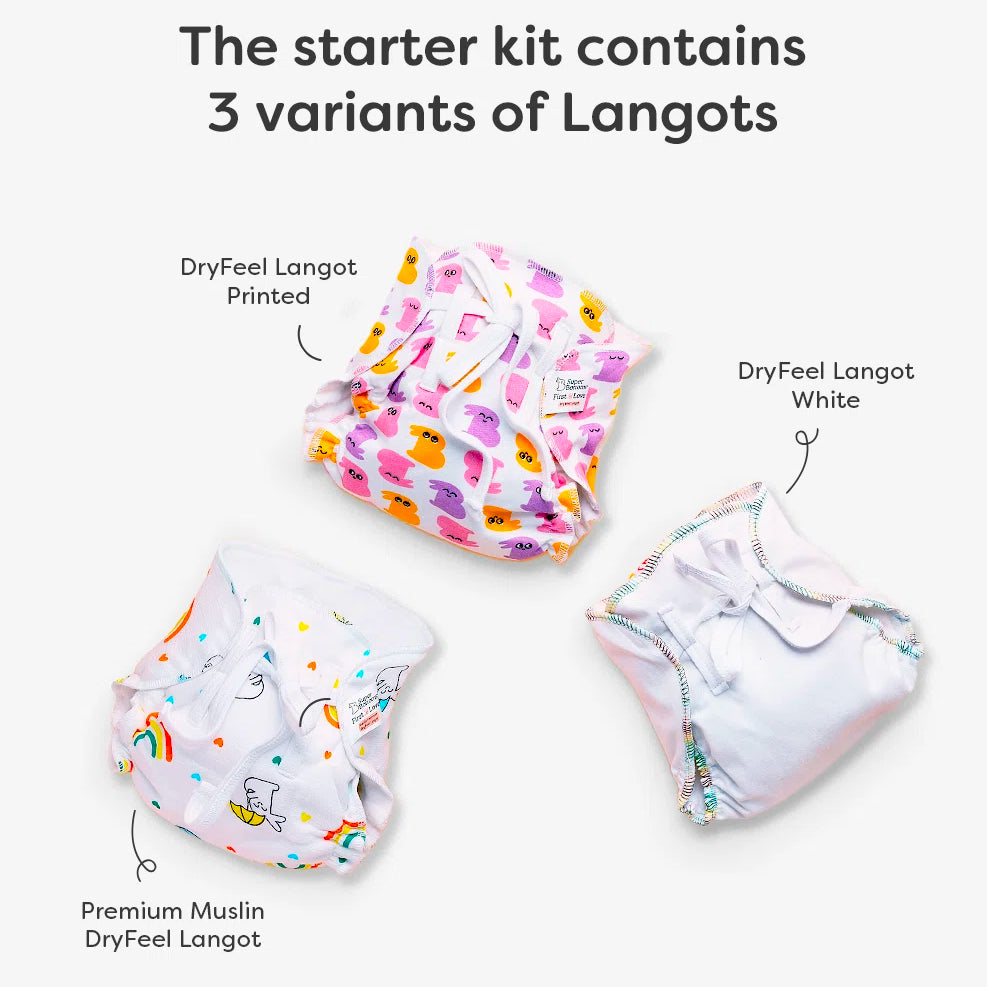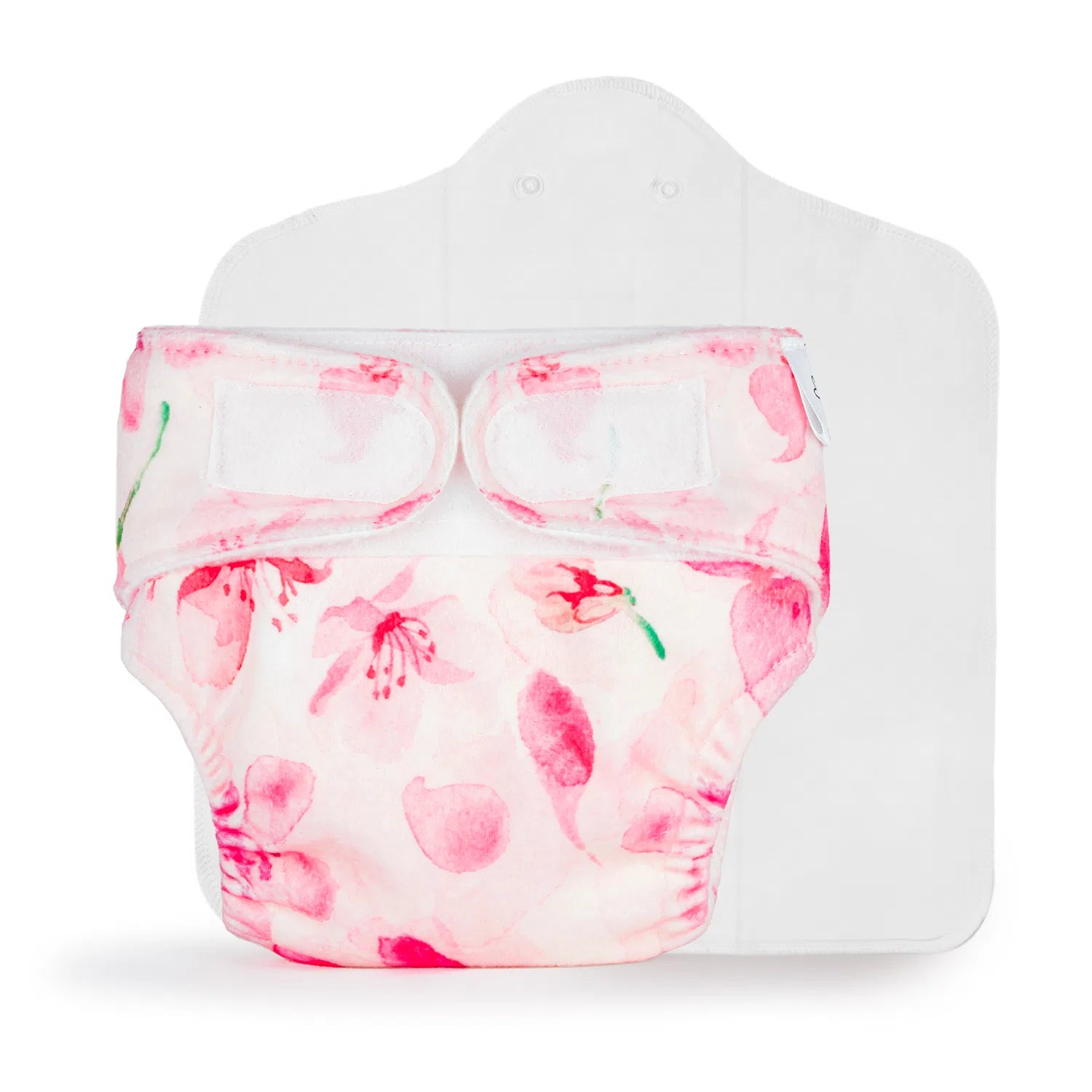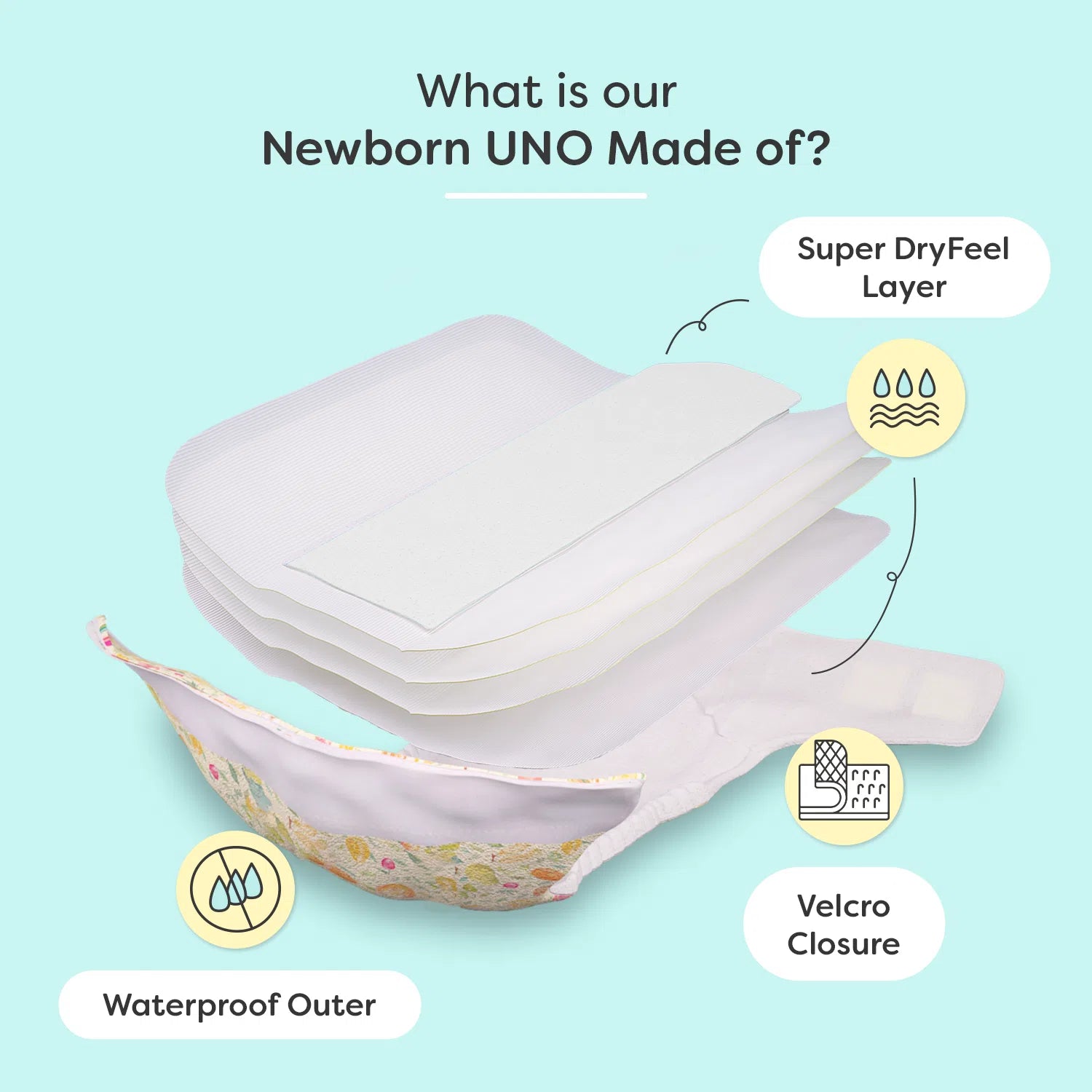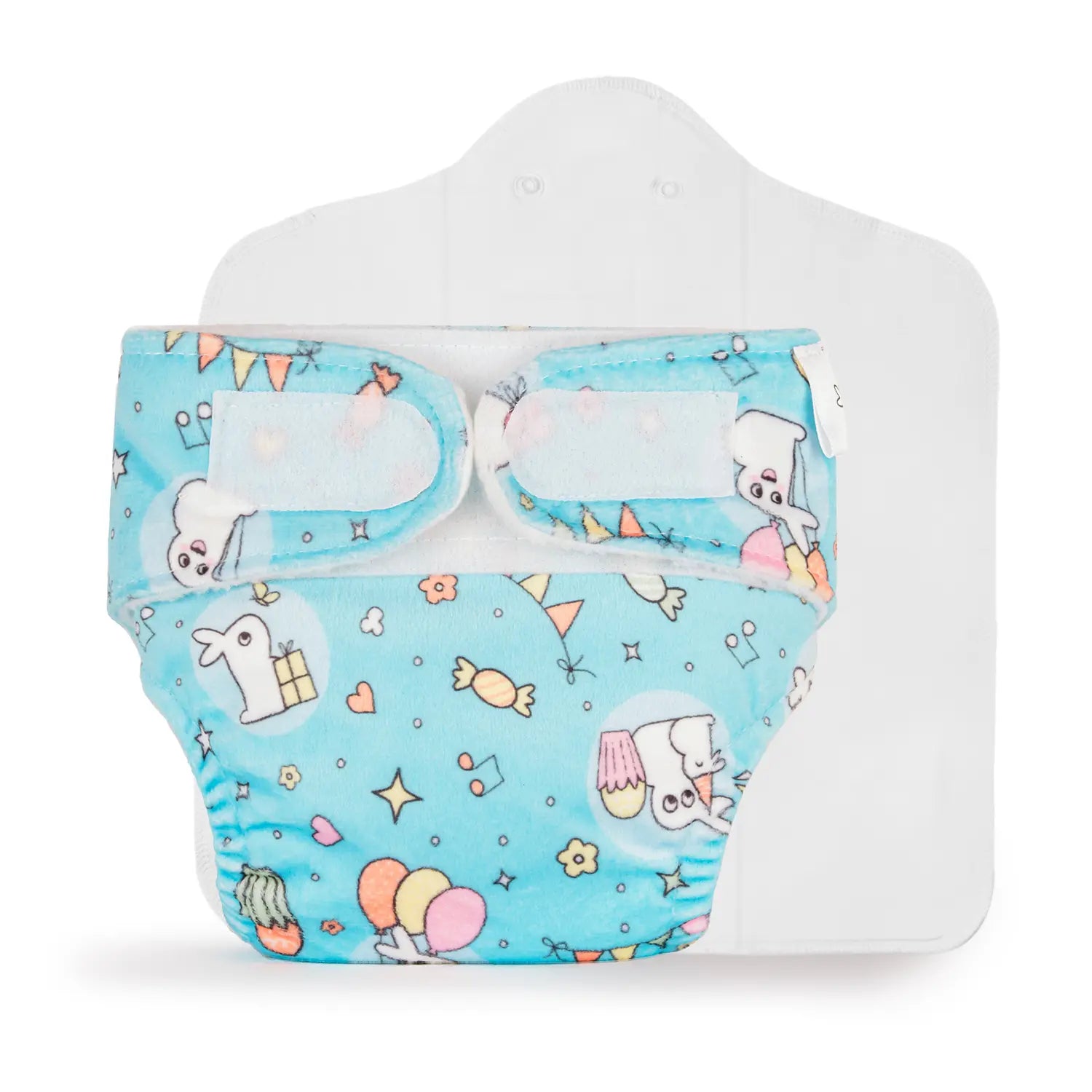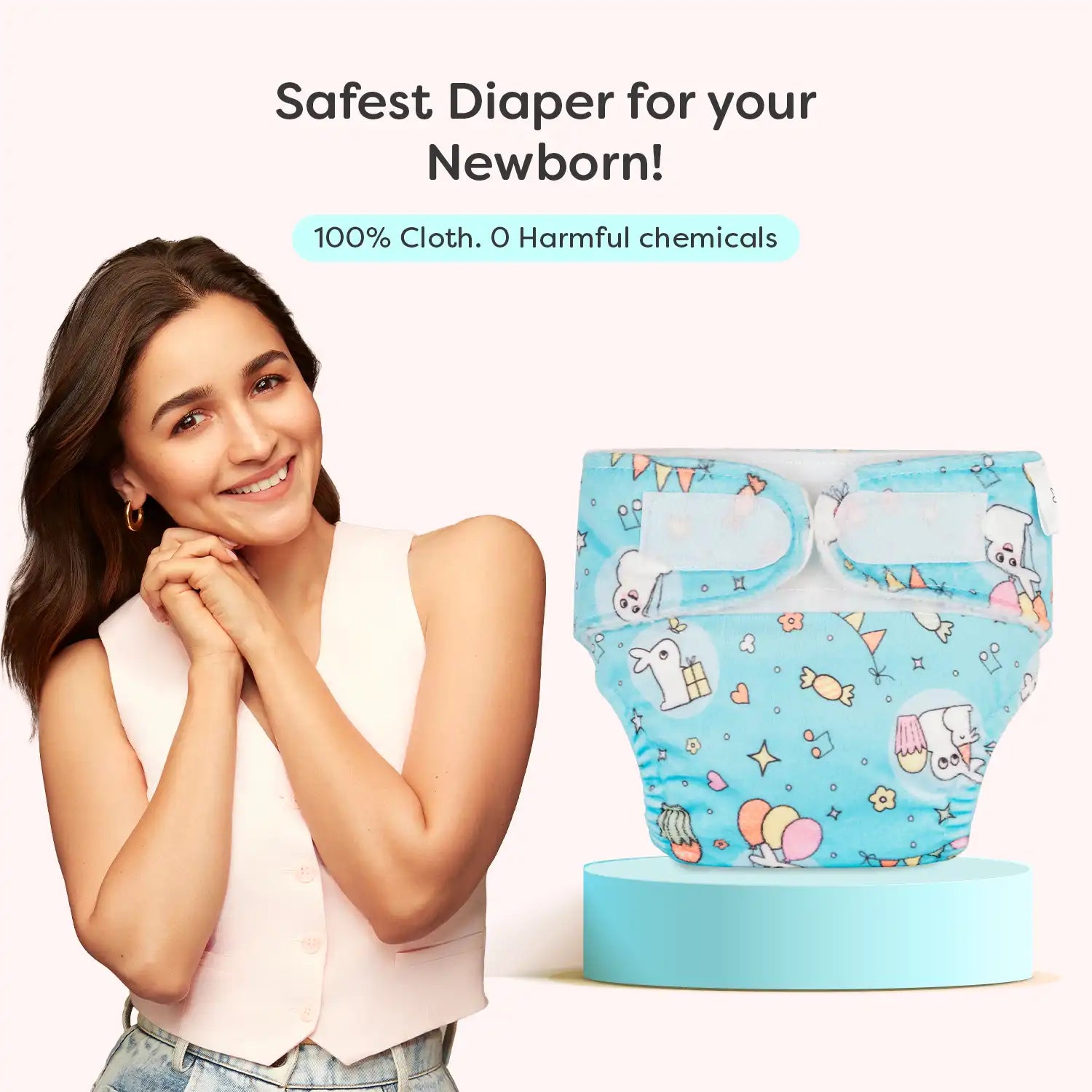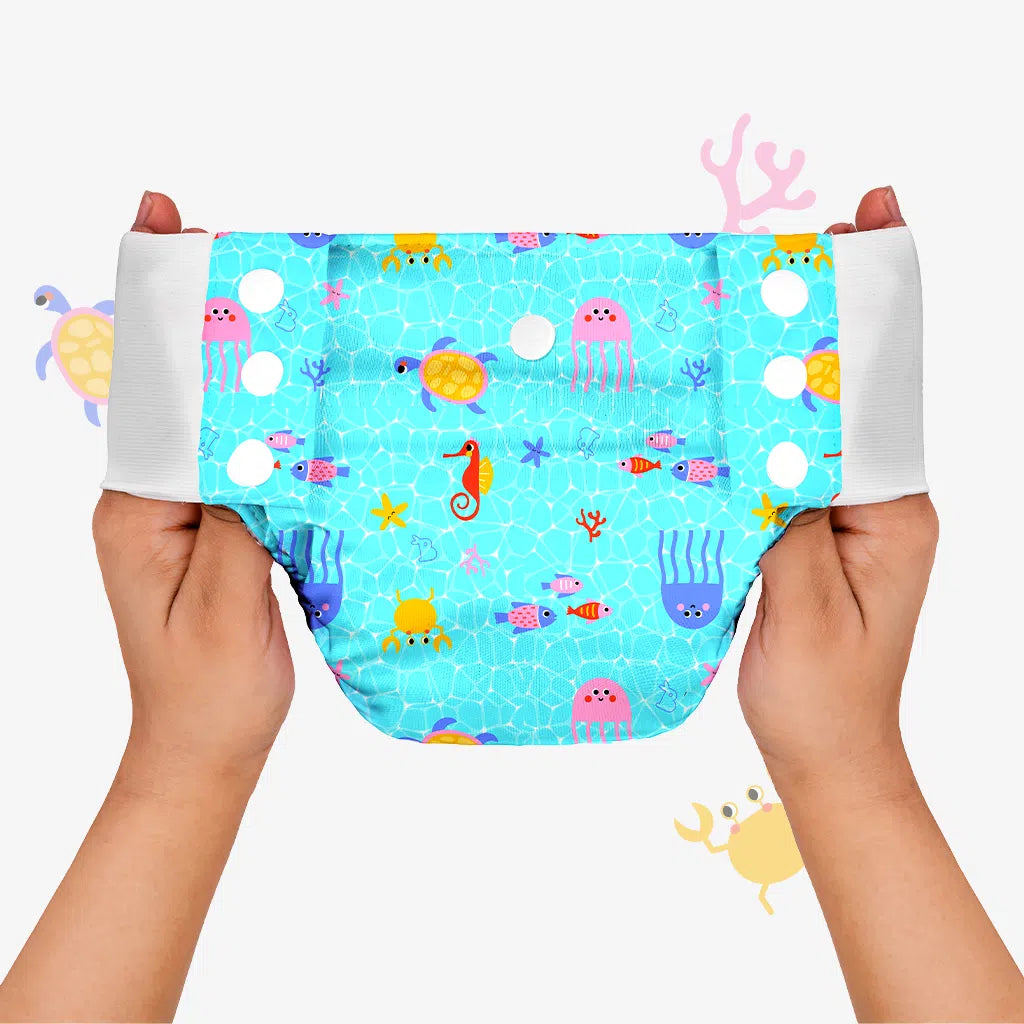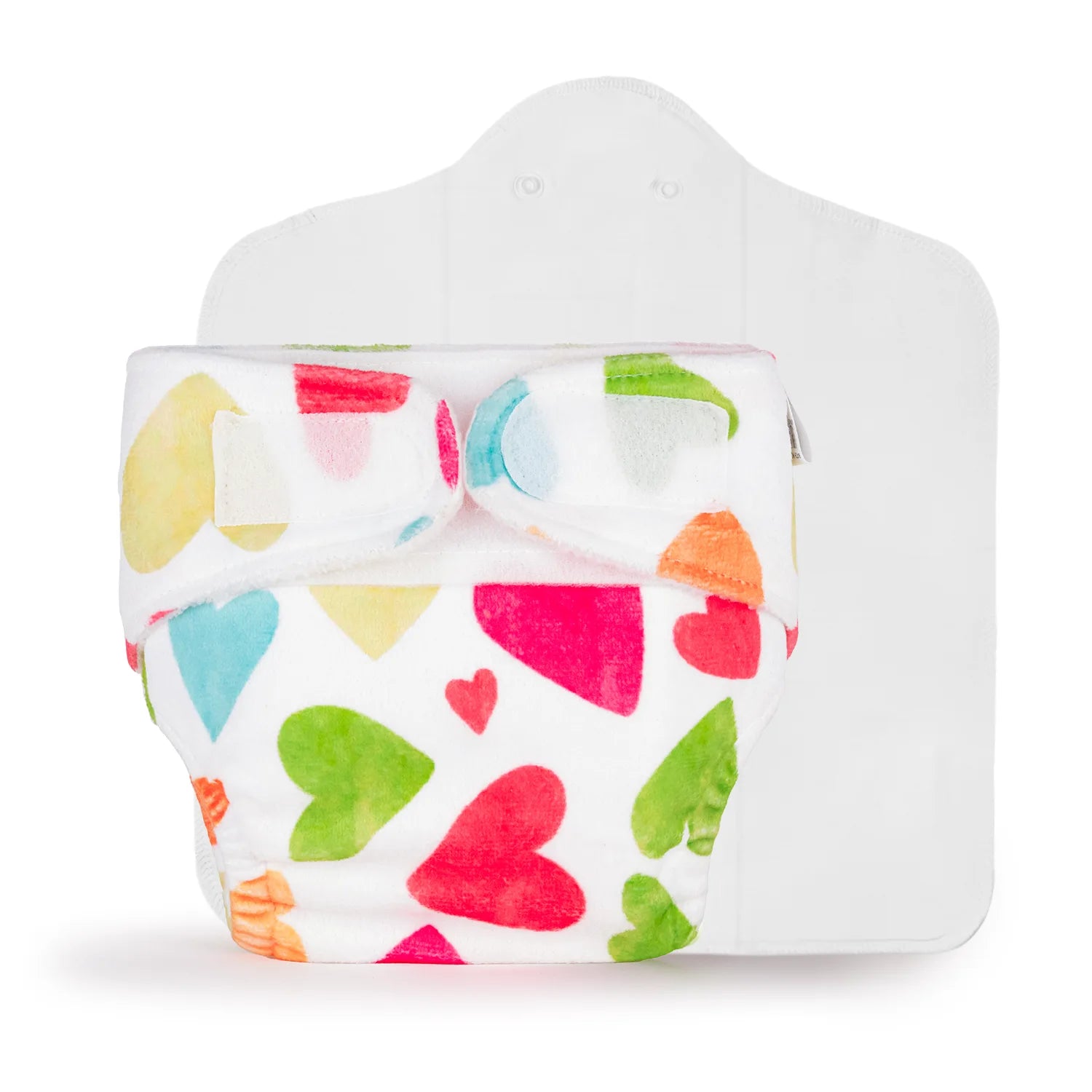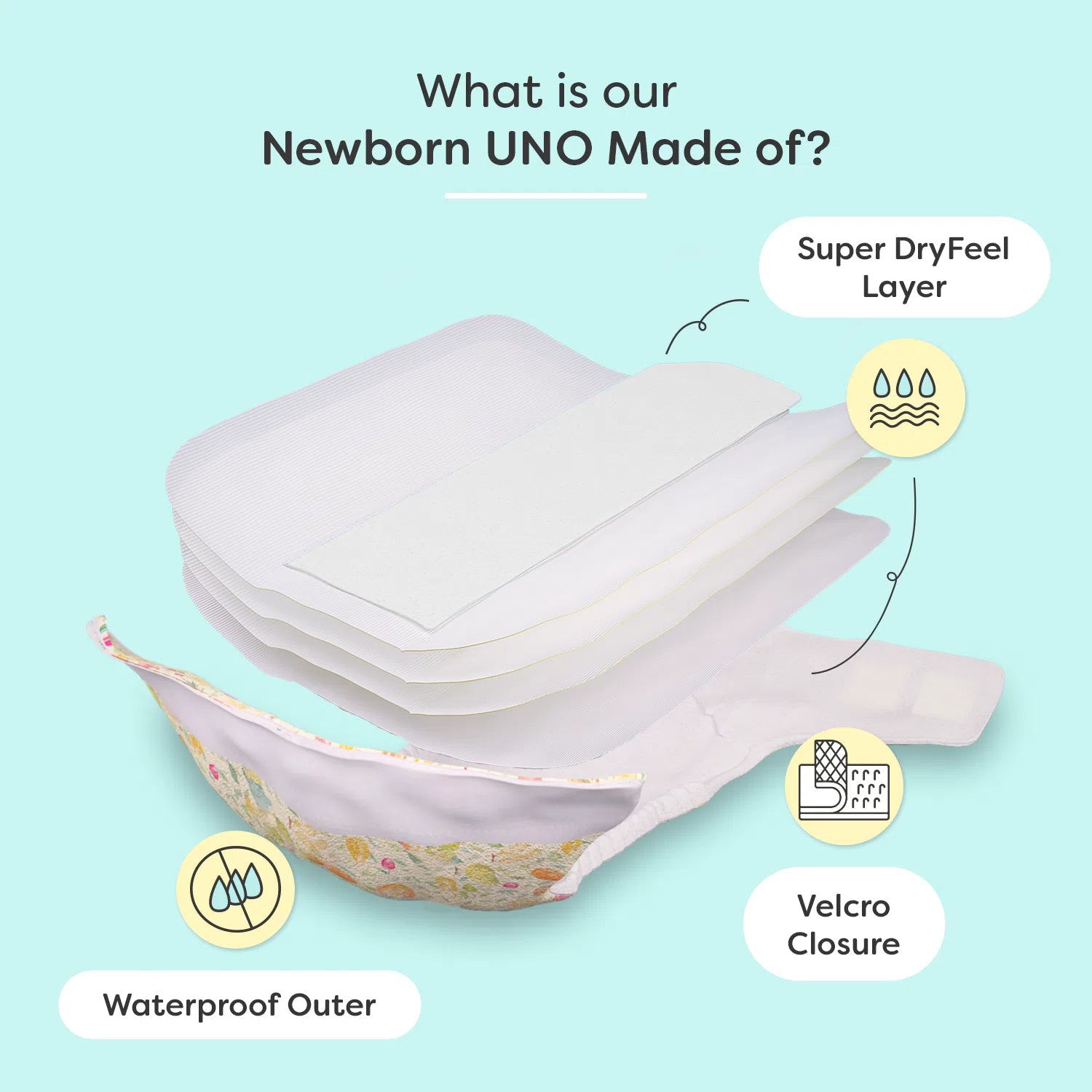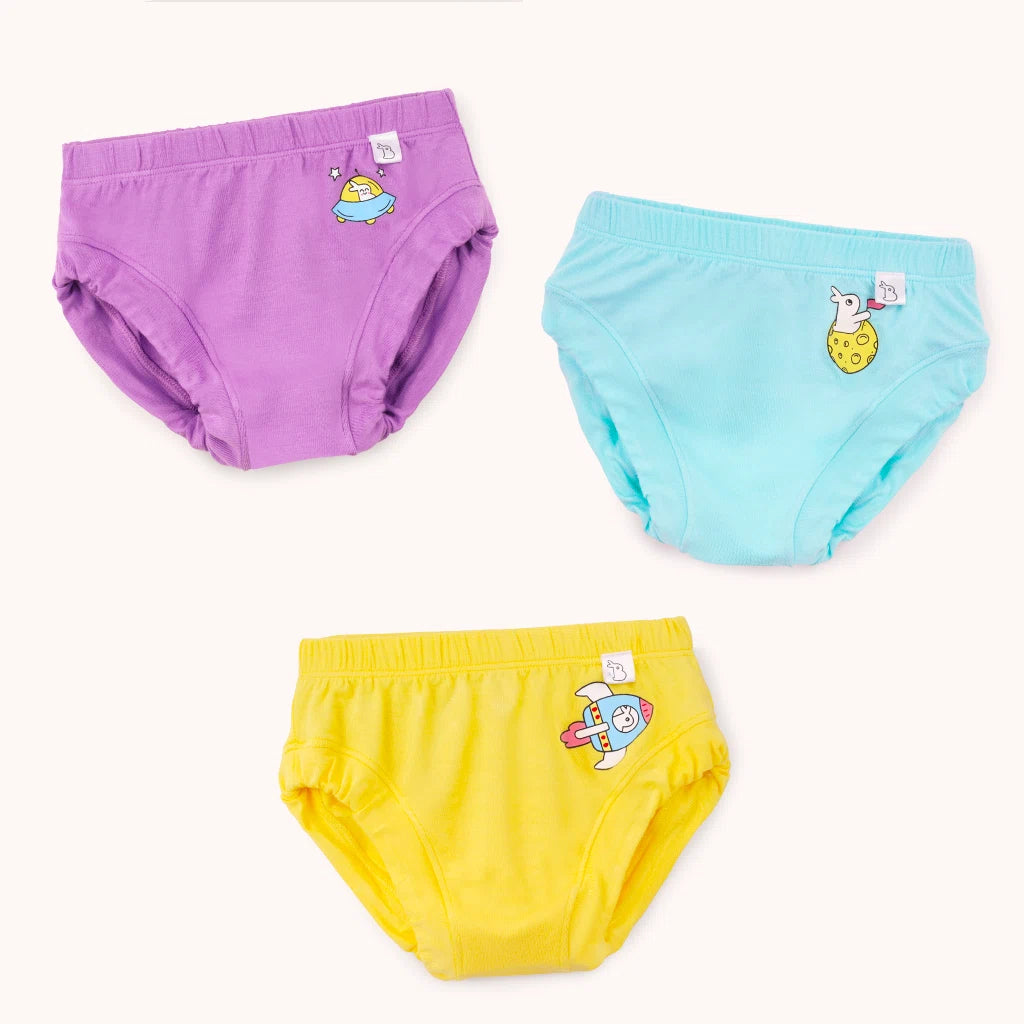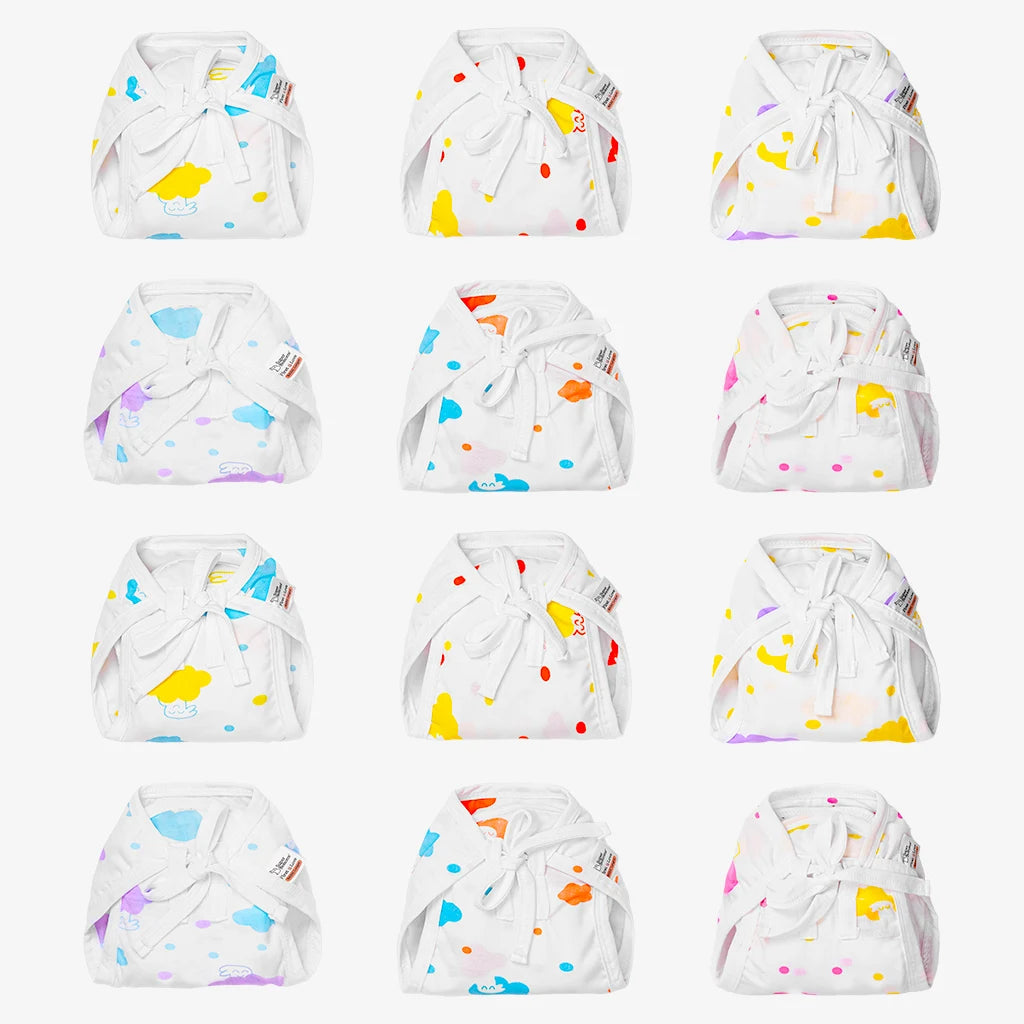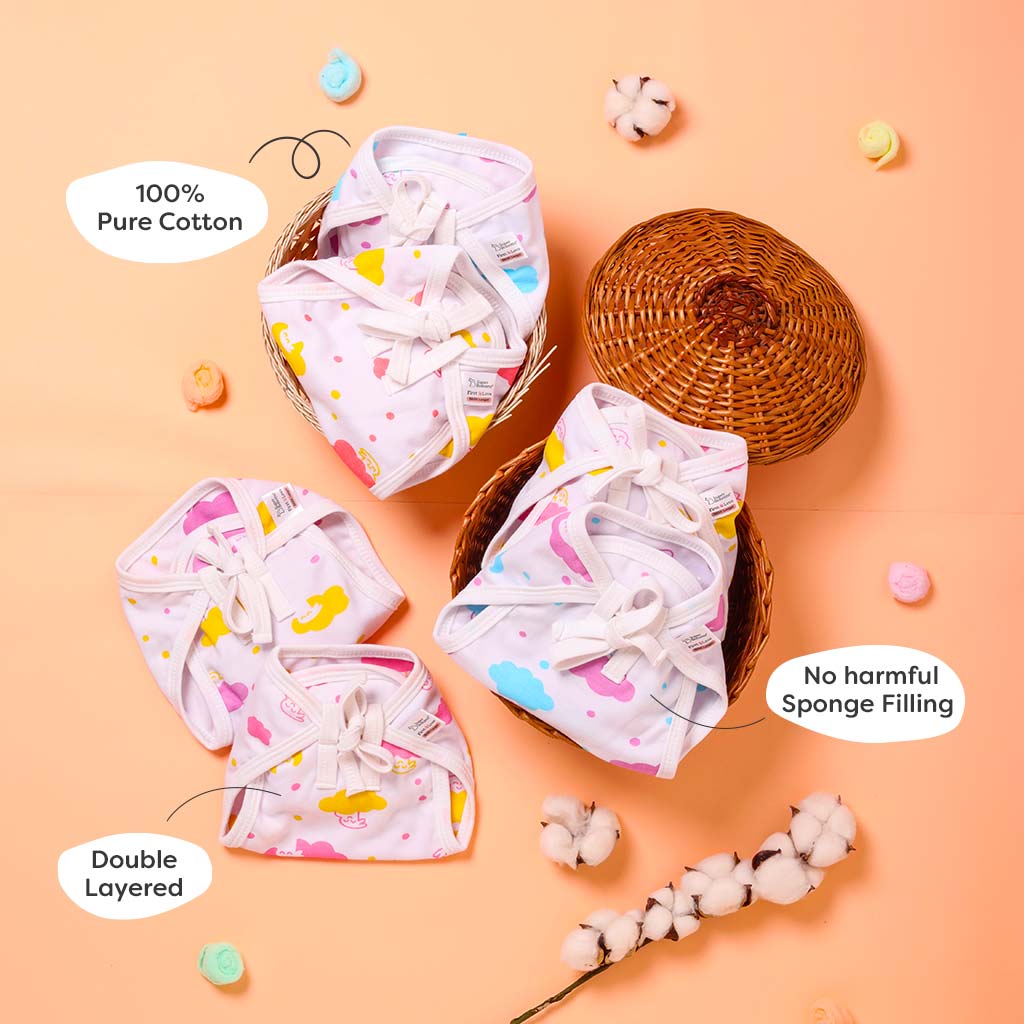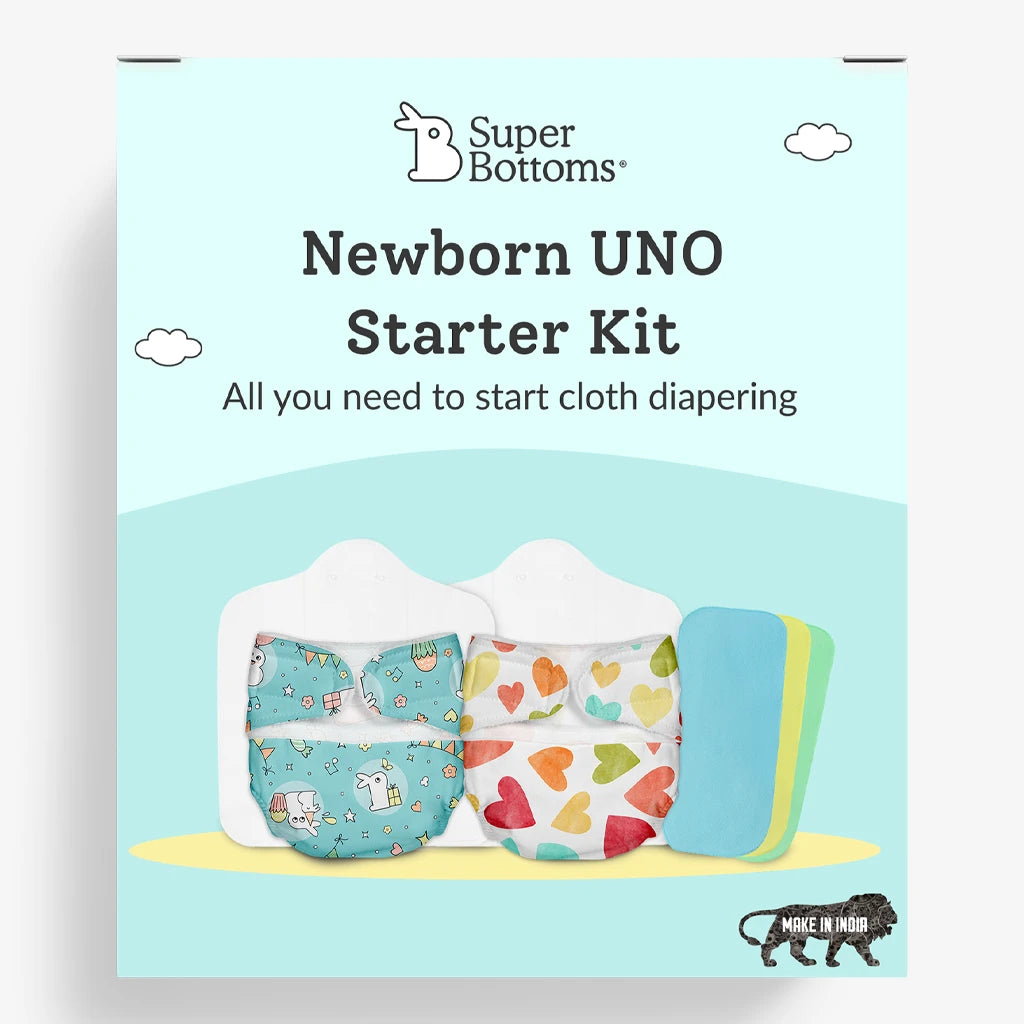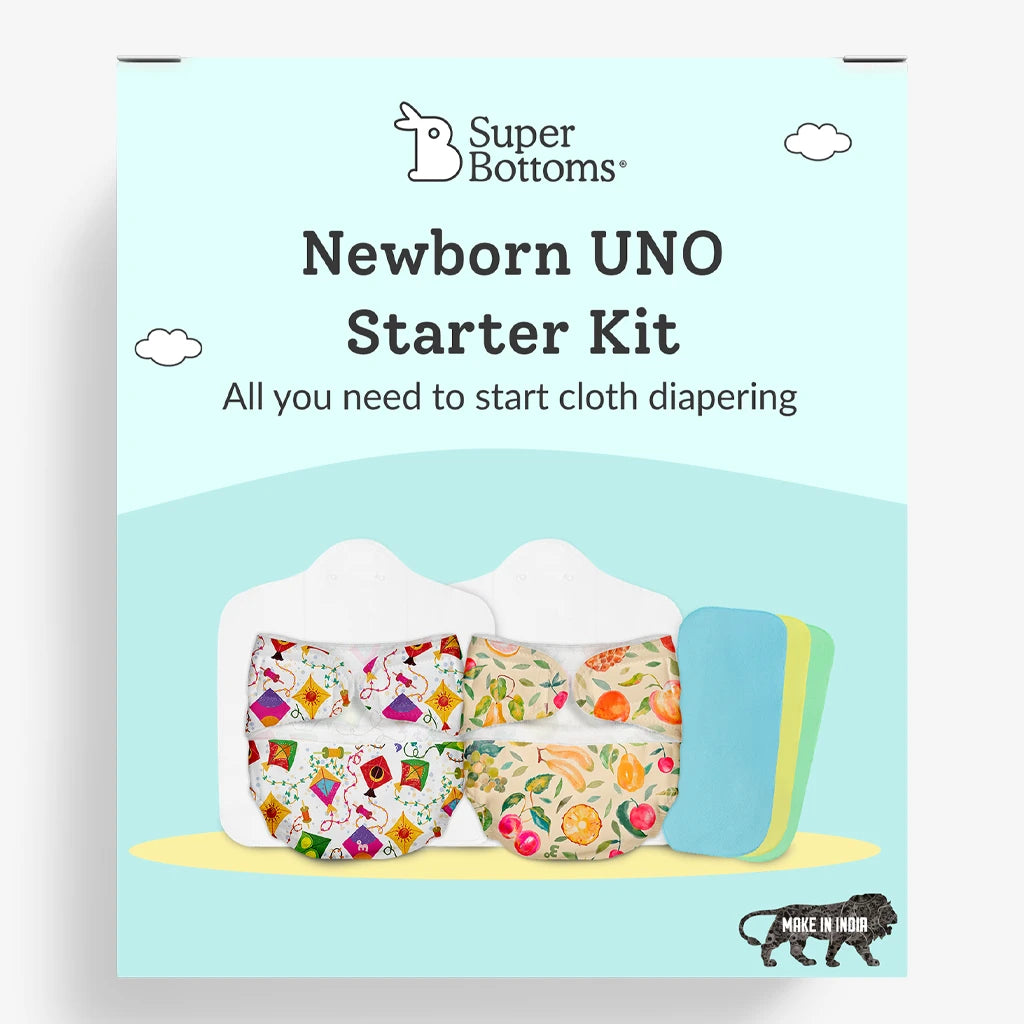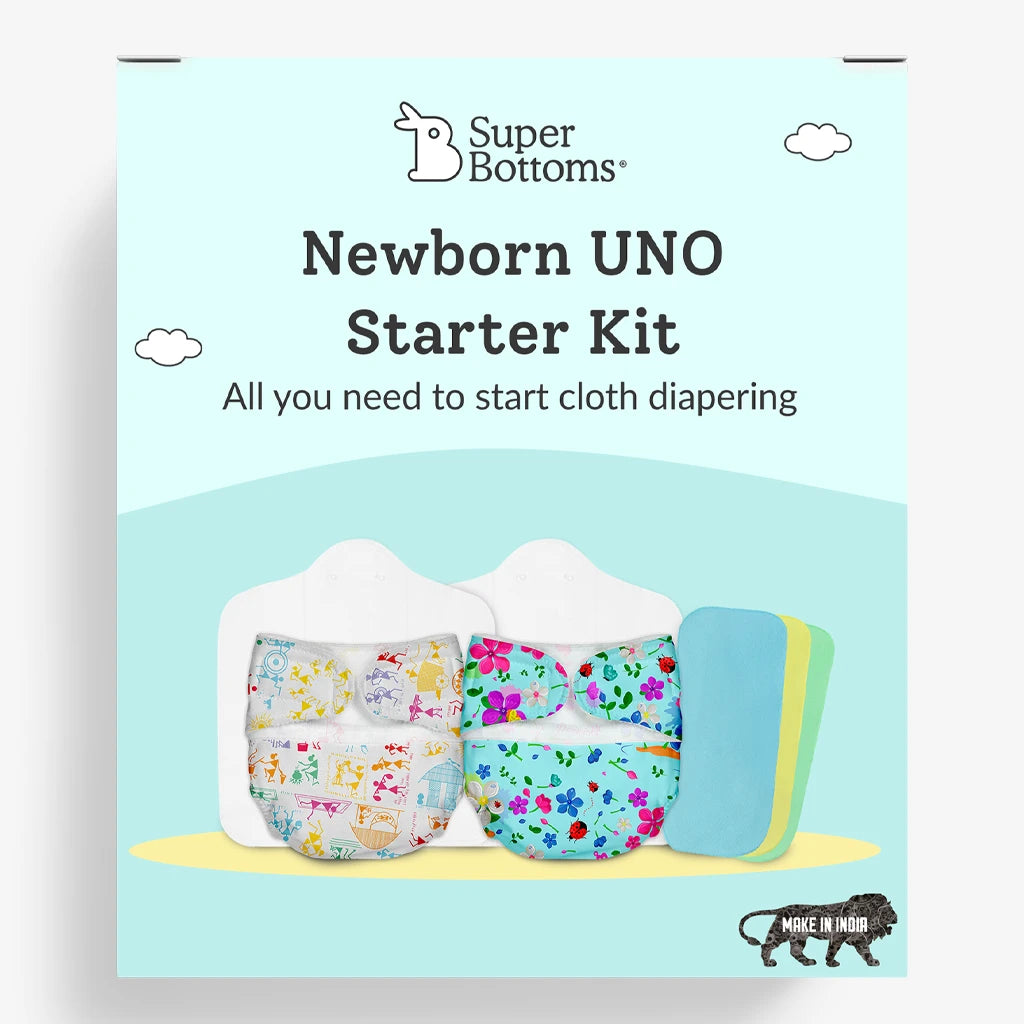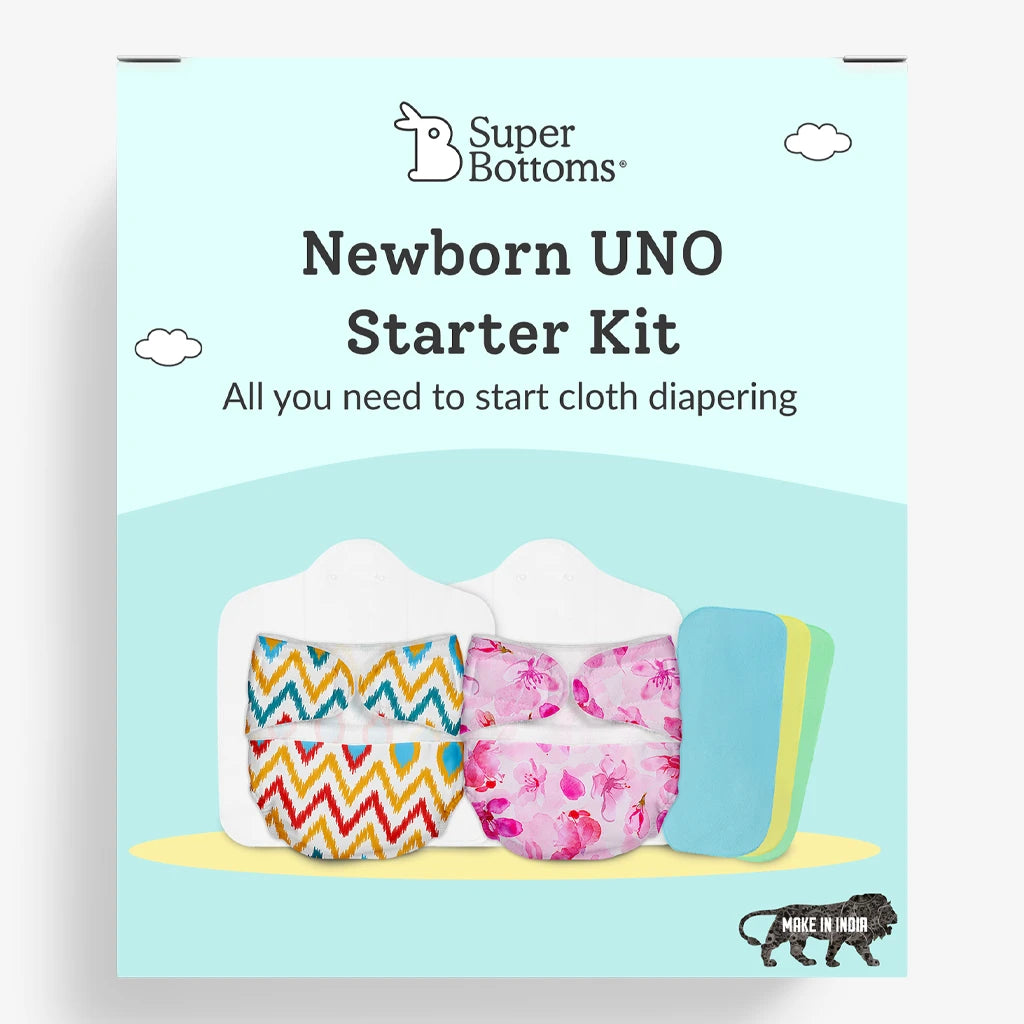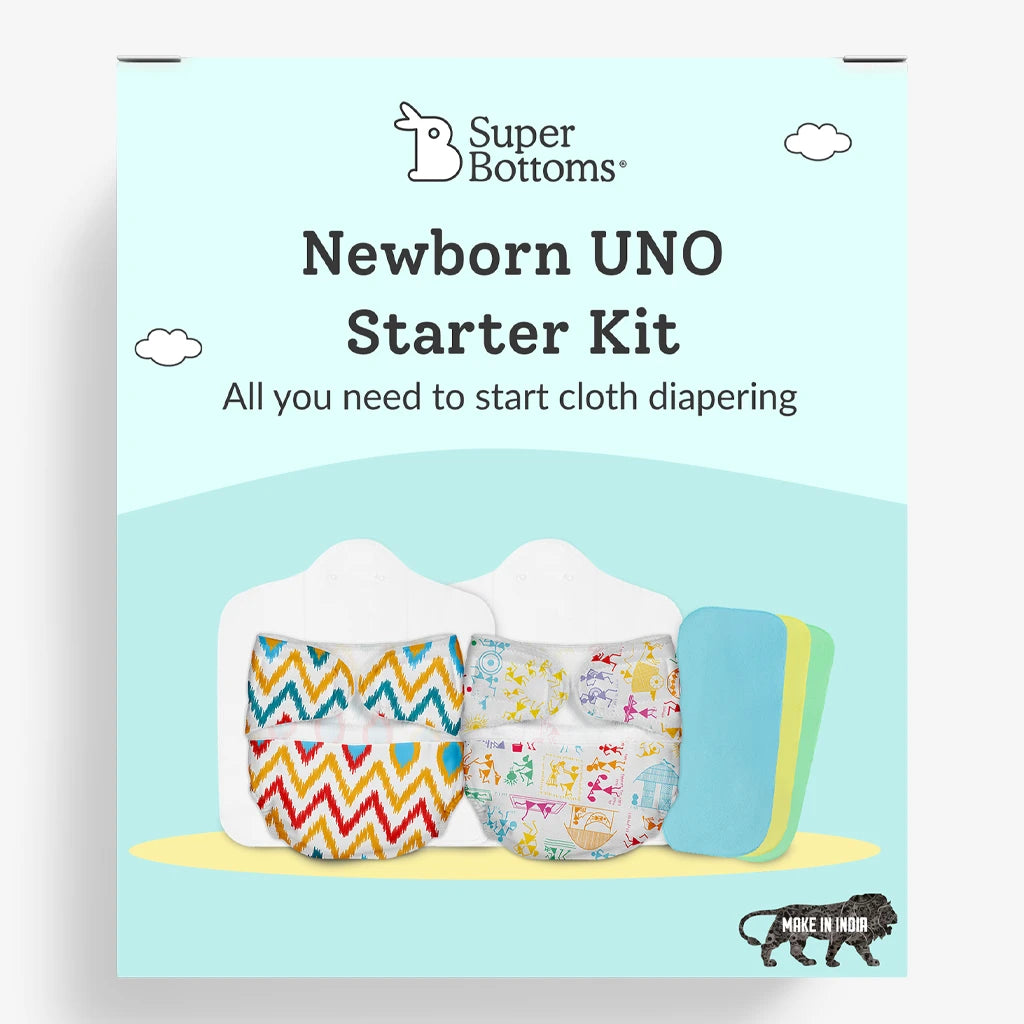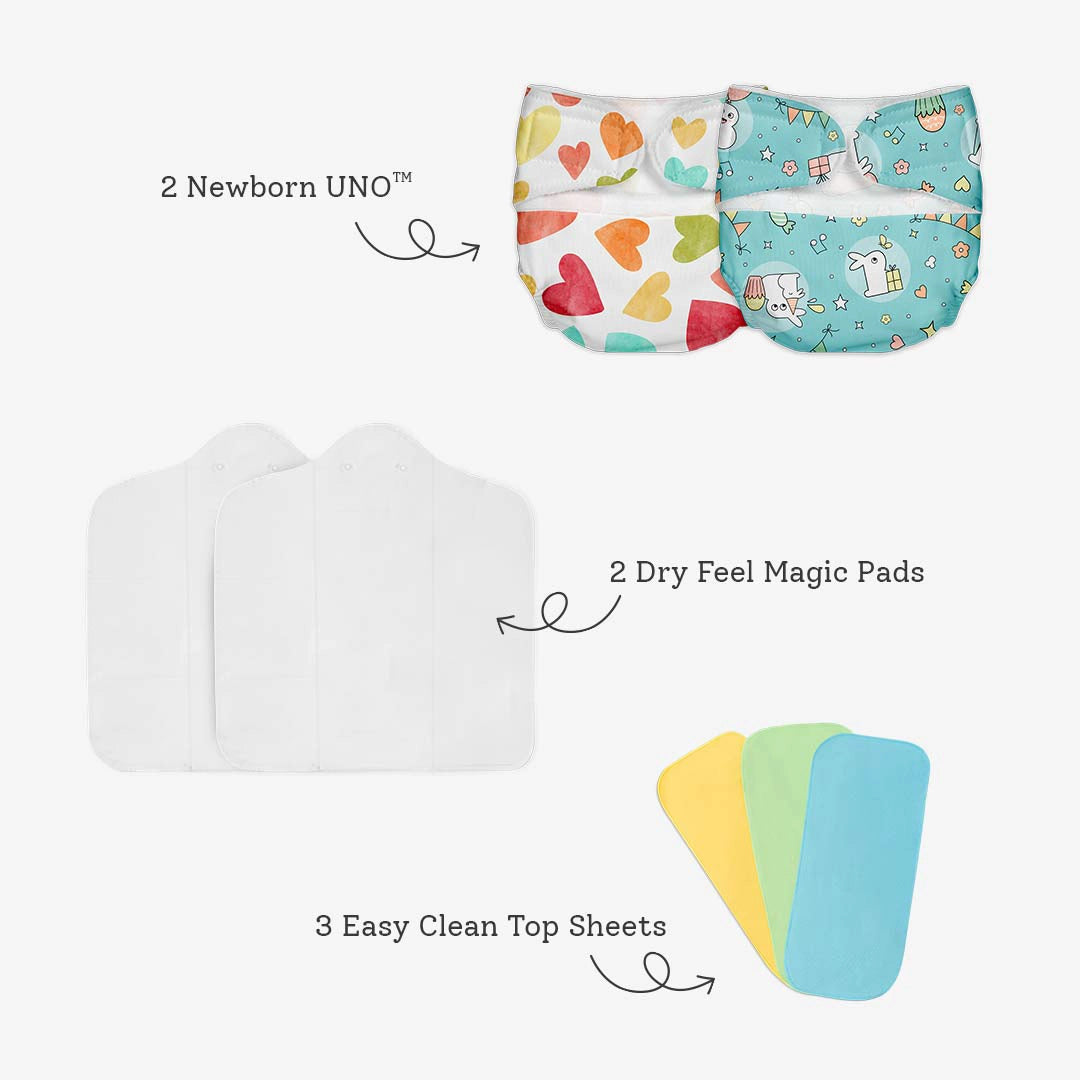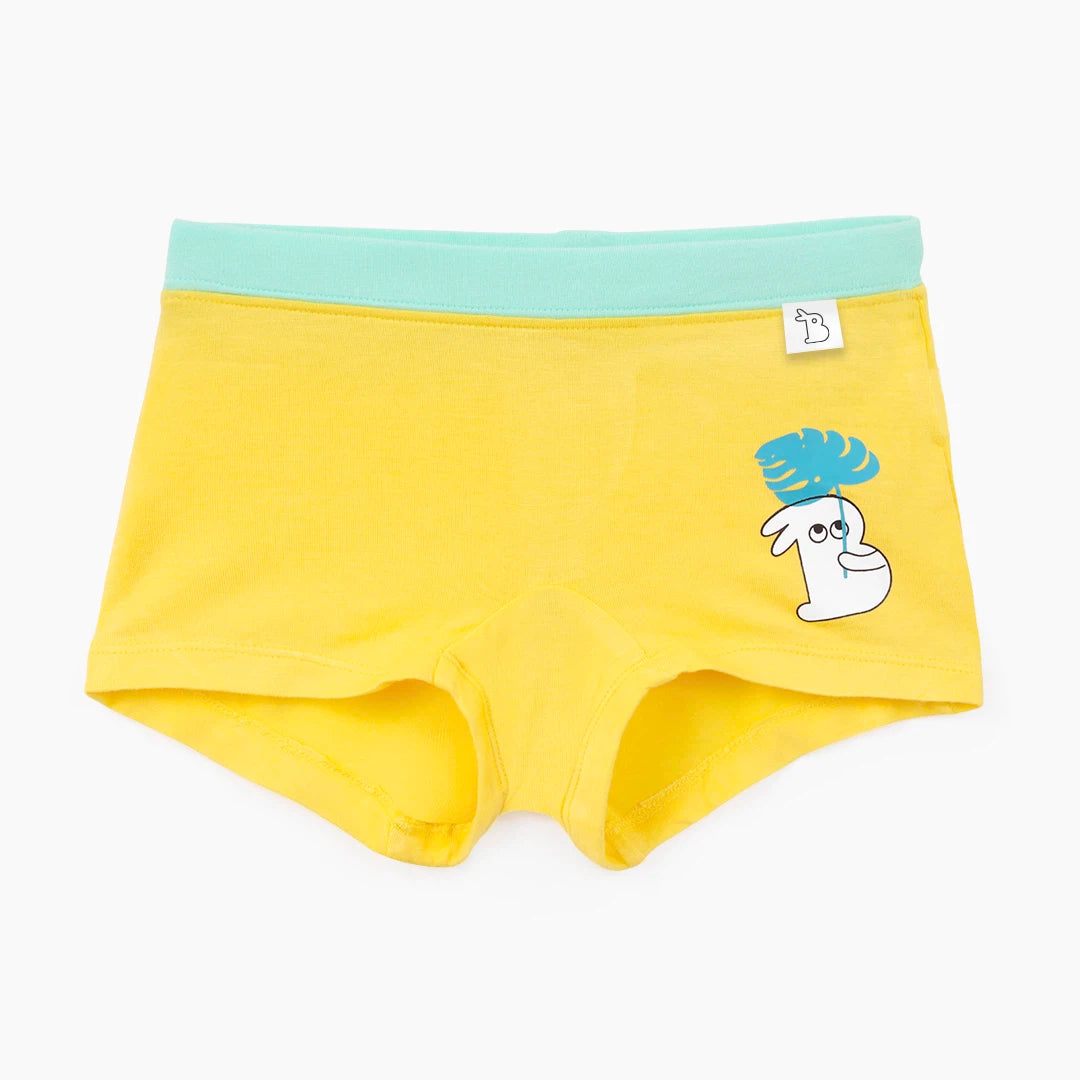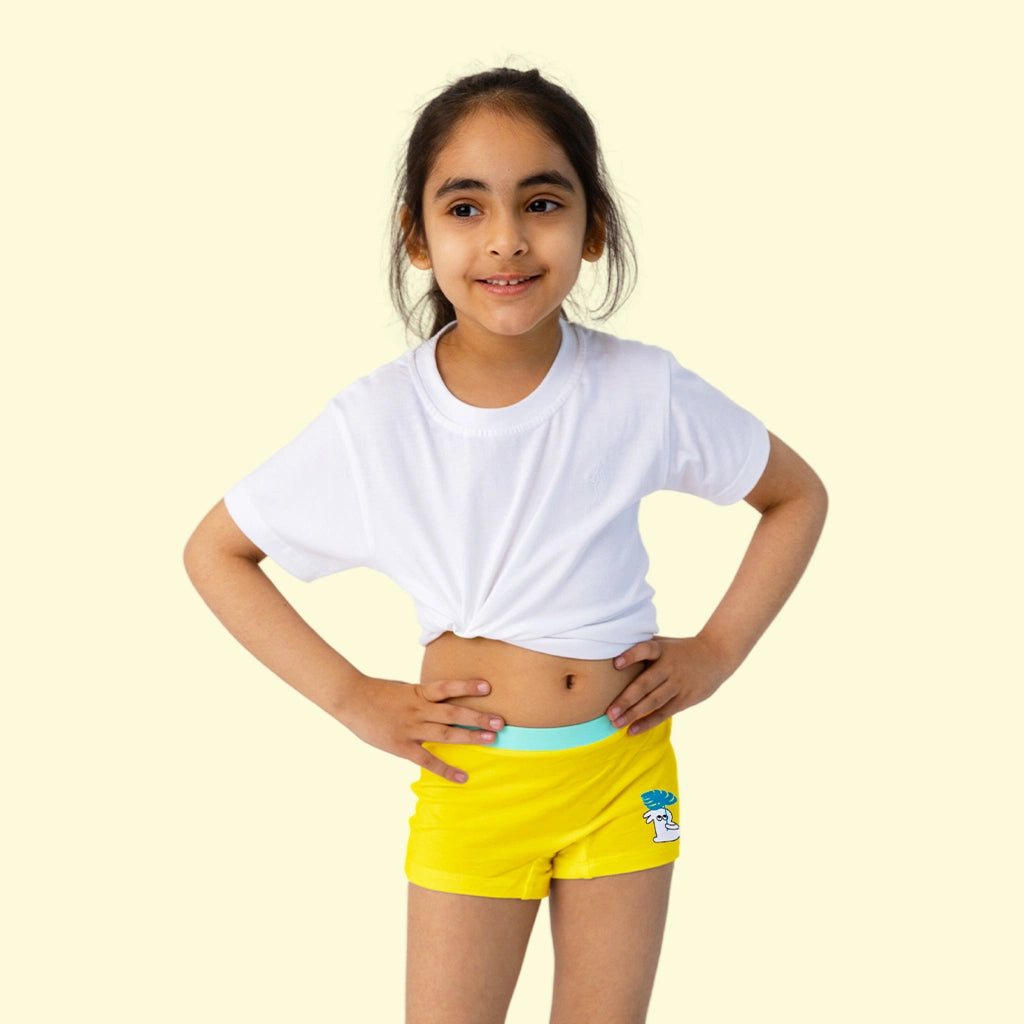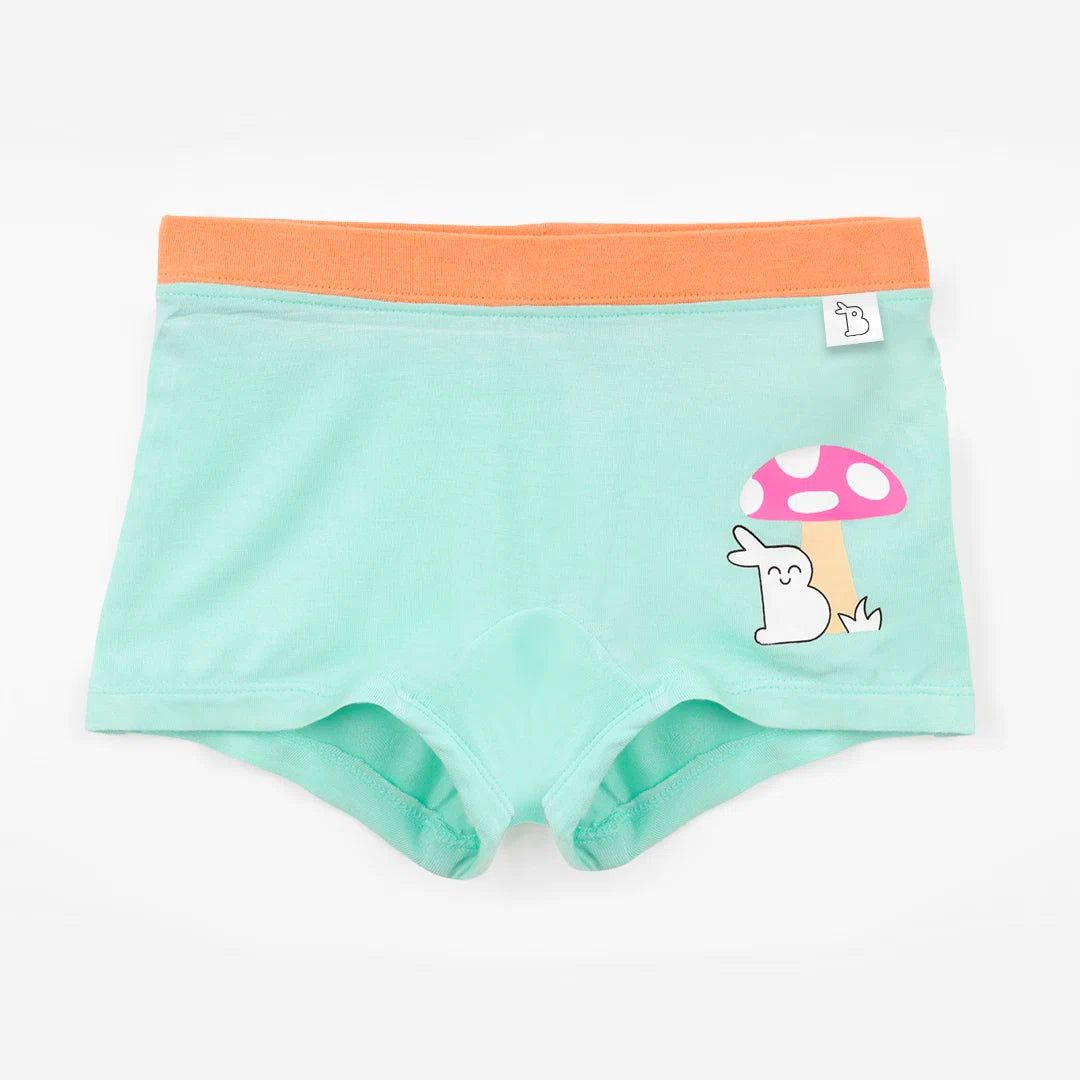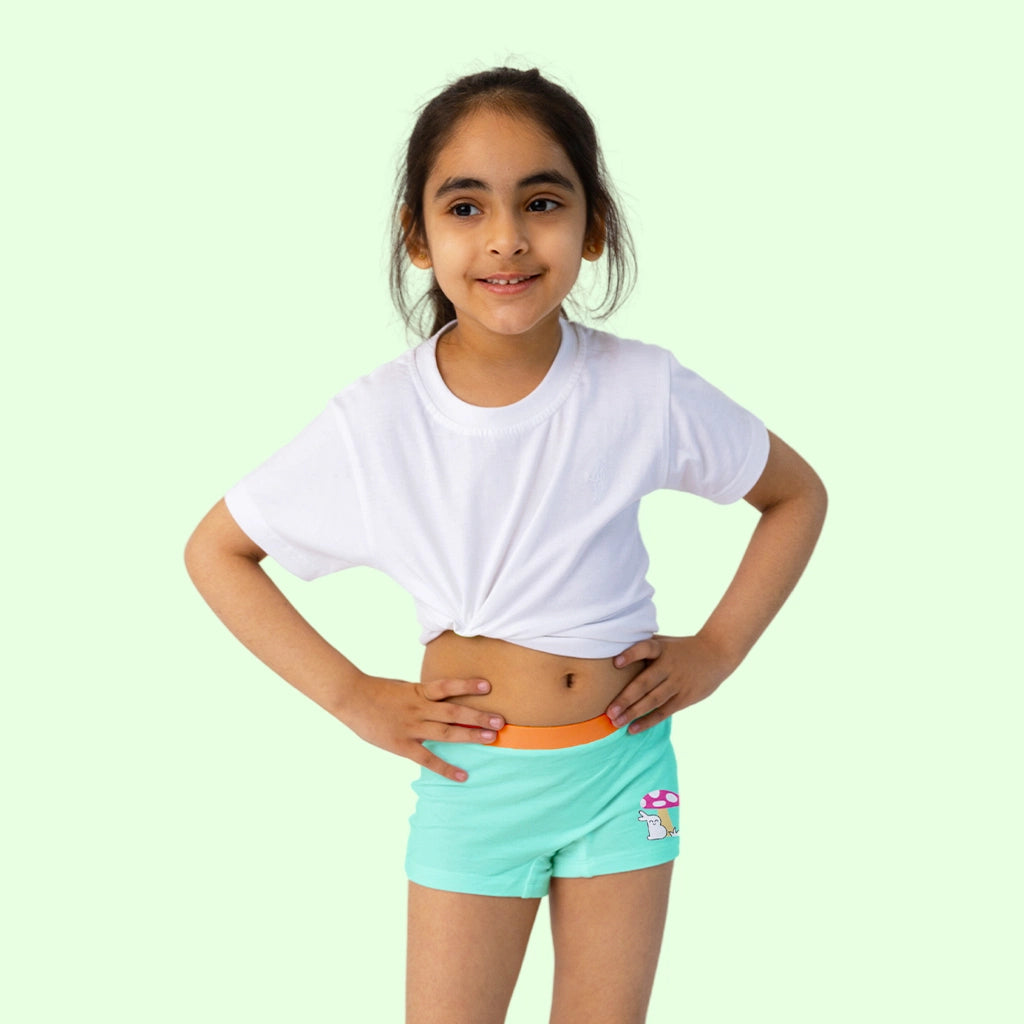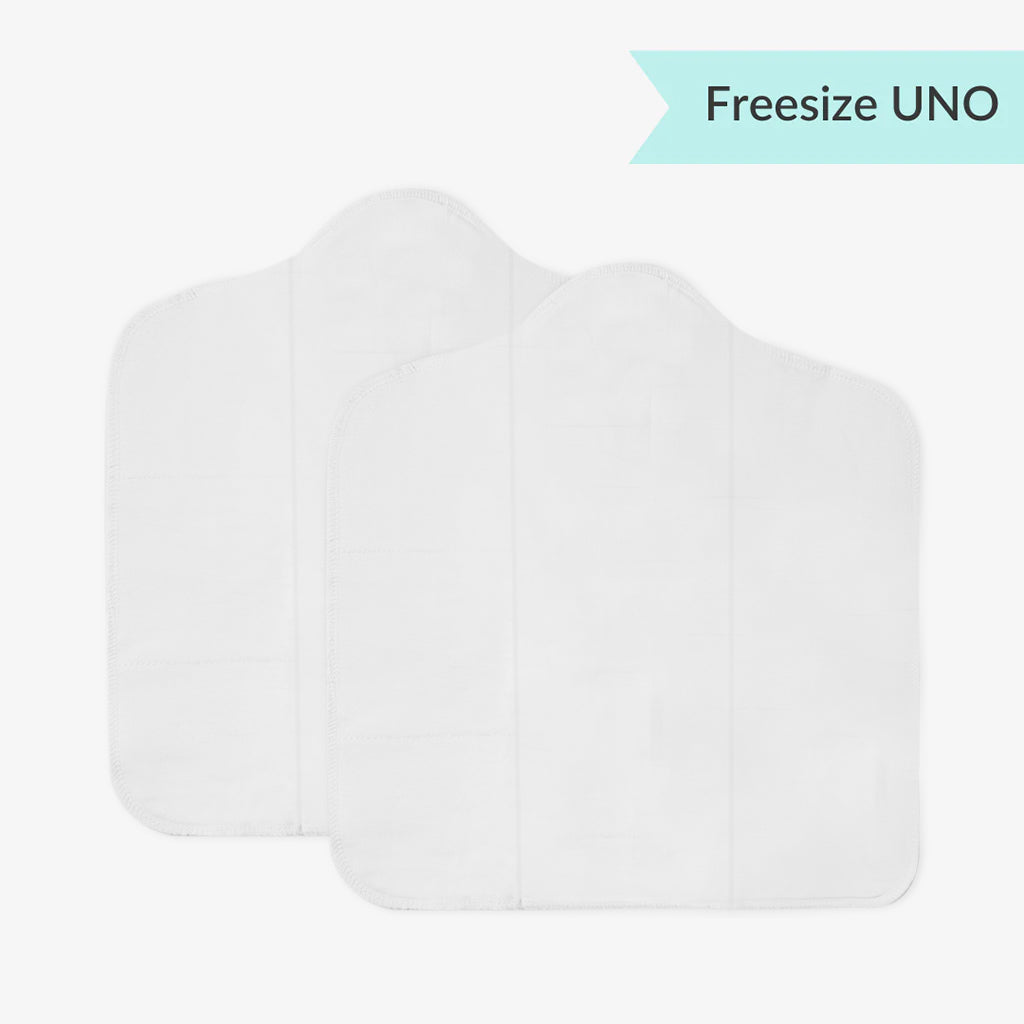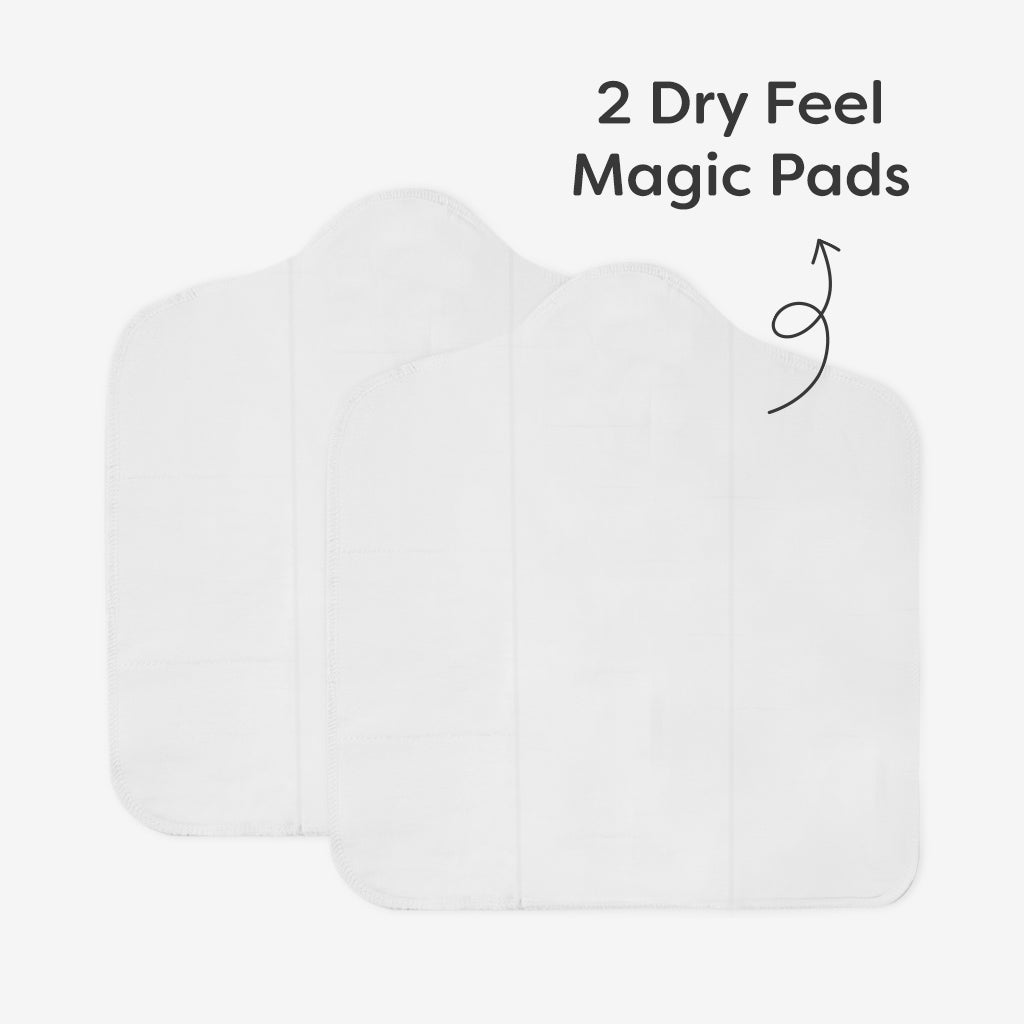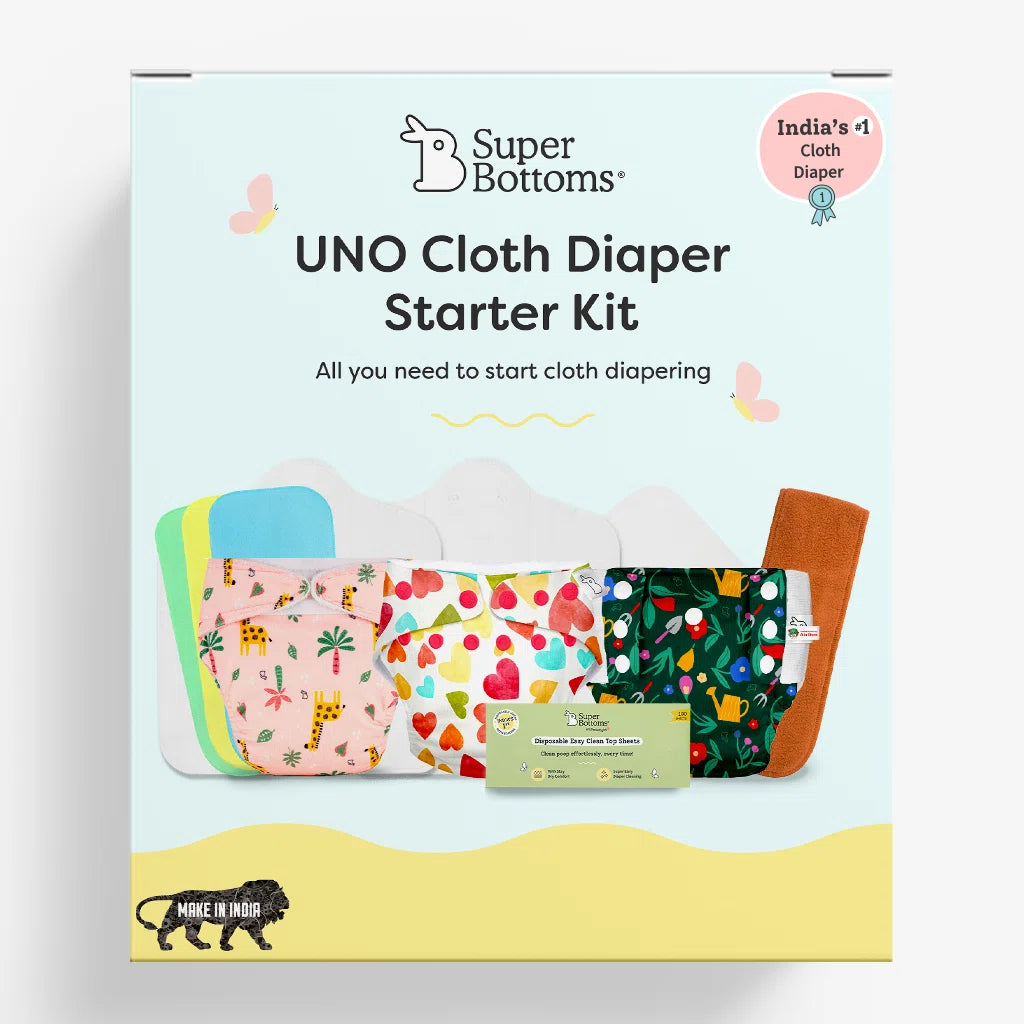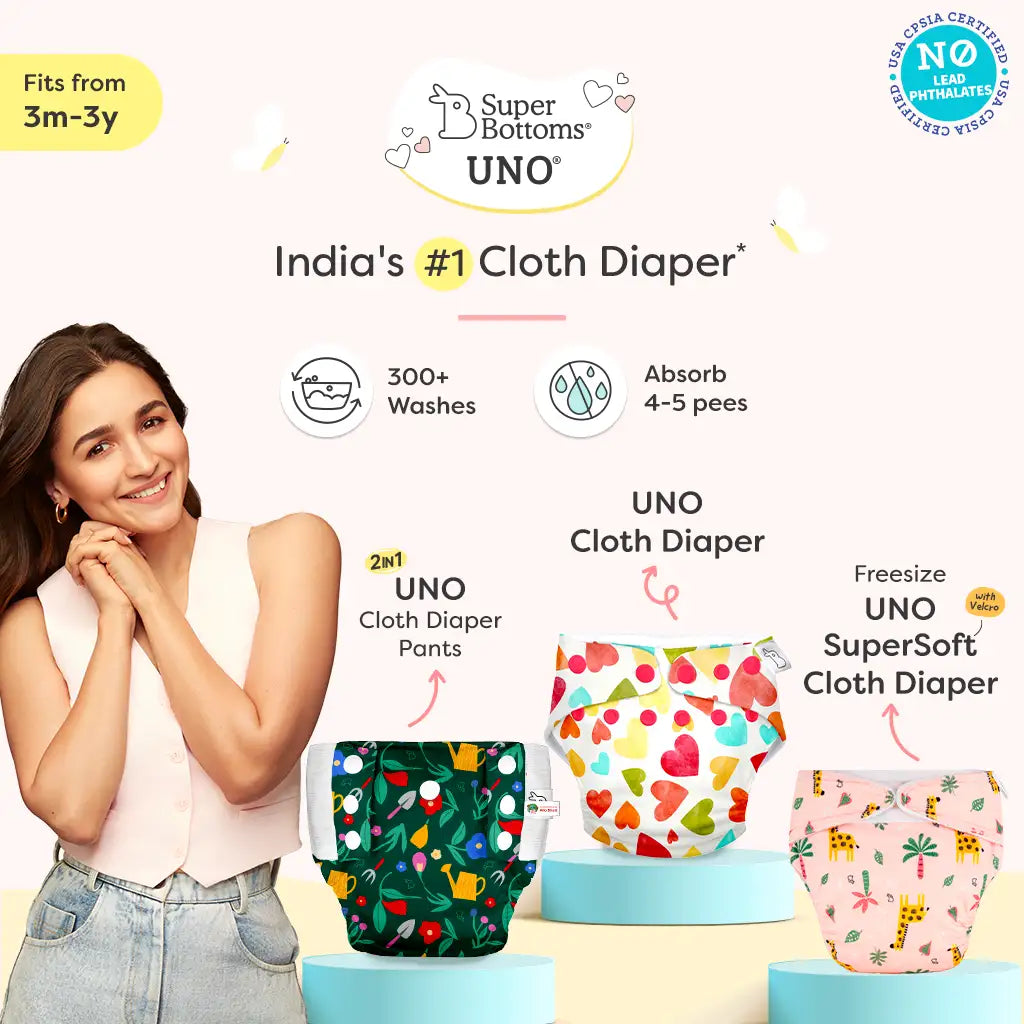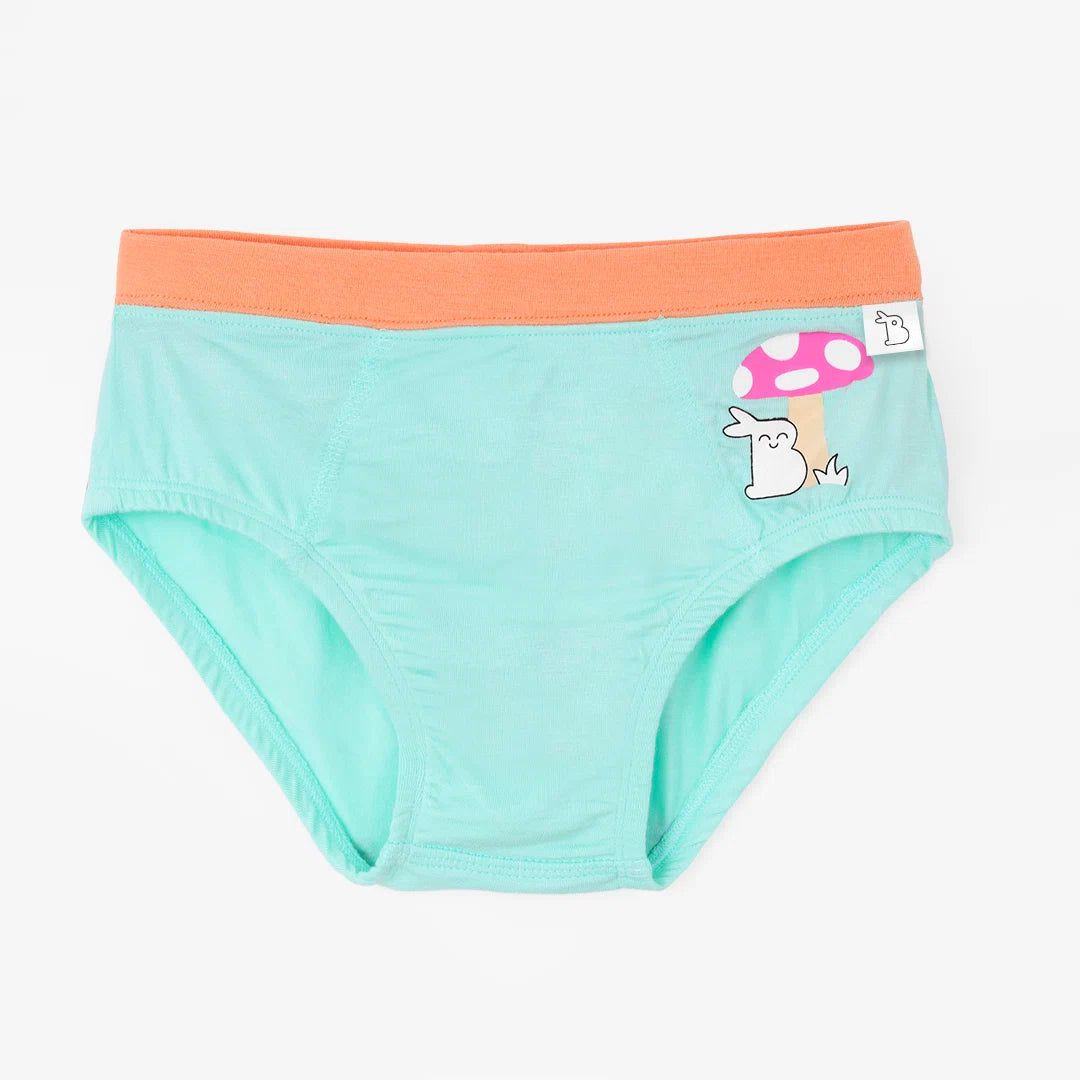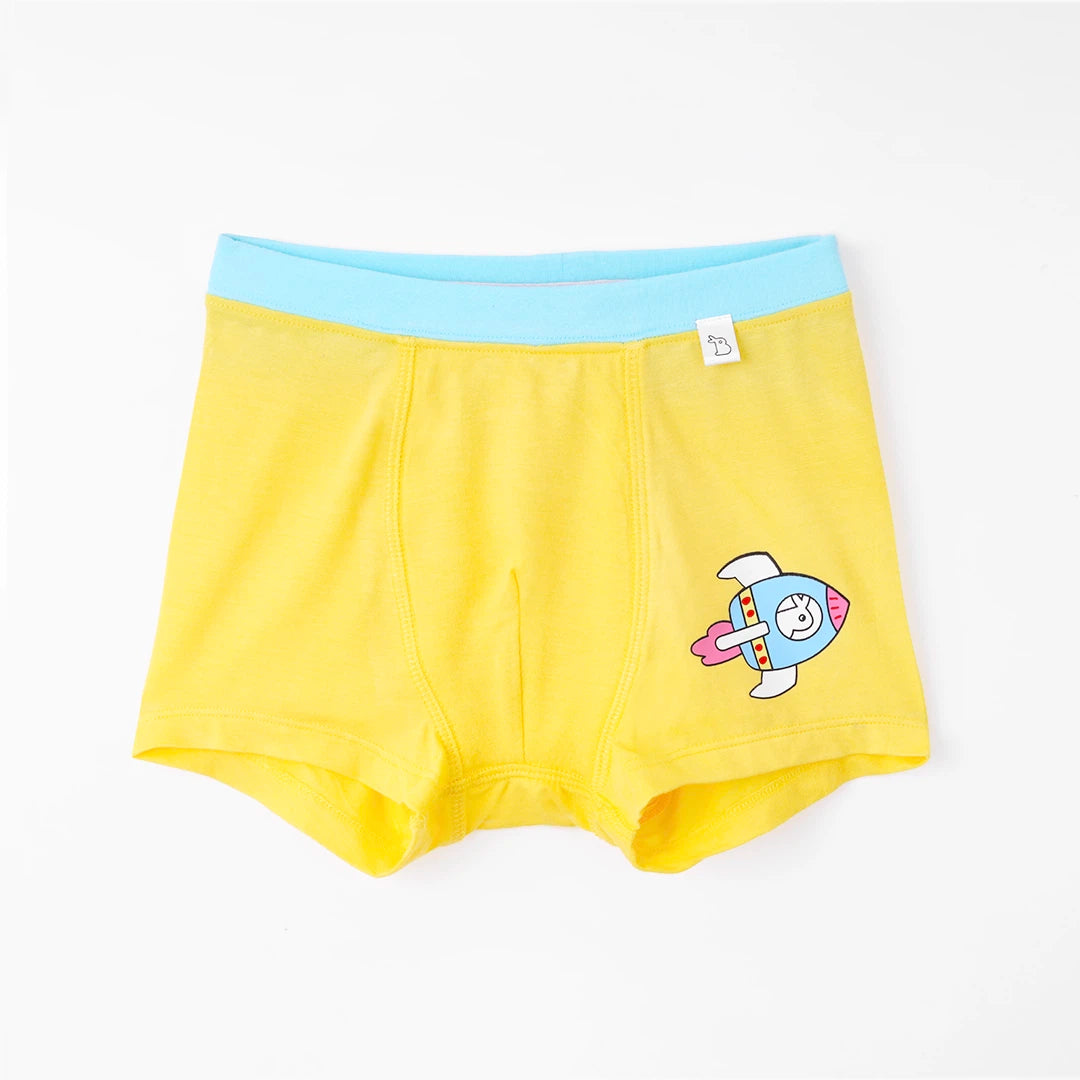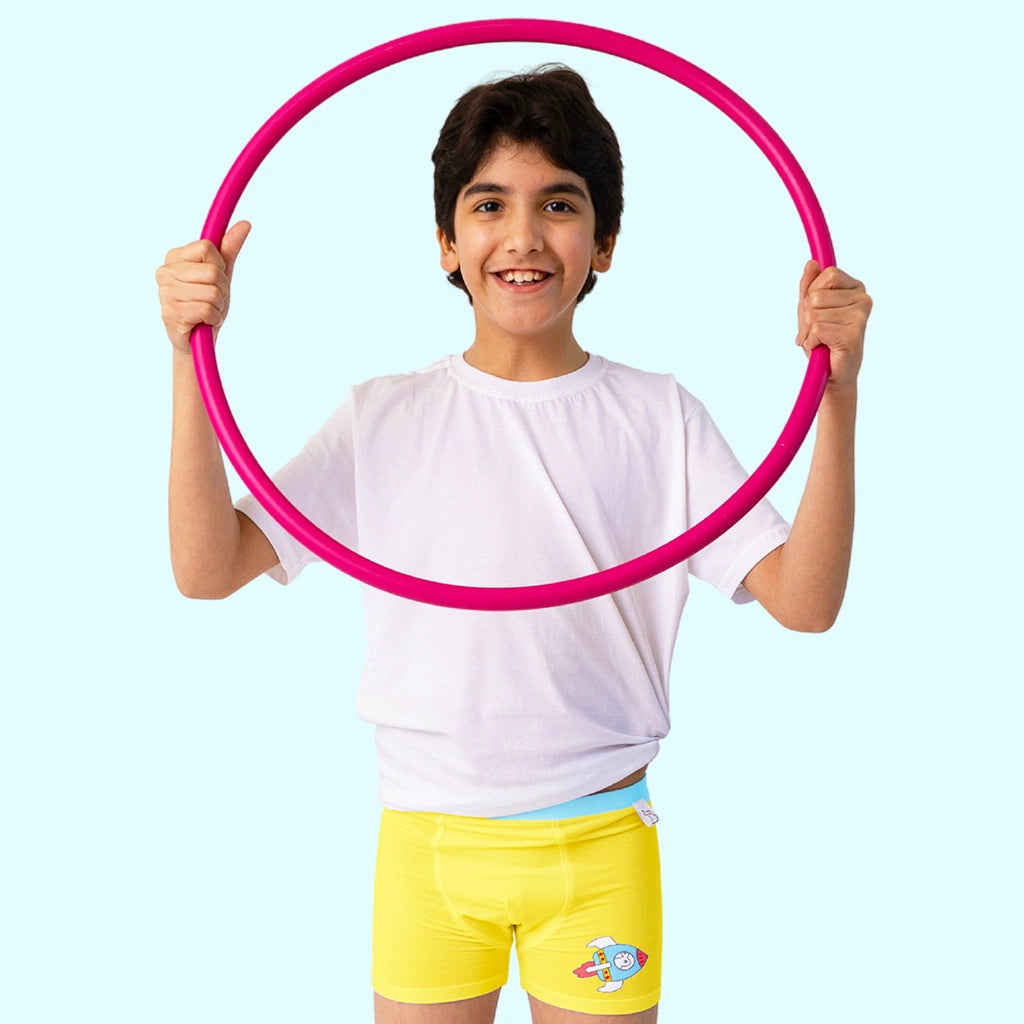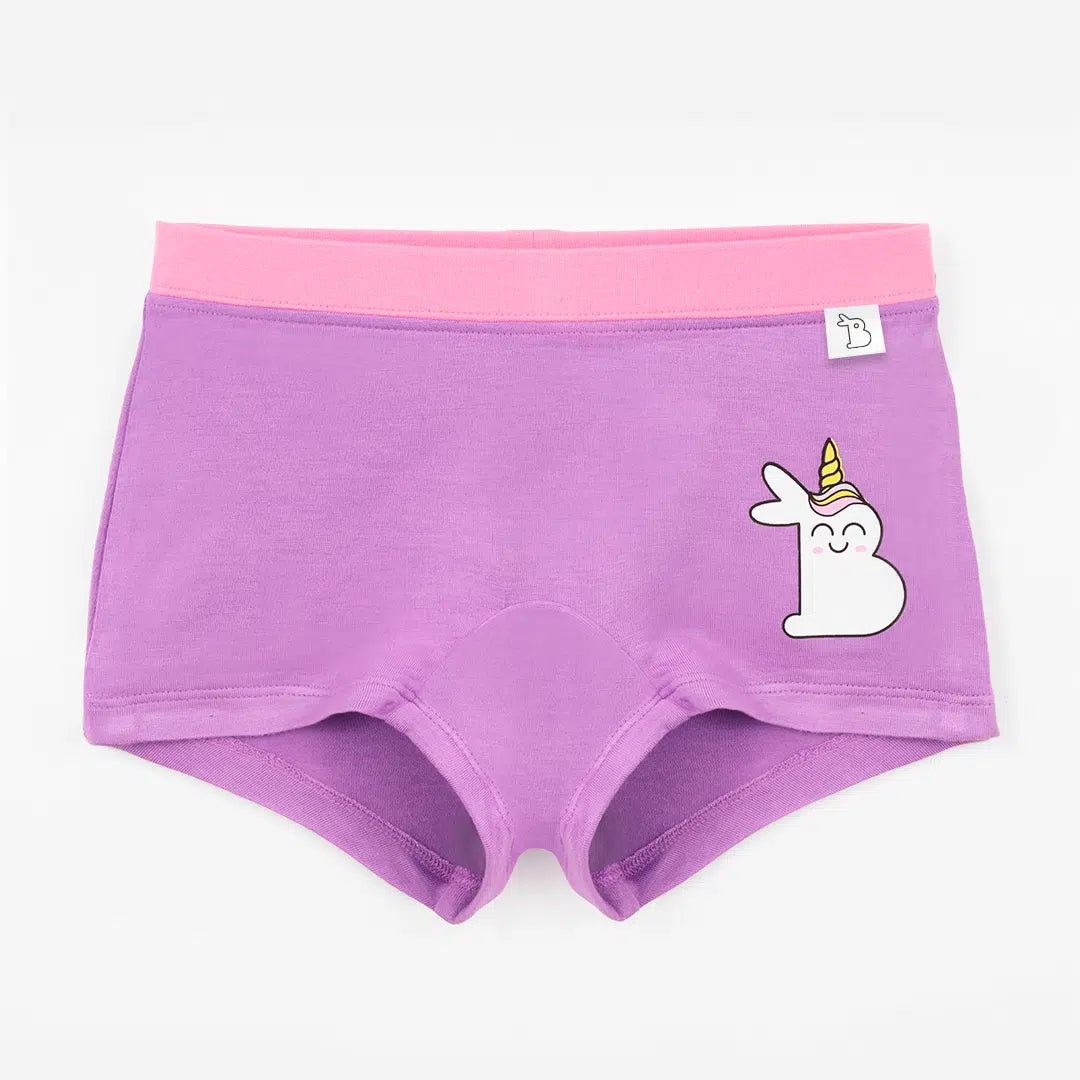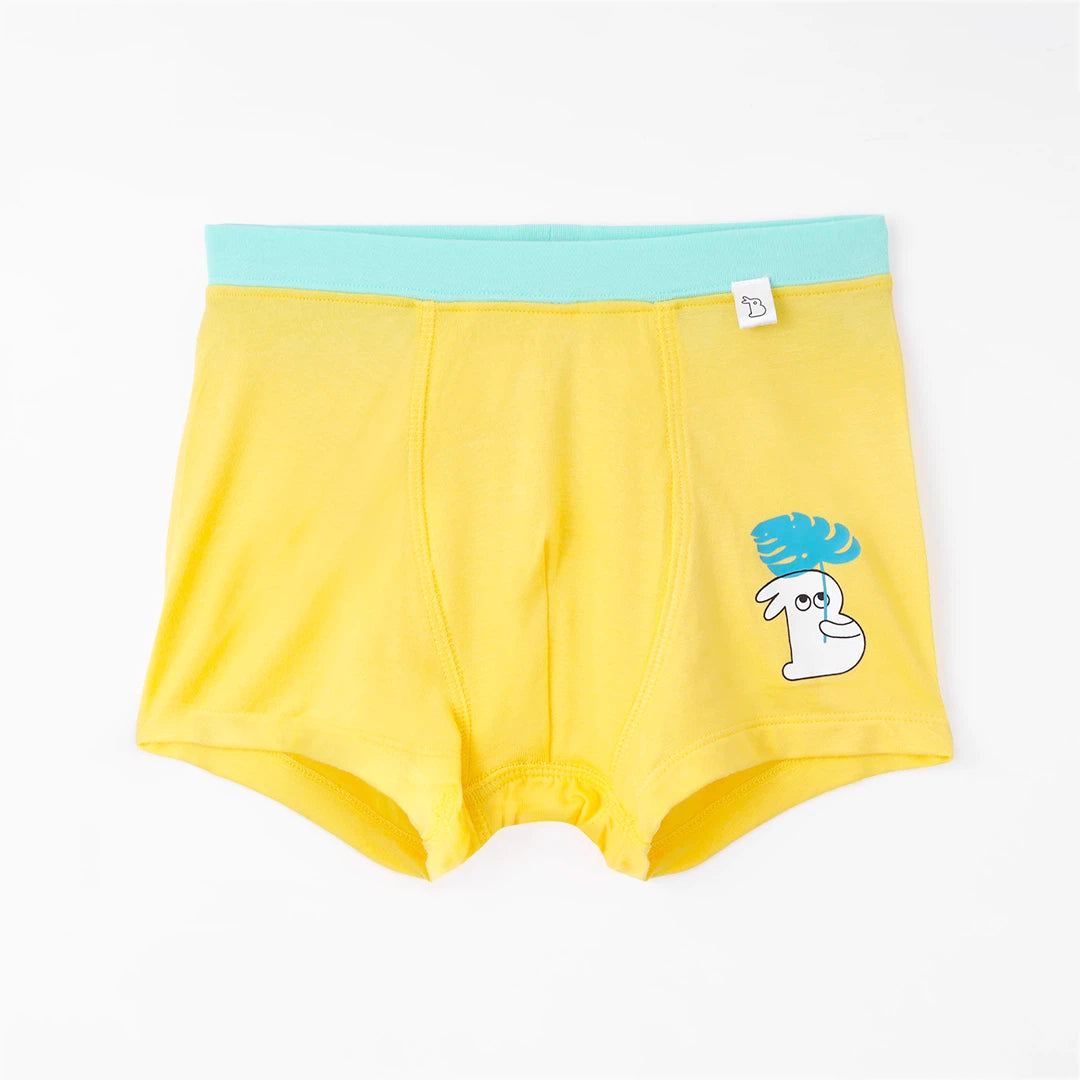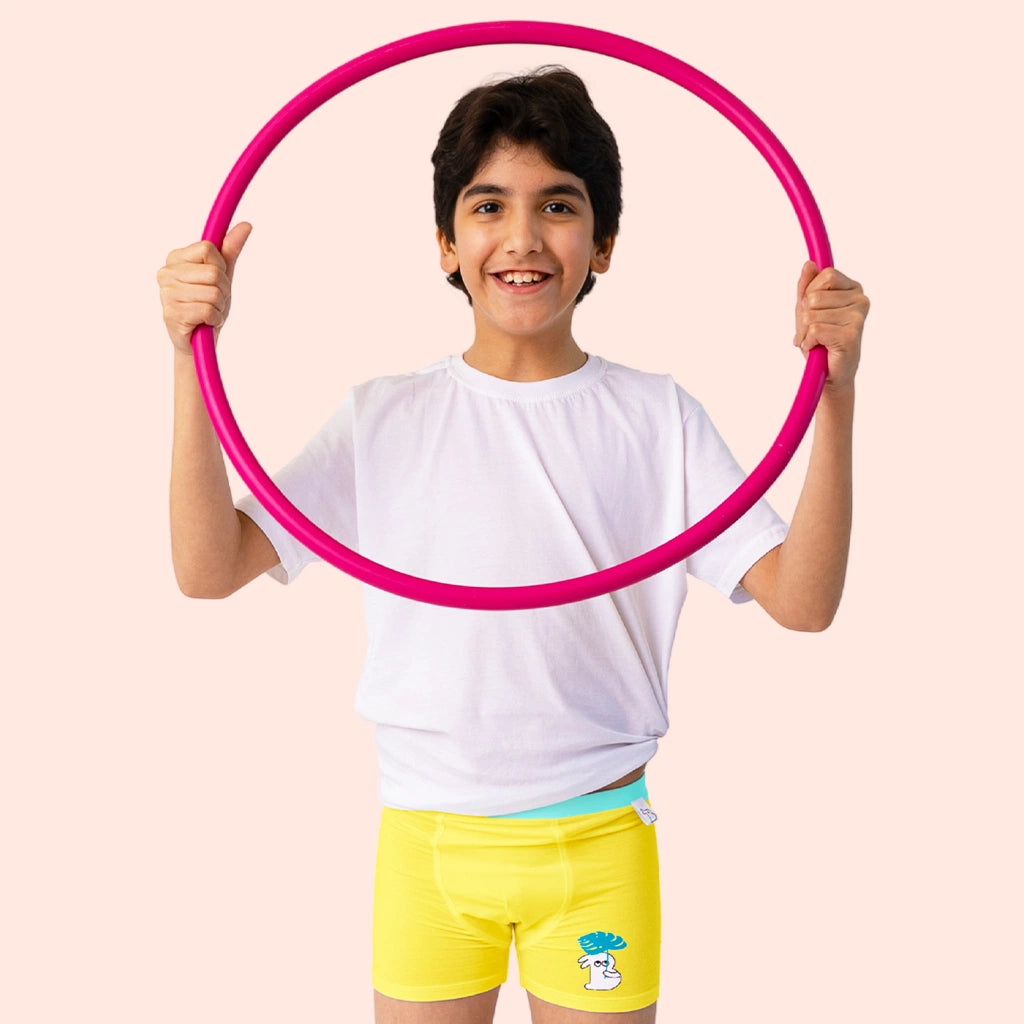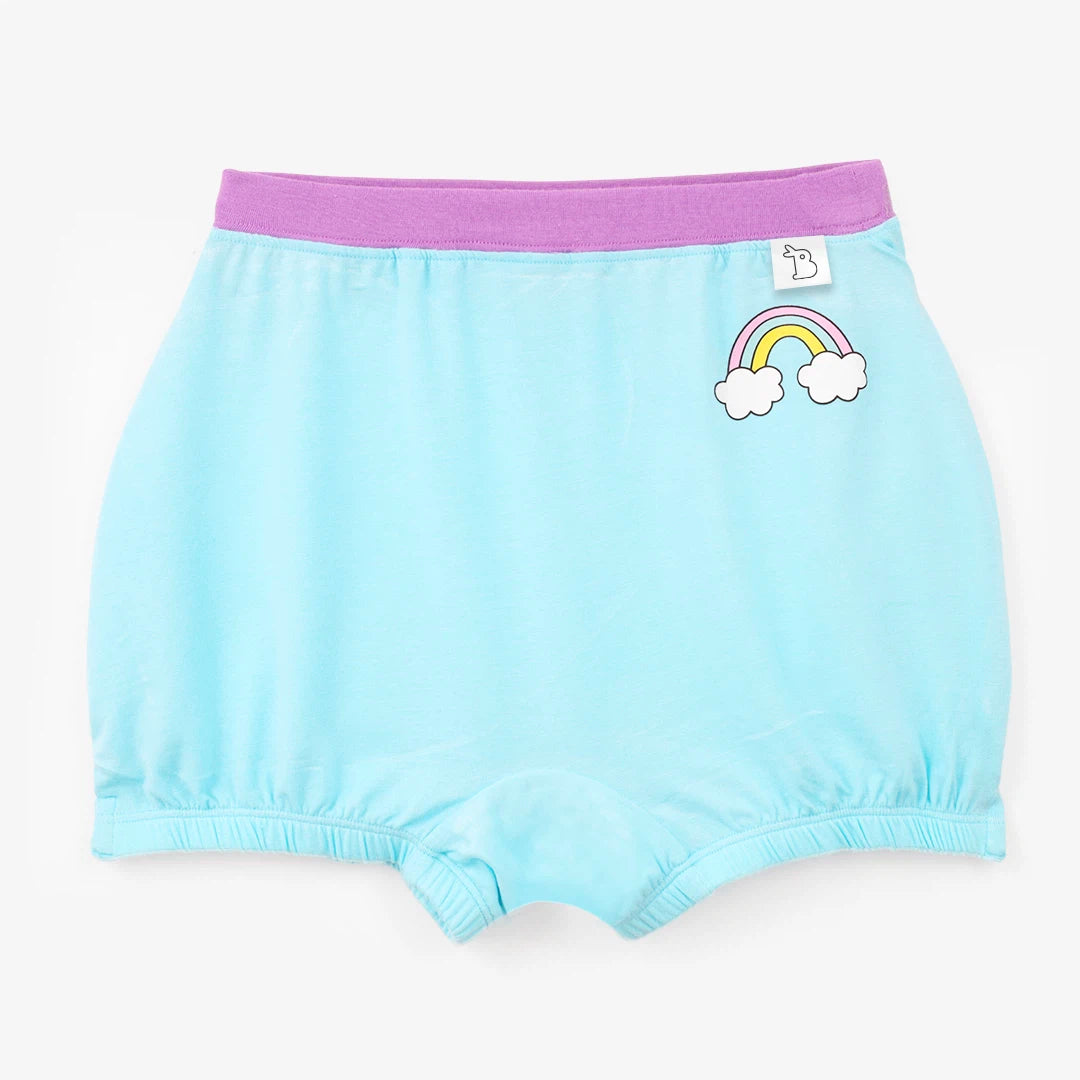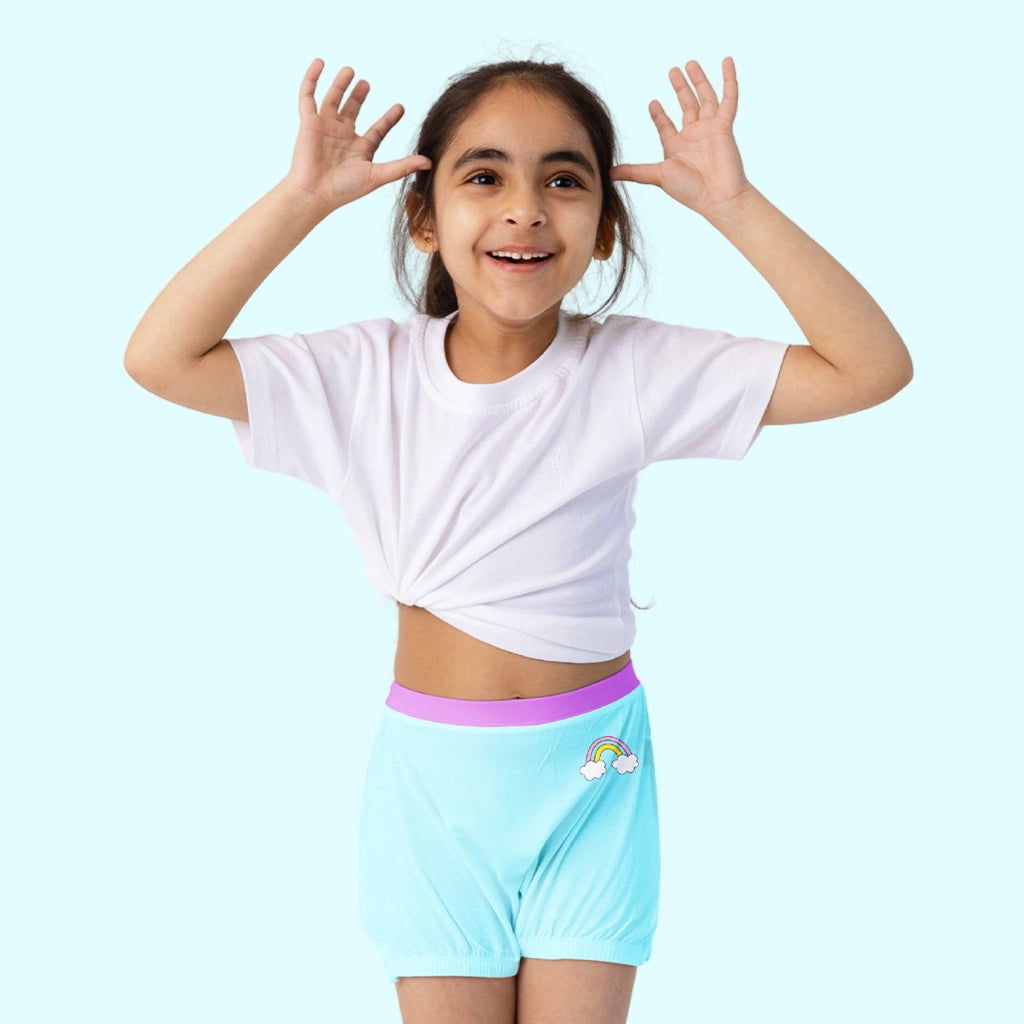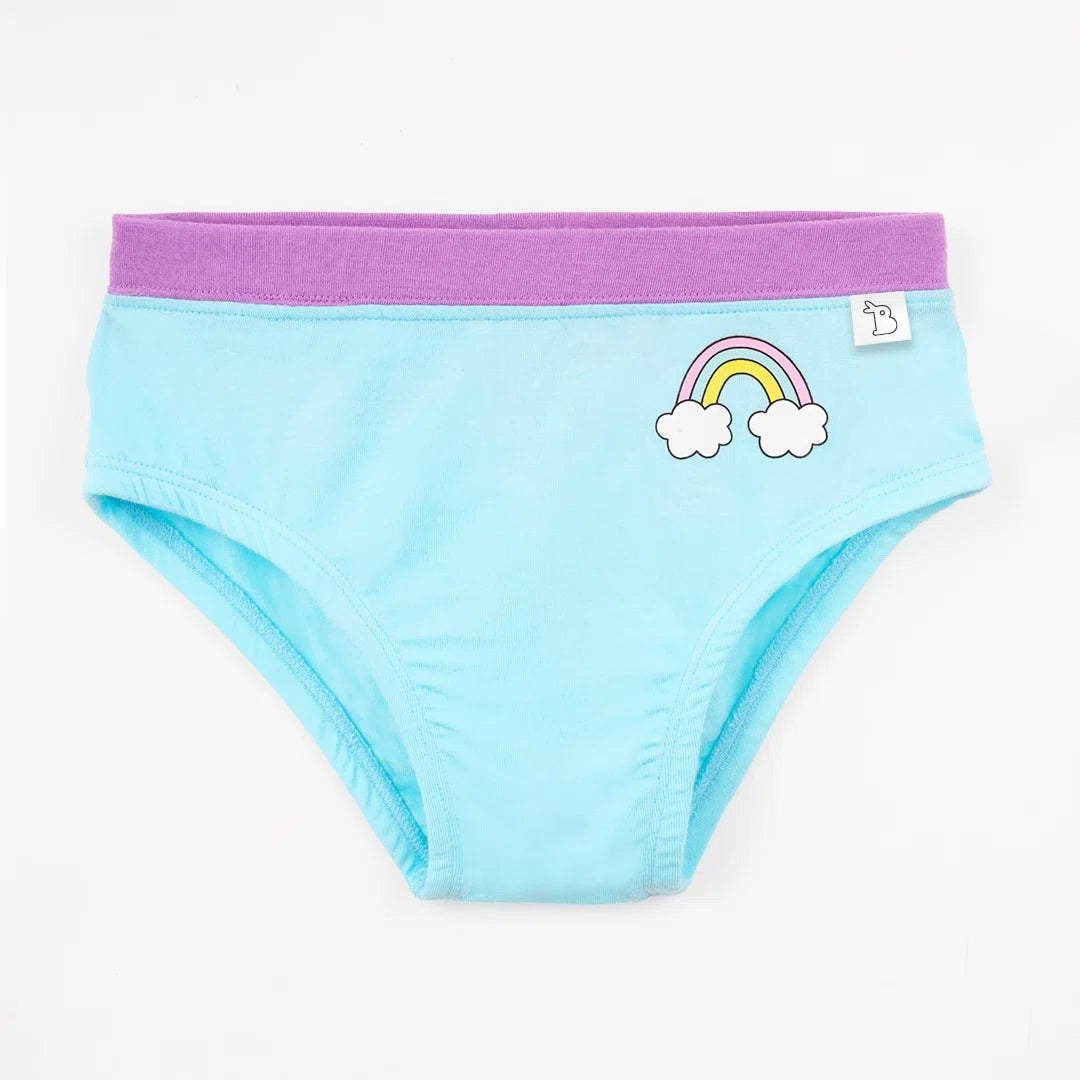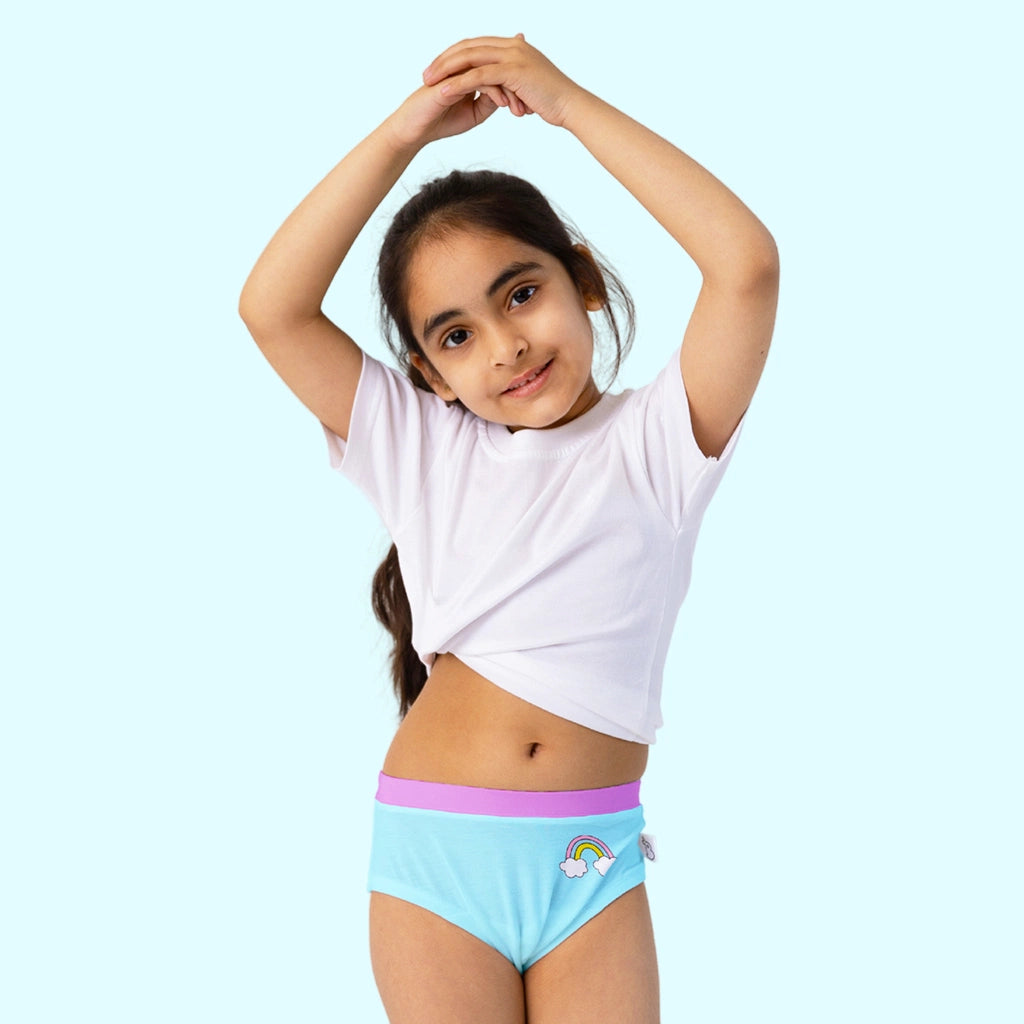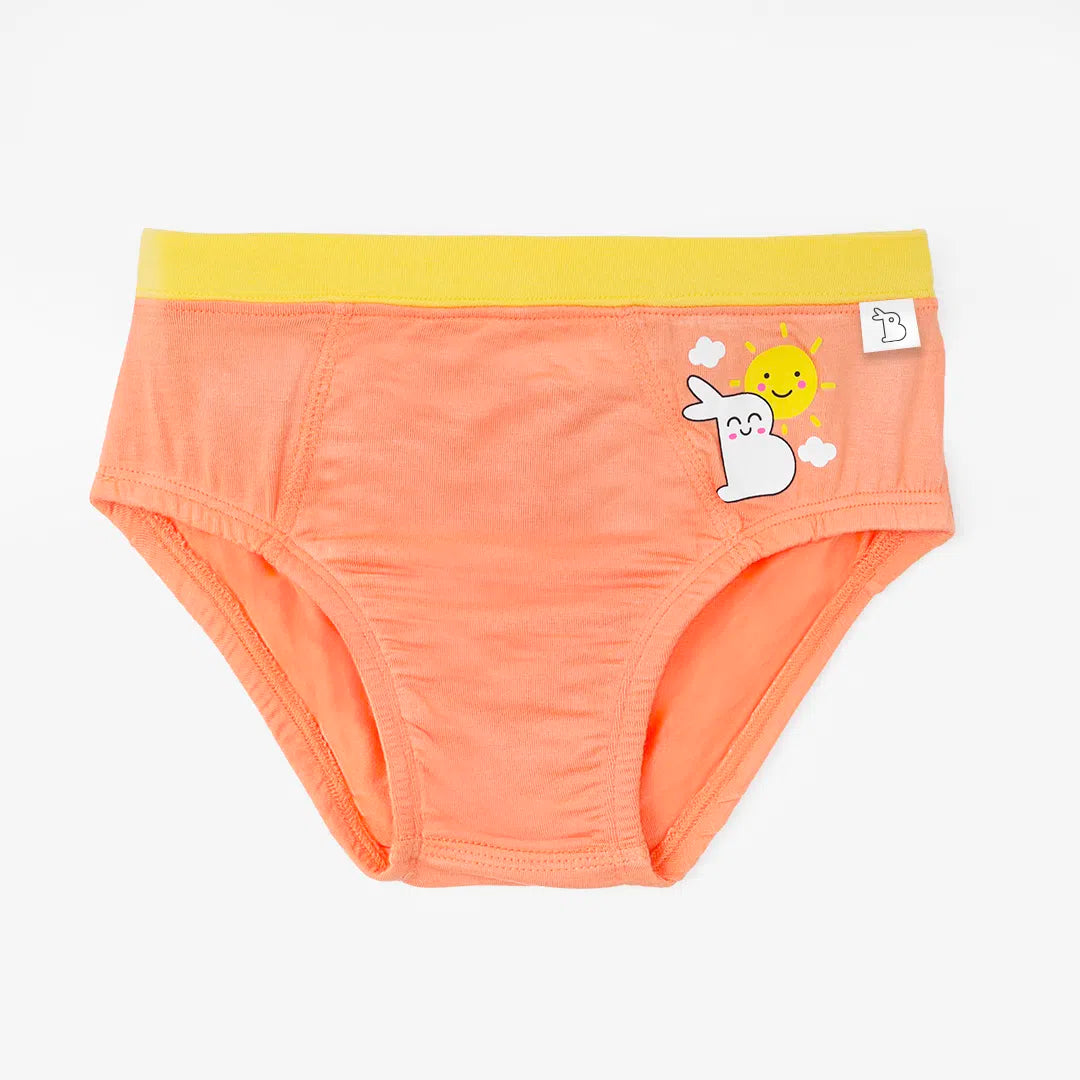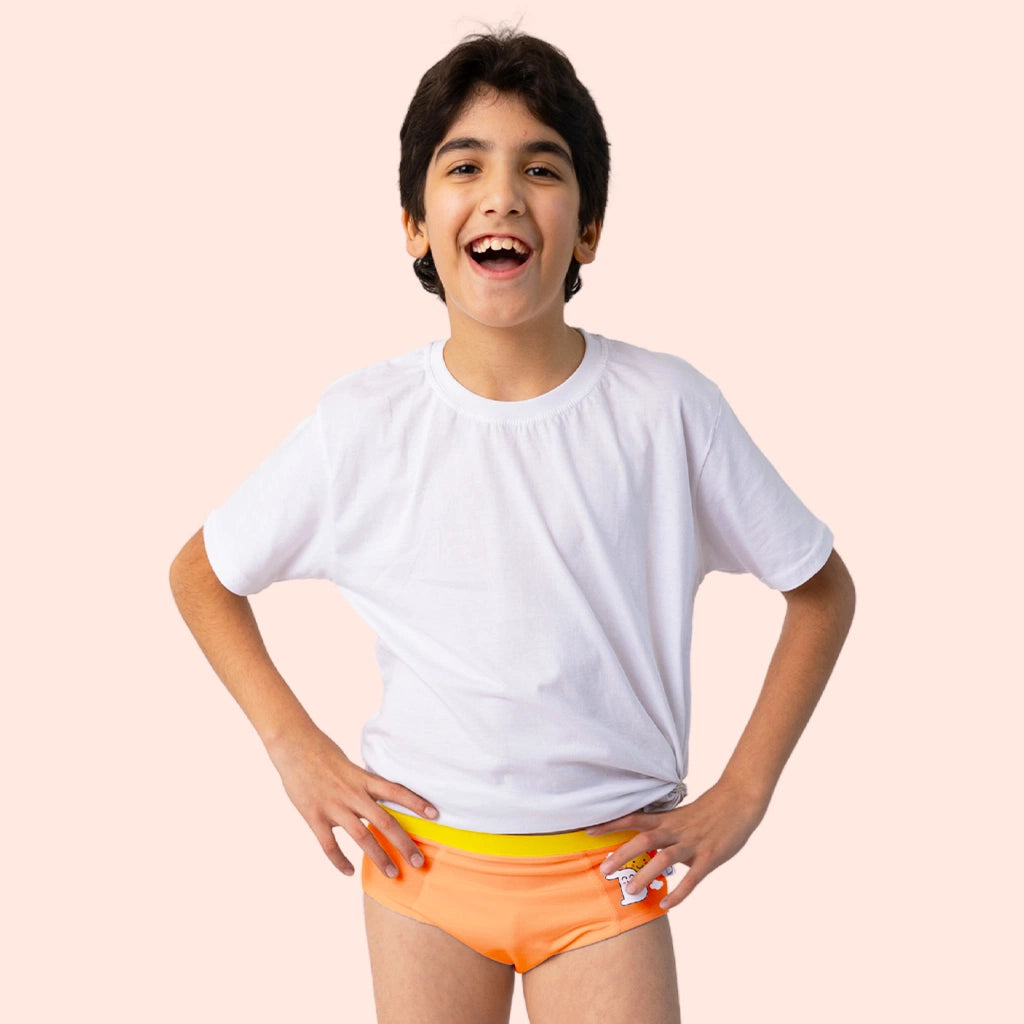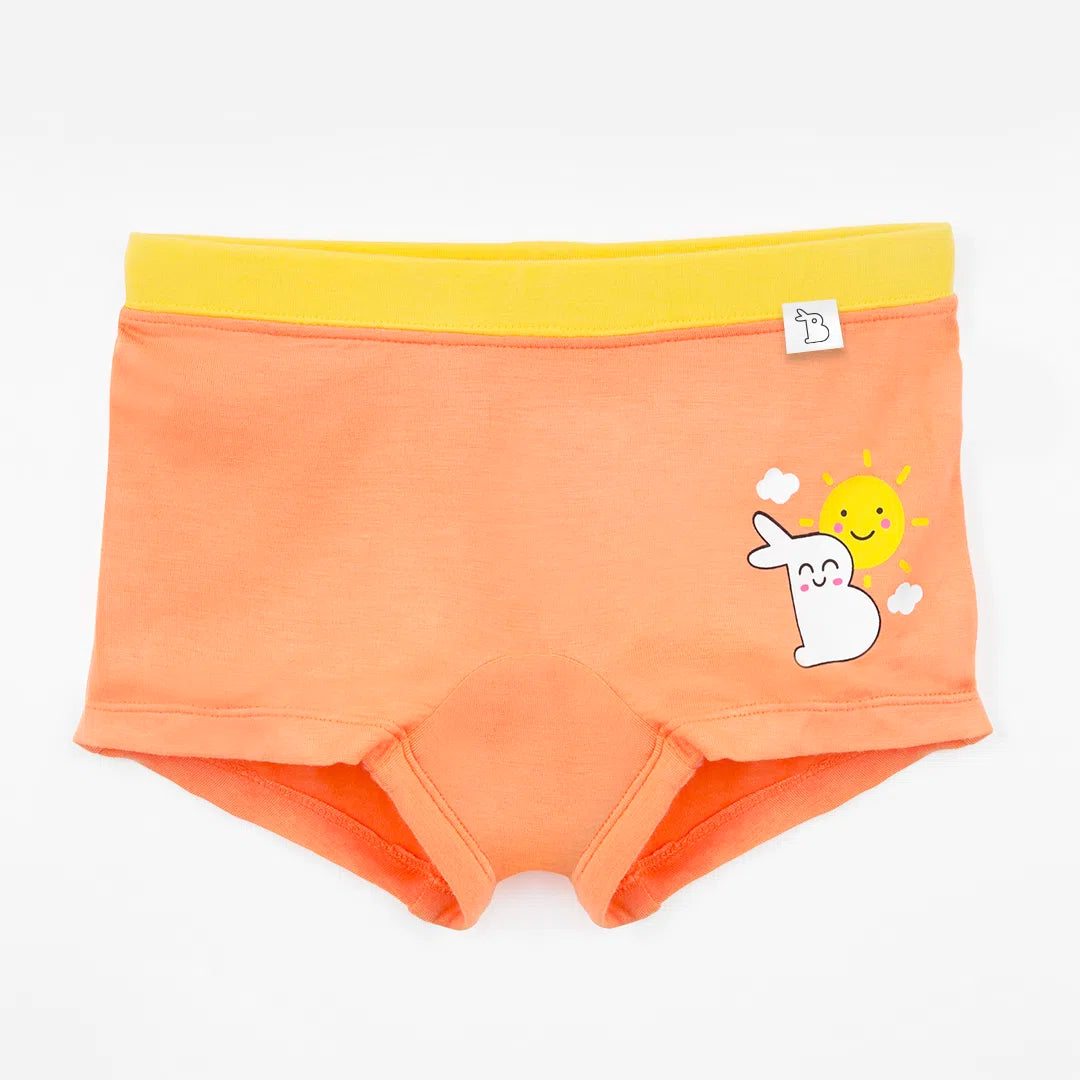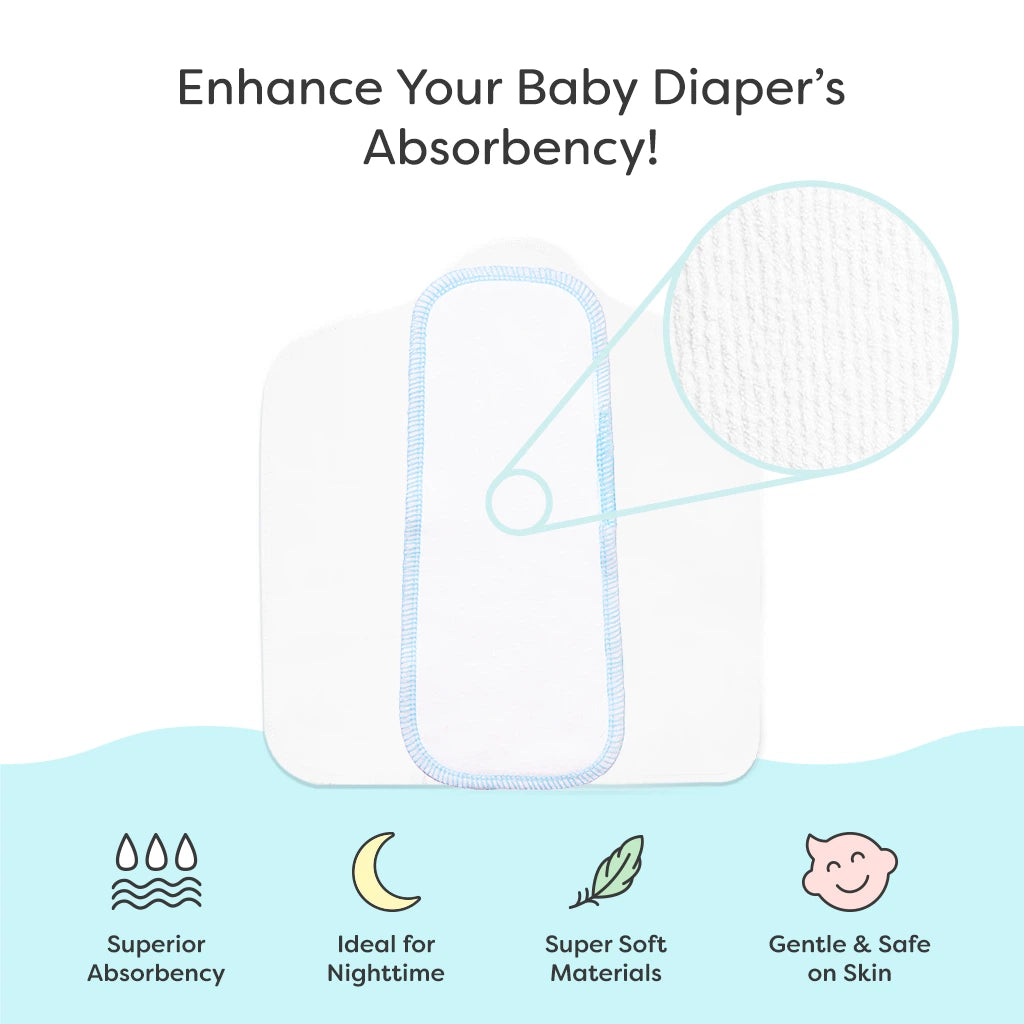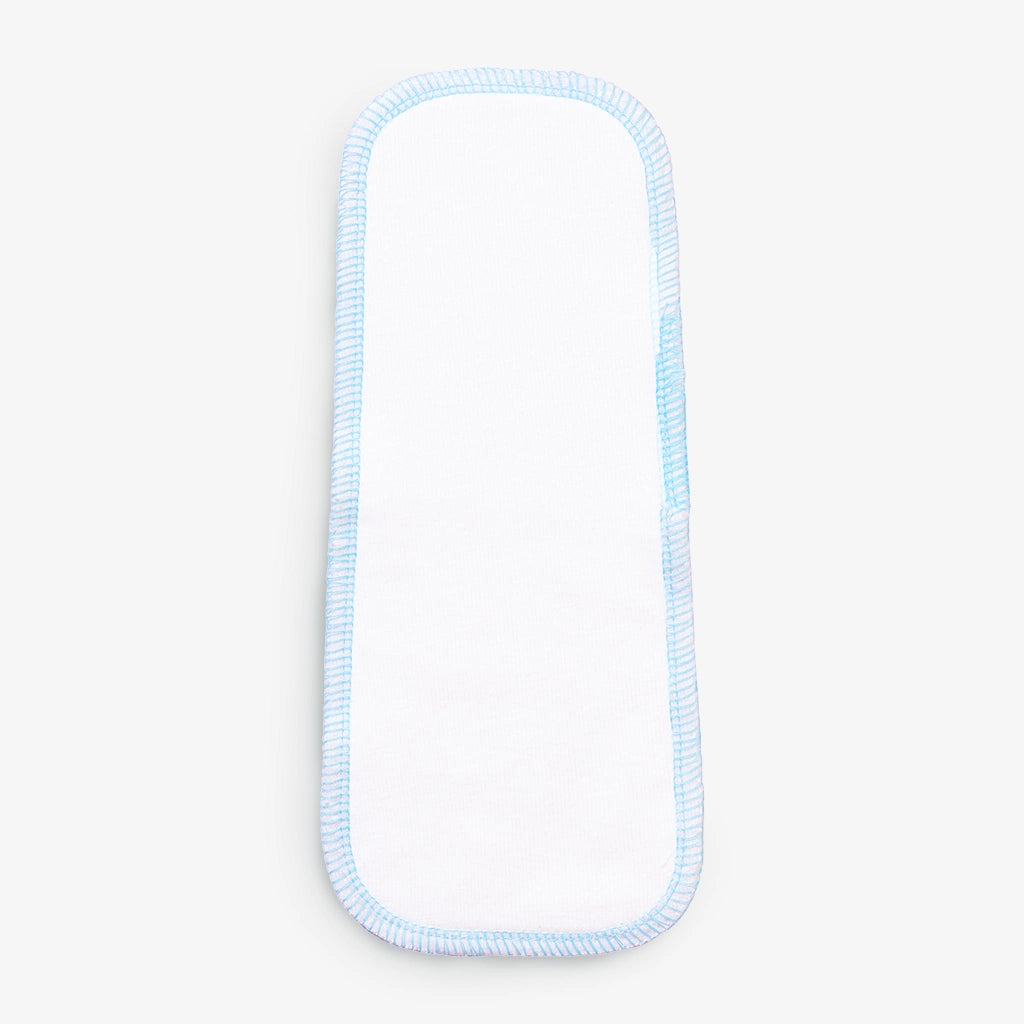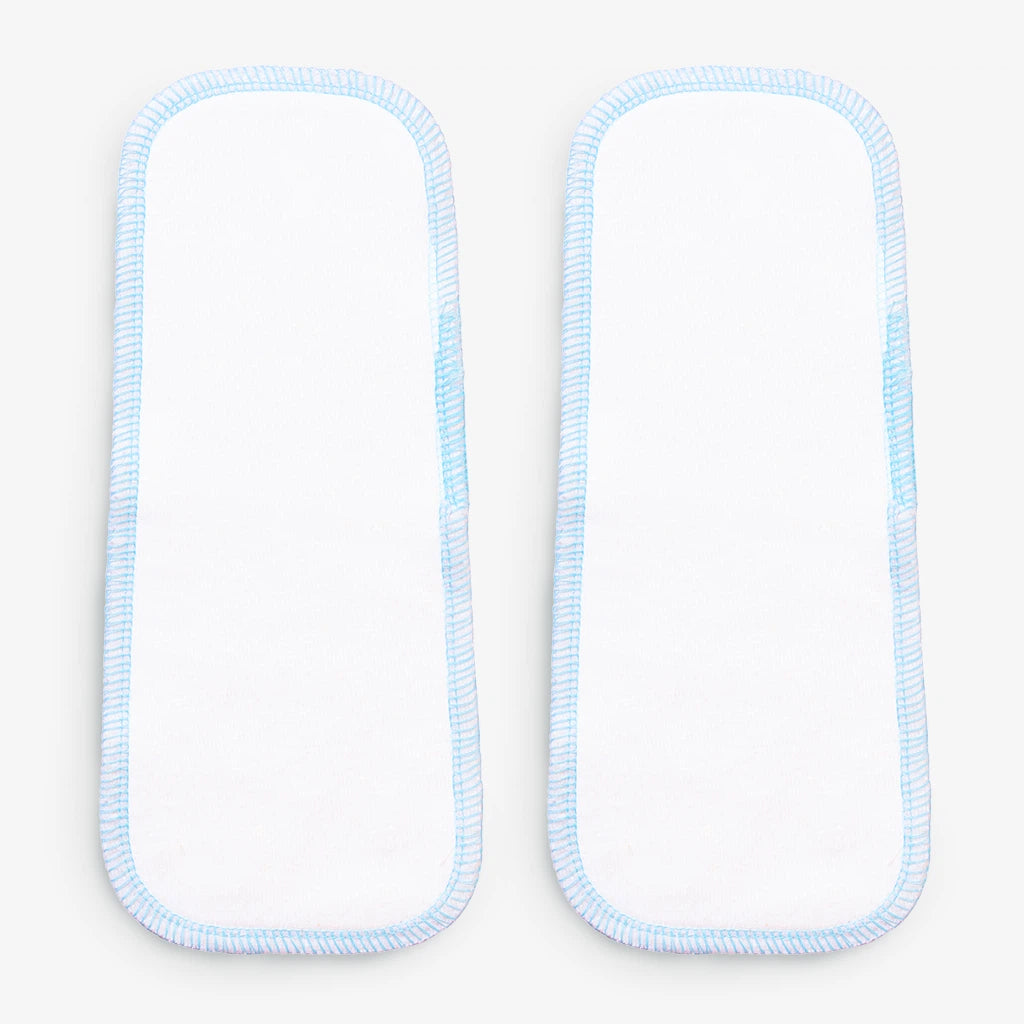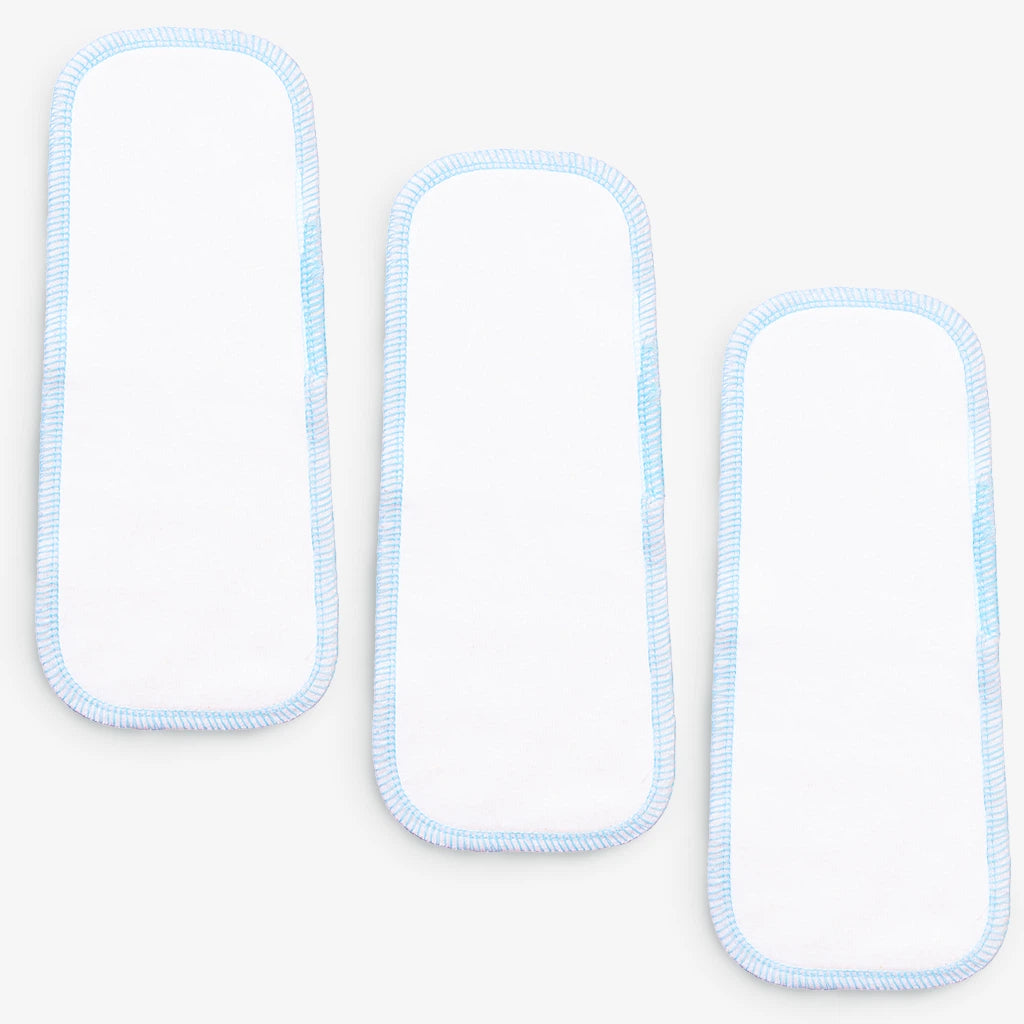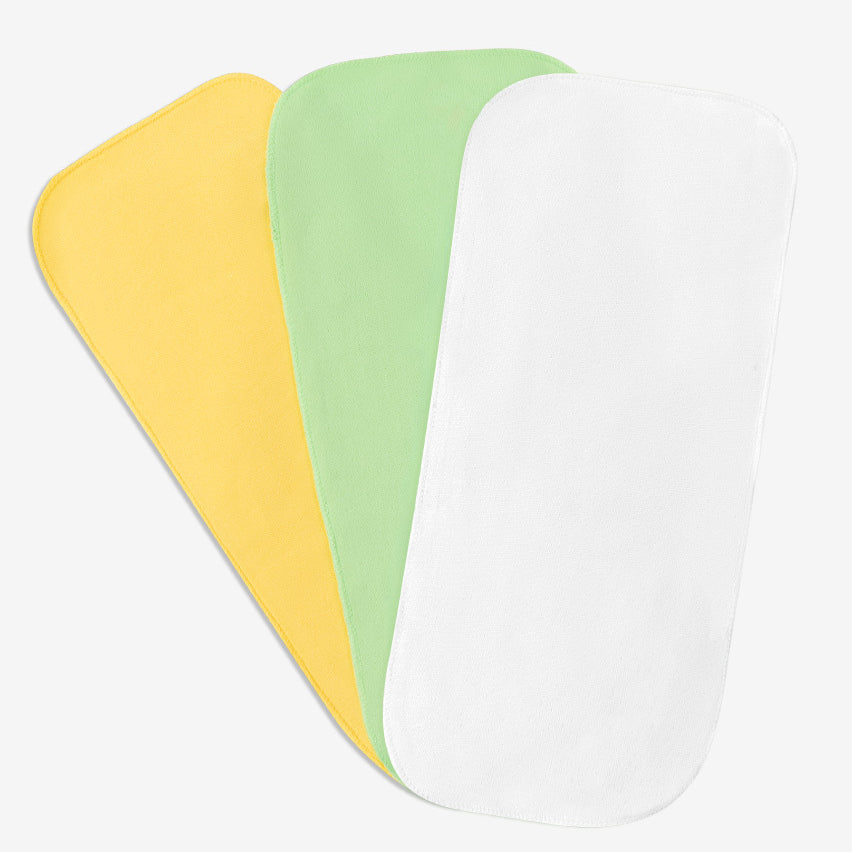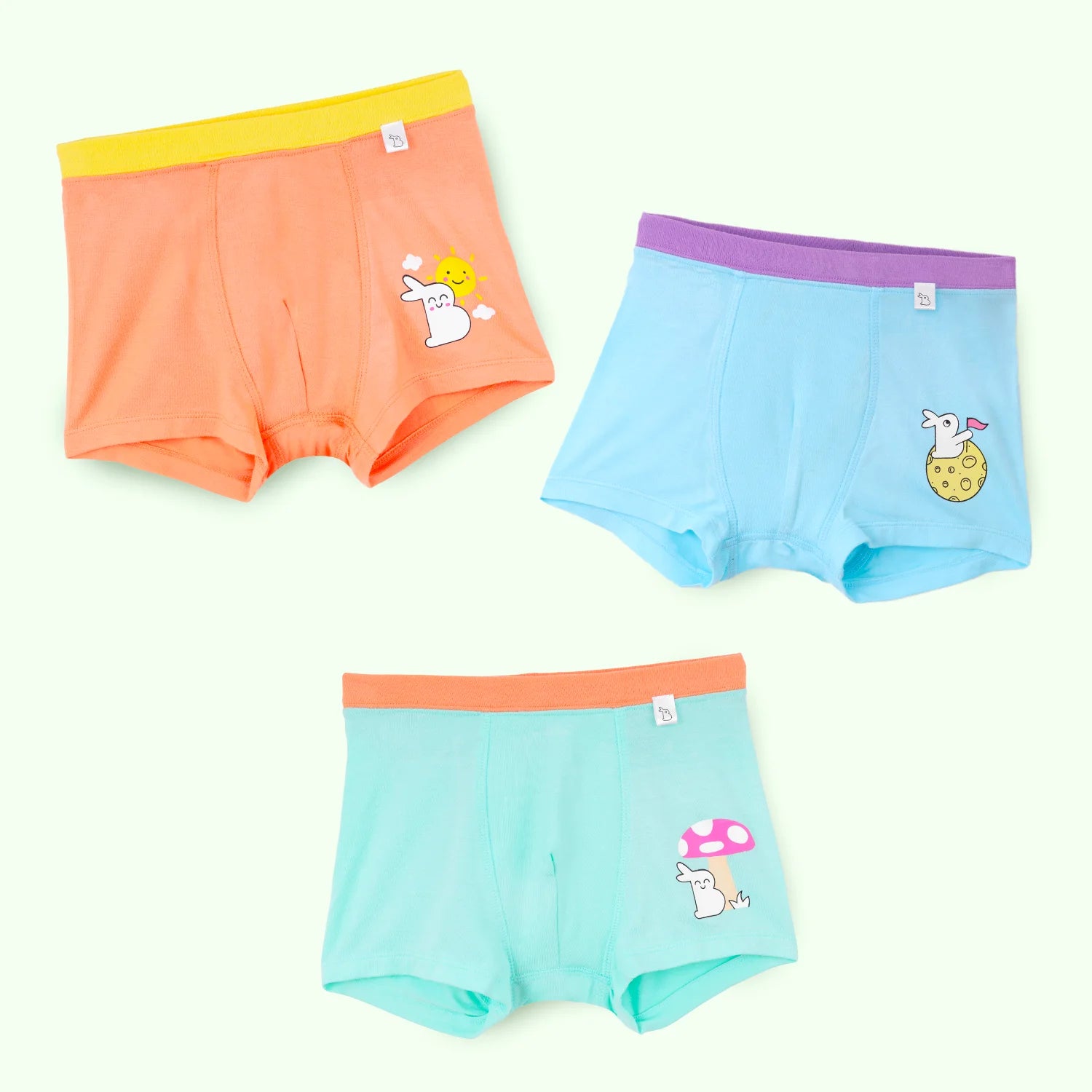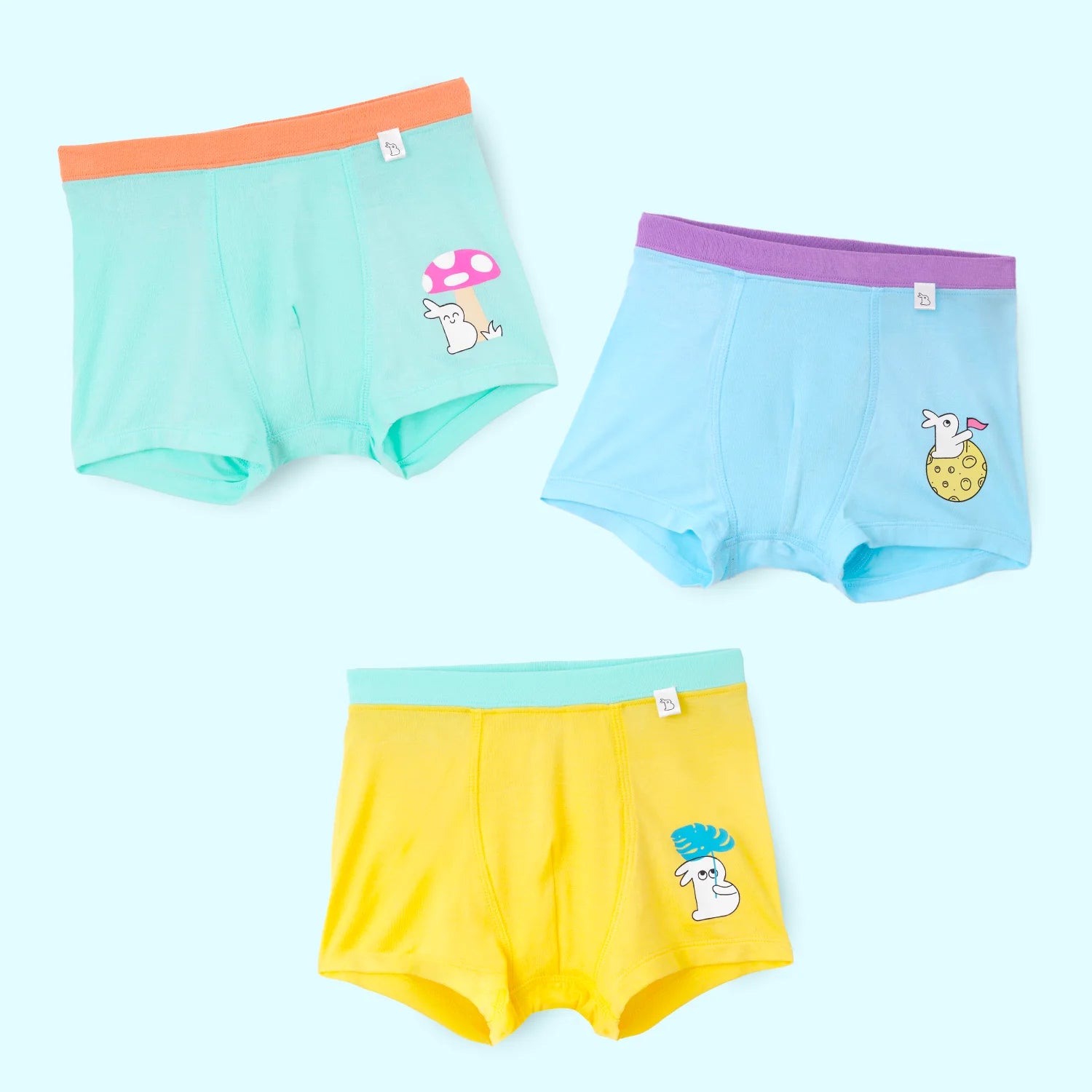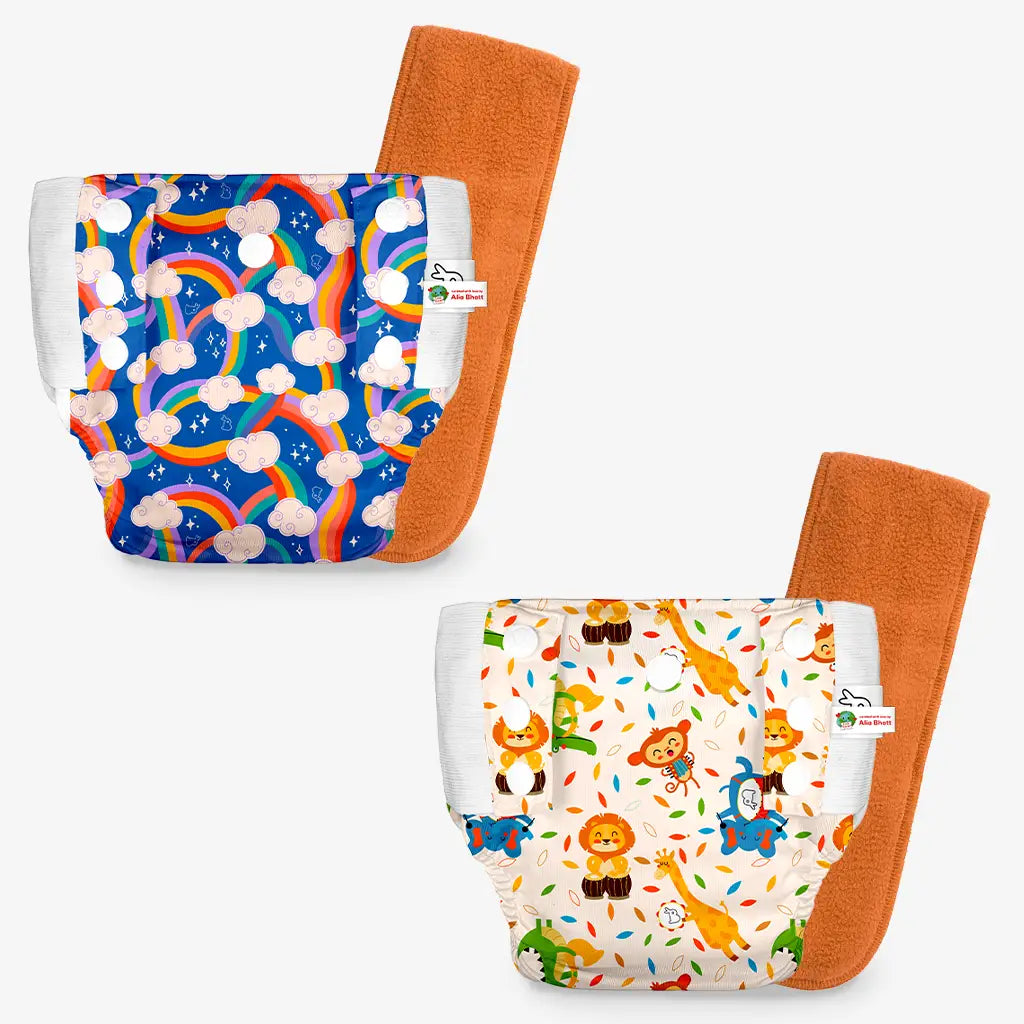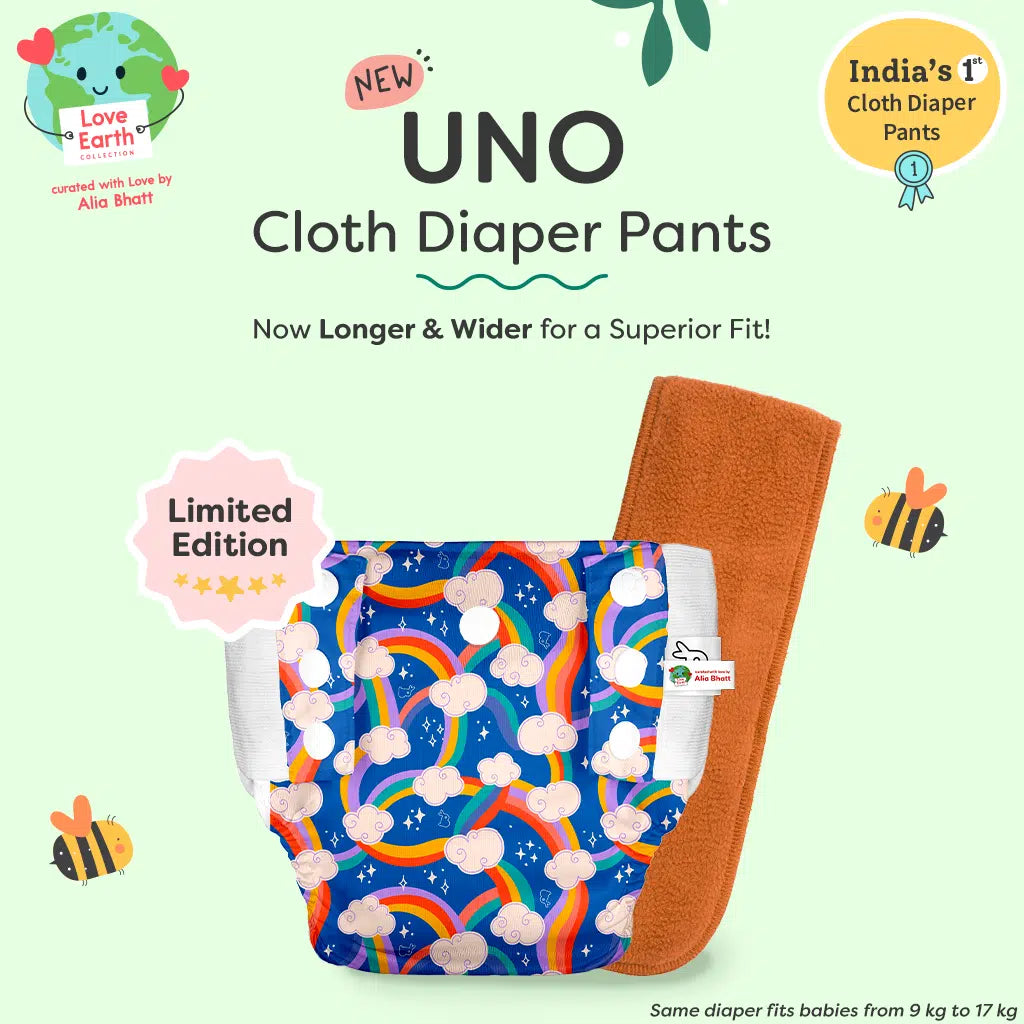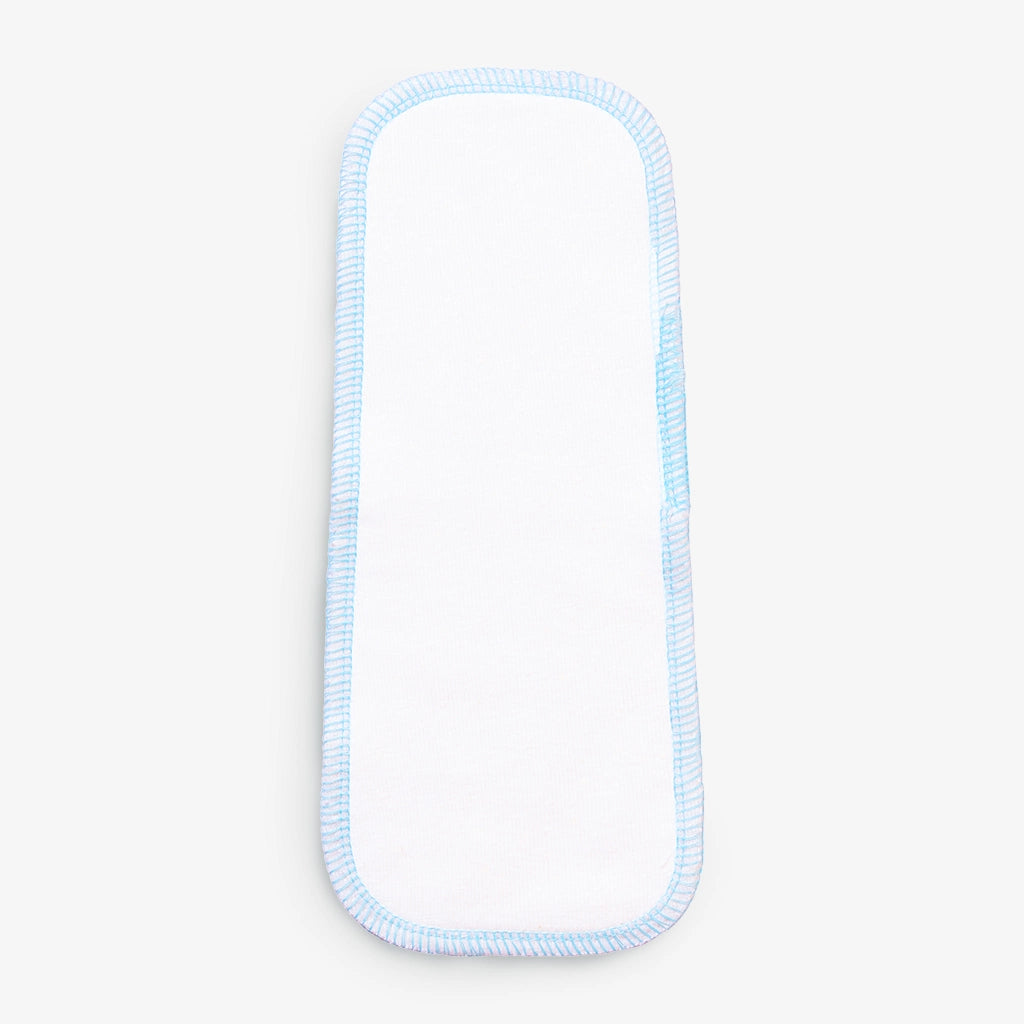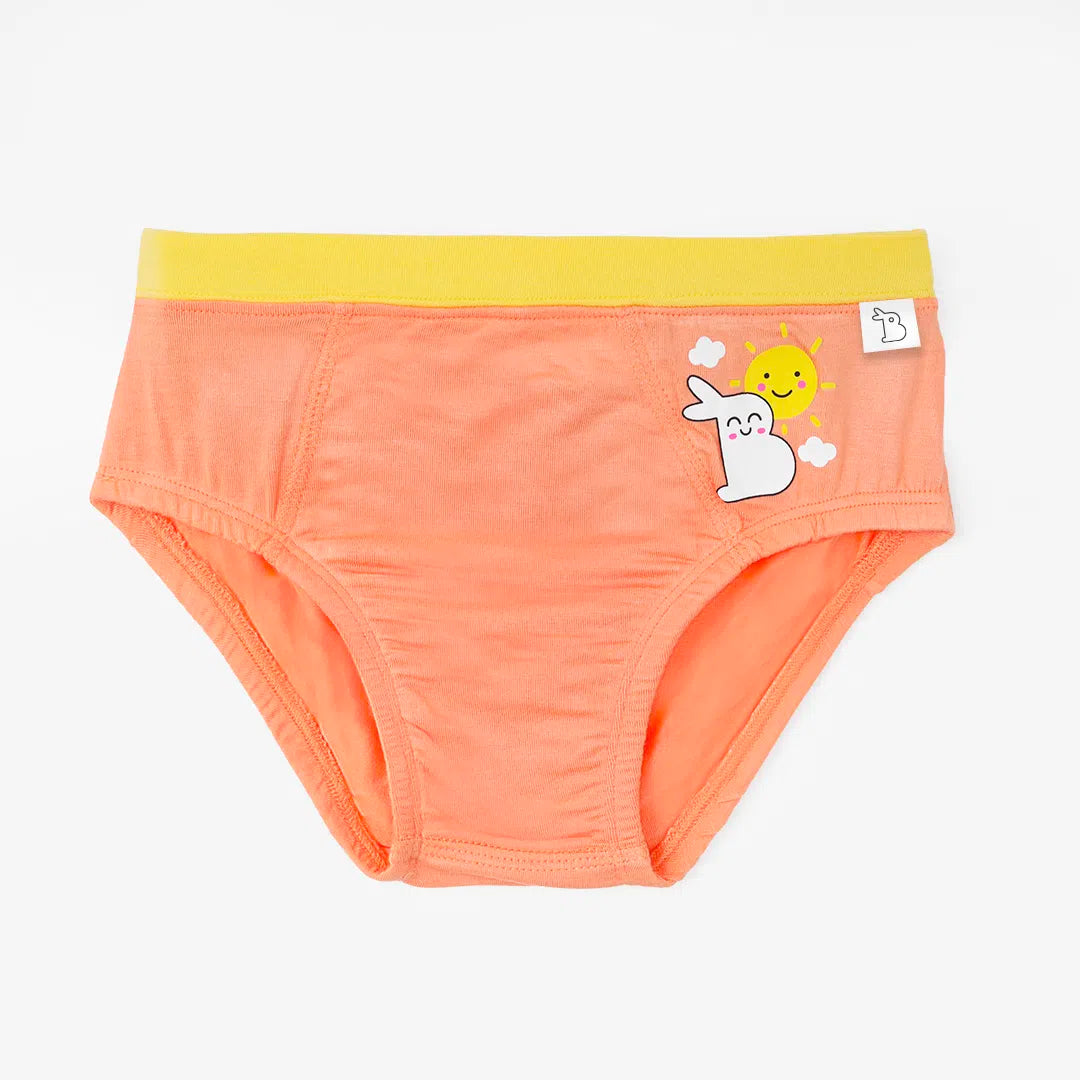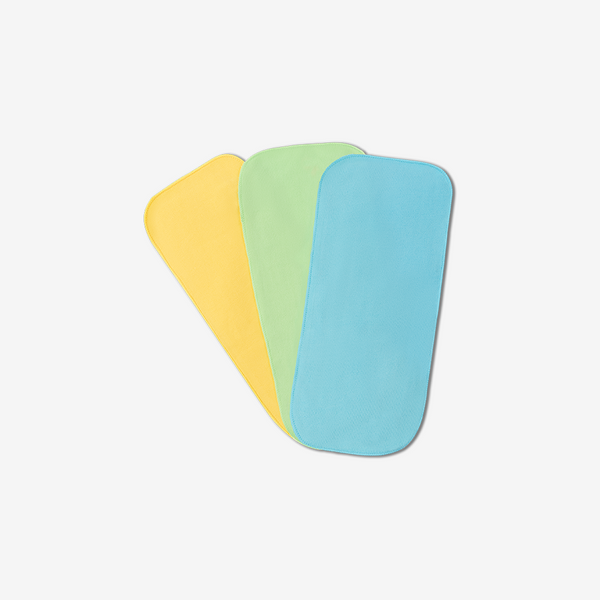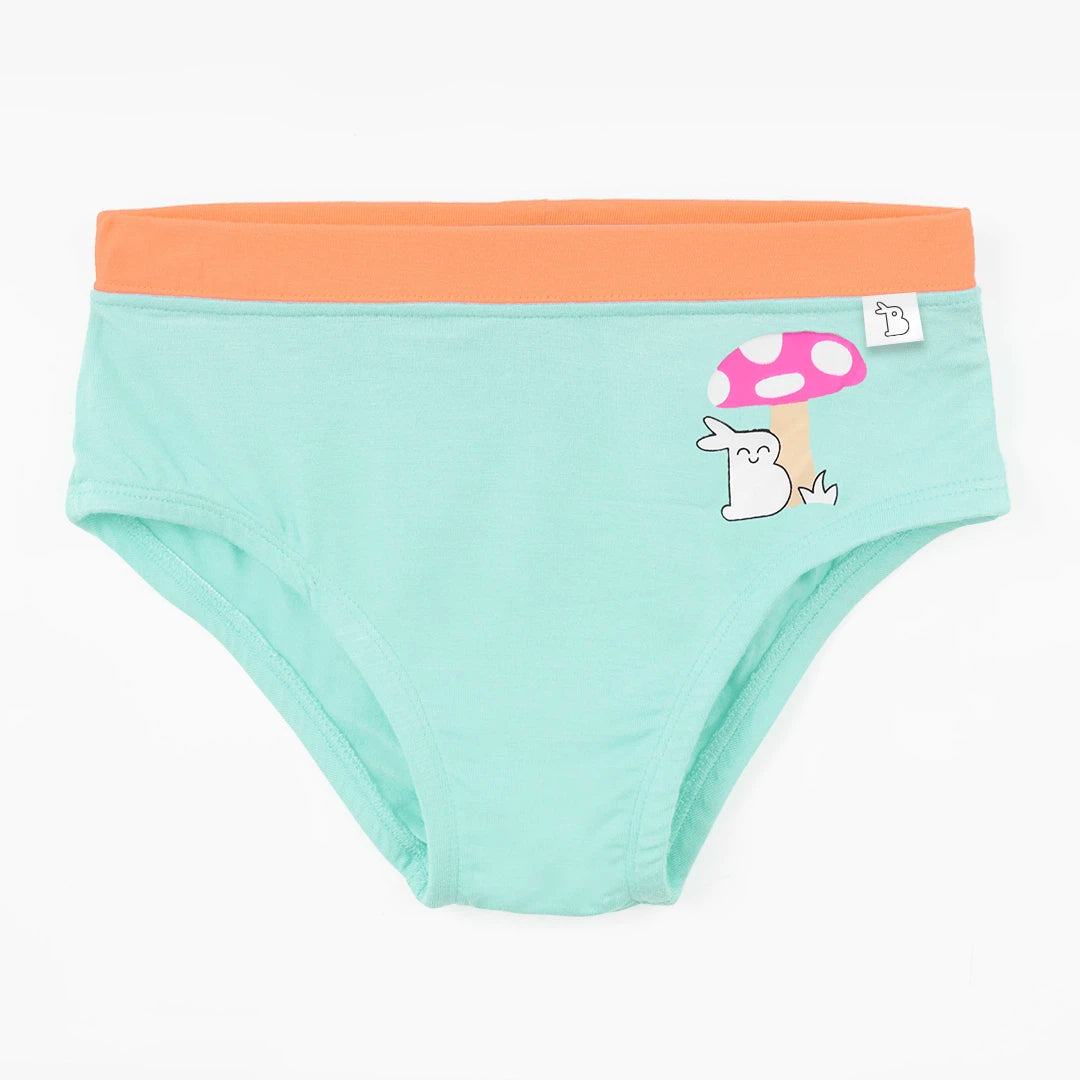Post pregnancy incontinence is one of the most common yet least discussed postpartum experiences for new mothers. If you have been searching for postpartum incontinence or incontinence after childbirth, this guide explains the causes, symptoms, and effective solutions in a simple and practical way.
- What Is Postpartum Incontinence & Why Does It Happen?
- How Common Is Incontinence After Childbirth?
- What Are the Types of Post Pregnancy Incontinence?
- What Symptoms Should New Moms Watch For?
- What Are the Main Causes of Childbirth Incontinence?
- How Long Does Urinary Incontinence Last After Delivery?
- What Are Effective Treatment Options for Postpartum Urinary Incontinence?
- What Lifestyle Changes Help You Recover Faster?
- Should You Use Incontinence Underwear After Childbirth?
- When Should You See a Doctor?
- Key Takeaways
- FAQs
-
Message for SuperBottoms
What Is Postpartum Incontinence & Why Does It Happen?
Postpartum urinary incontinence refers to the inability to control urine flow after childbirth. This issue is usually temporary and happens because muscles supporting the bladder become weak due to pregnancy or delivery.
For many women, laughing, sneezing, running, or lifting something heavy triggers leakage. Understanding the reasons behind this can make recovery much easier.
How Common Is Incontinence After Childbirth?
You may feel alone, but incontinence after childbirth is incredibly common. Studies show:
|
Condition |
Approximate % of New Moms Affected |
|---|---|
|
Postpartum urinary incontinence |
30%–45% |
|
Stress urinary incontinence |
20%–30% |
|
Urgency incontinence |
10%–15% |
This makes it one of the most widespread postpartum concerns—yet it often goes unspoken. Recognising how normal it is can help you seek timely care without hesitation.
What Are the Types of Post Pregnancy Incontinence?
Understanding the type you’re experiencing can help you take the right action. Here are the most common types:
• Stress incontinence: Leakage during coughing, laughing, or lifting.
• Urge incontinence: Sudden, strong urge to urinate, often with little warning.
• Overflow incontinence: Frequent dribbling because the bladder doesn’t empty fully.
• Mixed incontinence: A combination of stress and urge incontinence.
Each of these can appear after delivery due to pelvic floor weakness or nerve strain.
What Symptoms Should New Moms Watch For?
The symptoms may range from mild to bothersome. Watch out for:
- Urine leakage during daily activities
- Frequent urge to urinate
- Difficulty holding urine for long
- Dribbling after urination
- Sensation of heaviness in the pelvic area
- Needing to rush to the bathroom frequently
If symptoms start interfering with daily life, it is wise to explore treatment early.
What Are the Main Causes of Childbirth Incontinence?
Several pregnancy and delivery-related factors can contribute to urinary incontinence postpartum. These include:
- Pelvic floor muscle stretching during pregnancy
- Vaginal birth, especially long labour or instrumental delivery
- Hormonal changes that relax supporting tissues
- Epidural or nerve compression during delivery
- Low estrogen levels post-delivery
- Excessive weight of pregnancy placing pressure on the bladder
Most of these are temporary, but early care improves recovery significantly.
How Long Does Urinary Incontinence Last After Delivery?
For many women, leakage reduces in 6–12 weeks with basic pelvic floor exercises and lifestyle adjustments.
However, in some cases, postpartum incontinence can last 6 months to 1 year, especially after difficult labor or multiple pregnancies.
Early intervention and proper hygiene measures can significantly speed up recovery.
What Are Effective Treatment Options for Postpartum Urinary Incontinence?
If you're experiencing urinary incontinence after childbirth, the good news is that many treatment options are available.
a. Pelvic floor (Kegel) exercises
These exercises strengthen the muscles that support your bladder. Doing them daily can significantly reduce leakage.
b. Bladder training
Spacing out bathroom visits helps gradually retrain bladder control.
c. Physiotherapy for postpartum recovery
Pelvic floor therapists offer guided treatments for faster recovery.
d. Medication (in selected cases)
Doctors may prescribe medicines that help control bladder spasms.
e. Surgical options (rare)
Only recommended when all other treatments fail.
What Lifestyle Changes Help You Recover Faster?
Small adjustments can help you regain bladder control quickly. Try:
- Maintaining a healthy weight
- Drinking enough water (do not restrict fluids)
- Avoiding caffeine & carbonated drinks
- Strengthening core & pelvic muscles
- Eating fibre-rich foods to prevent constipation
- Creating a scheduled toilet routine
These habits support faster healing and reduce daily discomfort.
Should You Use Incontinence Underwear After Childbirth?
Yes, incontinence underwear can make the recovery phase much easier and more comfortable. It offers:
- Protection from leaks
- Odour control
- Hygiene support during healing
- Better comfort during movement and feeding
- Confidence in public spaces
SuperBottoms Incontinence Underwear is a highly recommended option for new moms recovering from postpartum urinary incontinence. It is reusable, soft on sensitive skin, offers superior absorbency, and is far more eco-friendly than disposable options.
Try SuperBottoms Incontinence Underwear for breathable, rash-free protection while you heal.
|
Limited Time Offers + Special Gift Sets! Now or never Super SALE is live on the SuperBottoms website! Take advantage of unbeatable value deals on our UNO Cloth Diapers, Baby Essentials, and more. Looking for the perfect present for a newborn or a toddler? Explore our thoughtfully curated Gift Sets & Combos — safe, skin-friendly, and oh-so-cute! A bundle of love for little ones and a delight for parents. HURRY — Deals and Gift Packs are live only till stocks last. Don’t miss the chance to stock up and share the joy! |
When Should You See a Doctor?
While postpartum incontinence is common, medical attention is necessary if:
- Leakage lasts beyond 3–4 months
- Pain, burning, or blood appears in the urine
- You have trouble emptying the bladder fully
- Leakage worsens over time
- You experience pelvic organ prolapse symptoms
Seeking help early prevents long-term complications.
Post pregnancy incontinence may be common, but it doesn’t have to control your daily life. With the right care, strengthening exercises, lifestyle adjustments, and supportive essentials like reusable incontinence underwear, recovery becomes smoother and faster. Remember—postpartum healing takes time, and seeking support is a sign of strength, not weakness.
Key Takeaways
- Postpartum incontinence affects 30–45% of new moms but is treatable.
- Early exercises, lifestyle changes, and bladder training dramatically reduce symptoms.
- Using reusable incontinence underwear—like SuperBottoms DryFeel—provides comfort and confidence during recovery.
FAQs
1. What is postpartum urinary incontinence?
It is the involuntary leakage of urine after childbirth due to weakened pelvic muscles or nerve strain.
2. How long does incontinence after childbirth usually last?
Most women see improvement in 6–12 weeks, but some may take up to a year, depending on delivery type and muscle recovery.
3. Can C-section moms also experience urinary incontinence?
Yes. Pregnancy itself stretches the bladder-supporting muscles, so even C-section mothers may experience leakage.
4. What is the best treatment for post pregnancy incontinence?
Pelvic floor exercises, bladder training, physiotherapy, and proper postpartum hygiene help significantly.
5. Are there natural ways to reduce postpartum incontinence?
Yes—hydration, avoiding caffeine, strengthening the pelvic floor, and following regular toilet routines work well.
6. When should I see a doctor for urinary incontinence postpartum?
If symptoms persist beyond 3 months or worsen with time, seek medical attention.
7. What is the best incontinence underwear for postpartum?
Reusable underwear like SuperBottoms MaxAbsorb Incontinence Underwear offers comfort, high absorbency, and rash-free protection.
8. Can postpartum exercises stop urinary leakage completely?
Consistent exercises significantly reduce leakage, but severe cases may require physiotherapy or medical attention.
Message from SuperBottoms
Hi there, new parents! SuperBottoms brings you doctor-recommended cloth diapers — the best rash-free diapering solution for your baby’s sensitive and delicate skin. Unlike disposable diapers loaded with chemicals, our newborn cloth diapers, when used and washed properly, can help eliminate the risk of diaper rashes. SuperBottoms offers a wide range of safe, skin-friendly essentials for the whole family — including Reusable Cloth Diapers, Diaper Pants, DryFeel langots for diaper-free time, Padded Underwear for potty training, SuperSoft Underwear for everyday comfort, Joggers for playful days, and Period Underwear for women. Not just for everyday use, SuperBottoms products also make the best gifting choice for babies — thoughtful, eco-friendly, practical, and loved by parents. Now available on Amazon, Myntra, Flipkart, FirstCry, Zepto, Swiggy and Blinkit
Reference Links
Childbirth and Incontinence - Urogynecology and Pelvic Health
Postpartum urinary incontinence

